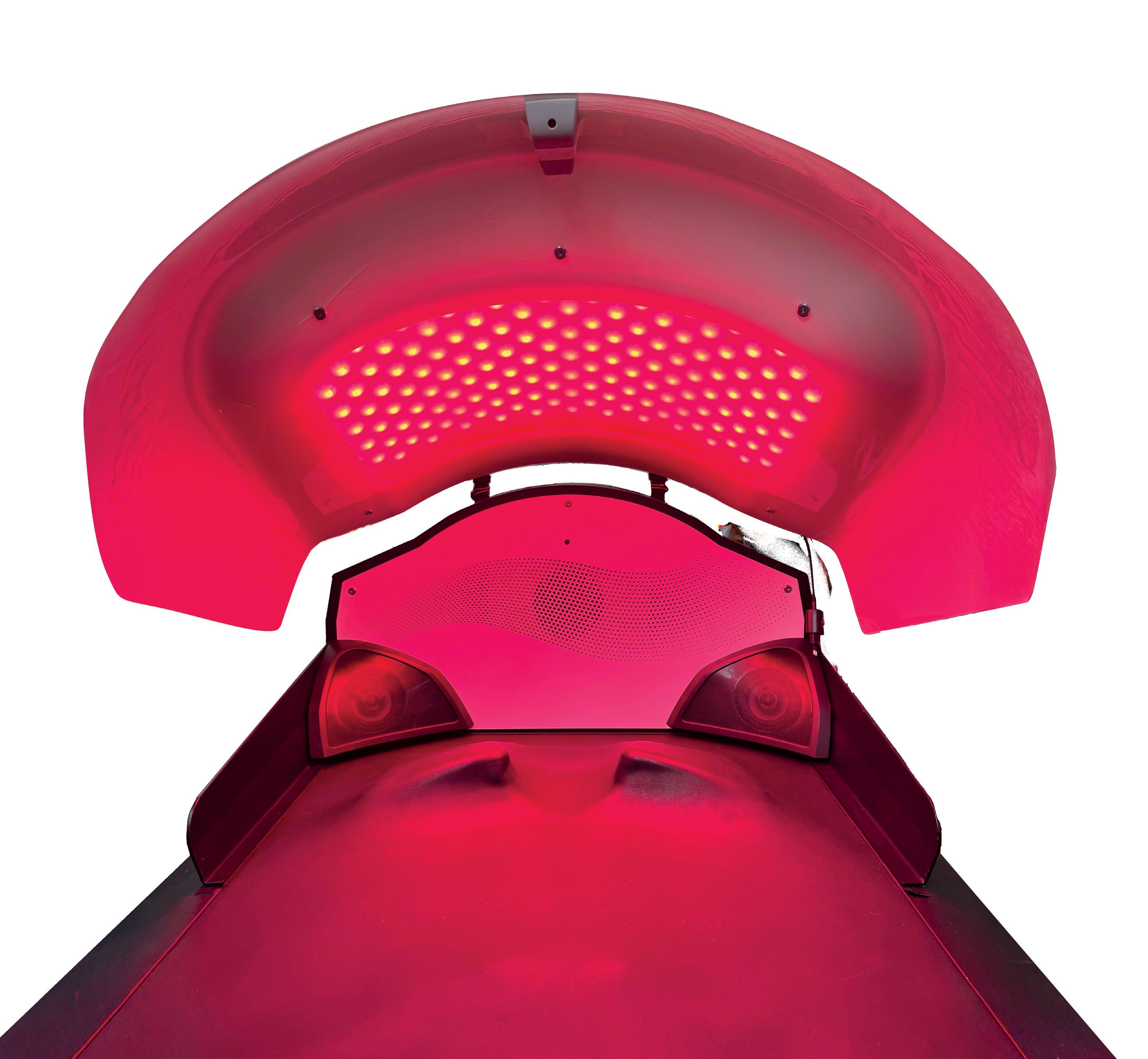

Slow Season, Smart Moves
Turn Downtime Into Uptime: Trends, Tech, and Tactics for Your Salon
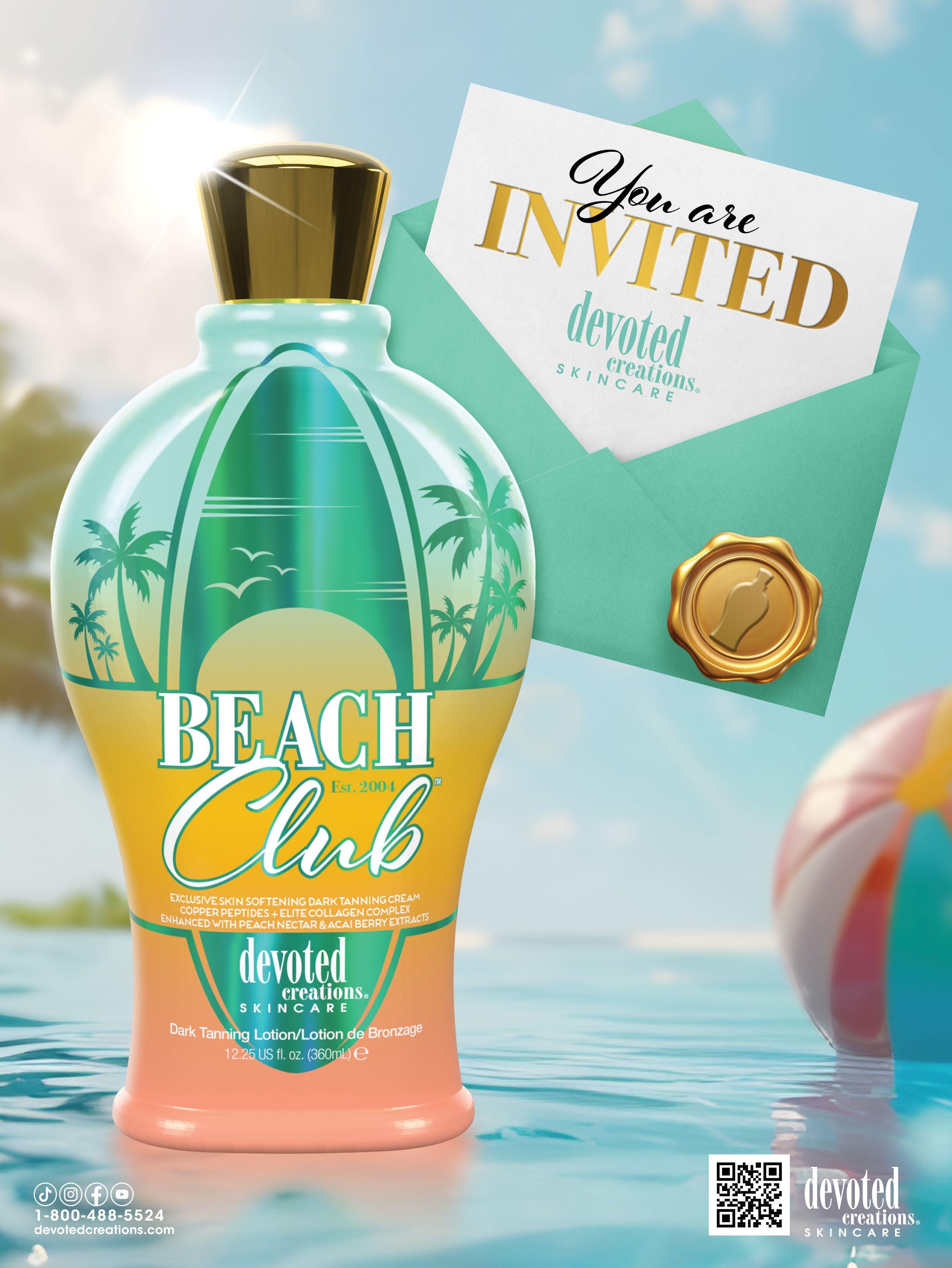
Publisher / Editor In Chief
Onyi Odunukwe
Managing Editor / Editorial Advisory
Ossiana Tepfenhart
Graphic Designer
Dave Villafañe
Accounting/Circulation
Quinn Cooper
Senior Account Executive
Quinn Cooper
Contributing Writers
Samantha Neeley
Lisa Saavedra
Dr. Jim Schleckser
Kristin Smithers
Joe Schuster
Alex Zeedyk
HOW TO REACH US
2741 E Belt Line Rd, Suite 113 Carrollton, Texas 75006 Istmagazine.com
INTERESTED IN ADVERTISING? Contact quinn@Istmagazine.com
July 2025 | Volume 29 | Issue 6
IST Magazine ISSN#2329-8545 (USPS 023149) is published monthly by Glo Tanning, 12335 N. Rockwell Ave., Oklahoma City, OK 73142. Periodicals postage paid at Flint, MI and additional offices. Postmaster: Send address changes to 12335 N. Rockwell Ave., Oklahoma City, OK 73142. For back issues, inquire for availability. Editorial Correspondence: Address product information and inquiries to: Editorial Department, IST Magazine, 12335 N. Rockwell Ave., Oklahoma City, OK 73142. To authors, photographers and people featured in this publication: All materials, articles, reports and photos published in this publication are the property of IST Magazine and cannot be used without written permission. The opinions and conclusions recited herein are those of the respective authors and not of IST Magazine. IST Magazine is not responsible for returning unsolicited manuscripts, photos or other materials. Every effort will be made however, to return rejected manuscripts, etc., if they are accompanied by sufficient first-class postage, but the publisher will not be responsible for loss of any such material.
Copyright© 2025. All rights reserved. Printed in U.S.A.
Relax, Reflect, and Refocus
July is a truly unique month in the tanning industry because of its uniquely slow pace. Though outsiders to the tanning industry often assume that it would be part of peak season, the truth is that this month is often one of the slowest of the year.
Slow season can be difficult for new tanning professionals who are still getting used to the ebb and flow of the business. During July, you shouldn’t panic over low membership rates or membership cancellations.
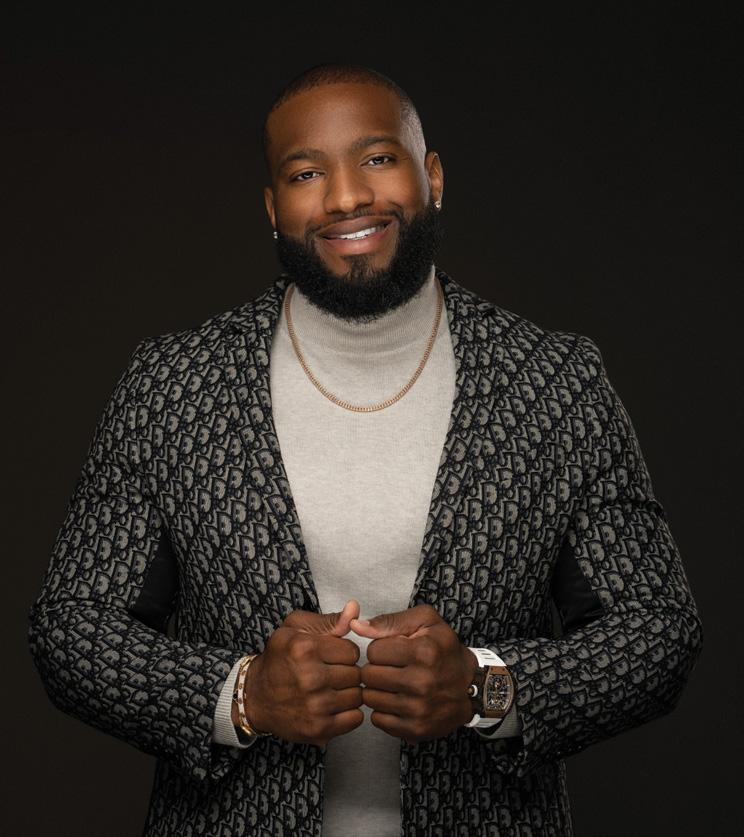
Rather, take this time to meditate over the changes you want to see in your salon. Now is the time to review current trends in the industry and see which ones make the most sense with your particular business plan.
It’s also the time to take a look at the equipment you may want to buy and maintain the equipment you already have. During the slower months, we all need to take a break, relax, and plan ahead for the future.
July is a great month for relaxation. So take time to relax…but always remember to keep your eye on the future. Your salon will thank you for it.
Yours,

Onyi Odunukwe Publisher
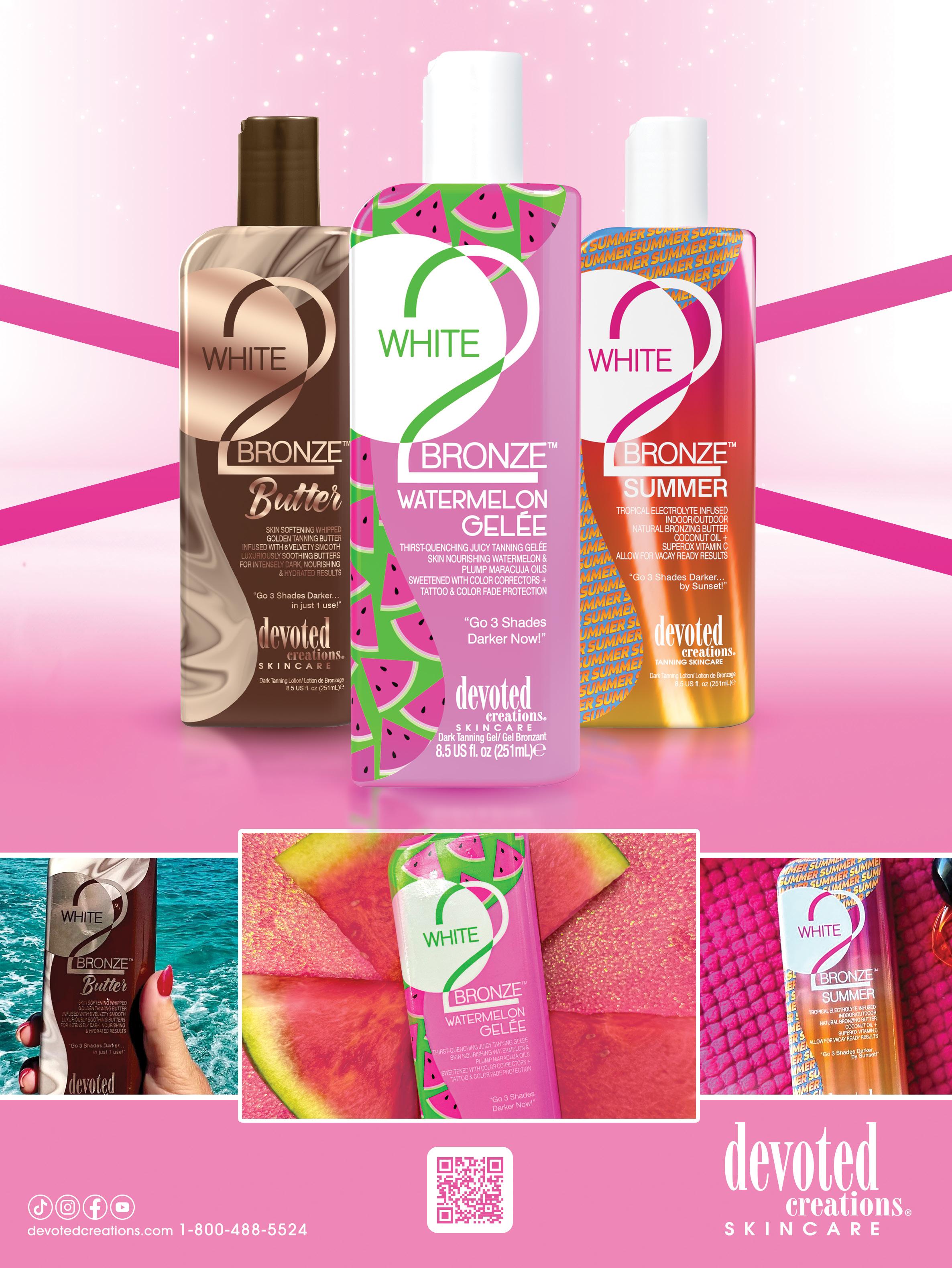
PROVIDE YOUR CLIENTS FULL BODY SKIN CARE IN UNDER 2 MINUTEs WITH WELLFIT ™ SKINCARE SOLUTIONS, TO HELP ENHANCE HEALTHY, RADIANT SKIN. Set Your Salon Apart Become the destination for beauty and wellness.
Increase Client Retention
More Value per Session Smart, Touch-Free Wellness Stack Services, Boost Frequency
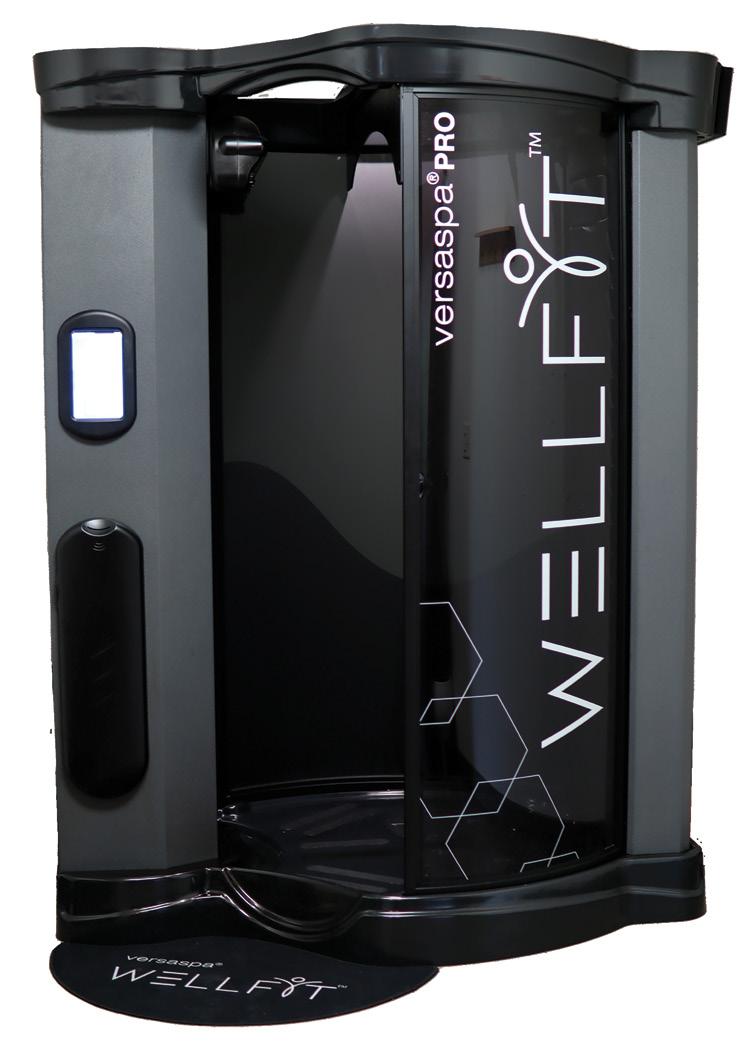
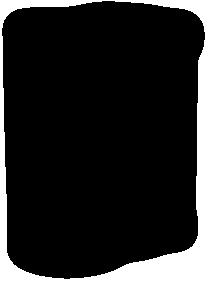

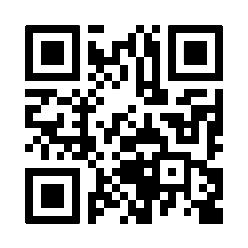
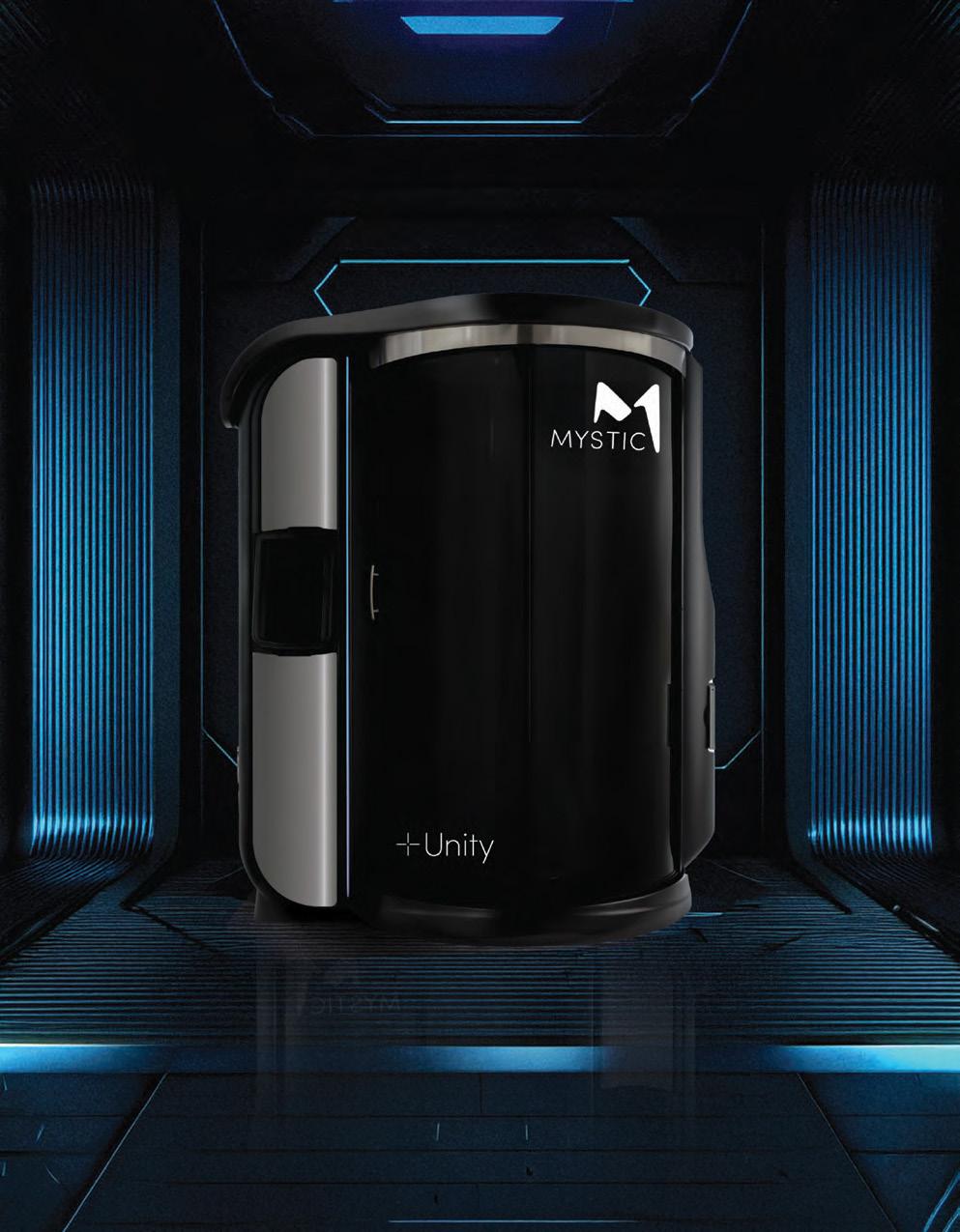
WARM, COMFORTABLE SESSIONS IN UNDER 3 MINUTES
CUSTOMIZABLE TREATMENTS
FEATURING 12 TAN LEVELS, BRONZERS, SCENTS AND SKINCARE OPTIONS
WELLFIT™ SKINCARE TREATMENTS AND NATURAL ESSENTIAL OIL FRAGRANCES
AUDIO INSTRUCTIONS AND POSITION SENSORS GUIDE YOU THROUGH 2 EASY POSITIONS
MAGNETAN® TECHNOLOGY FOR FLAWLESS, EVEN COVERAGE
ELEVATE YOUR BUSINESS WITH THE ADVANCED, LUXURY MYSTIC UNITY® MODEL
AUTOMATED MIXING SYSTEM HELPS TO REDUCE WASTE AND ENSURE CONSISTENT SPRAYSCUSTOMIZABLE EXPERIENCE FT. WELLFIT SKINCARE SOLUTIONS, 12 TAN LEVELS, SCENT AND BRONZER ADDITIVES - AUTOMATIC WASHDOWN CYCLE - APP-BASED SESSION TOOL GUIDES USERS THROUGH EDUCATION AND SOLUTION SELECTION WITH OPTIONAL SESSION SET UP AND PAYMENT - ADDED HEAT FOR COMFORTABLE SESSIONS - MAGNETAN® TECHNOLOGY FOR EVEN COVERAGE


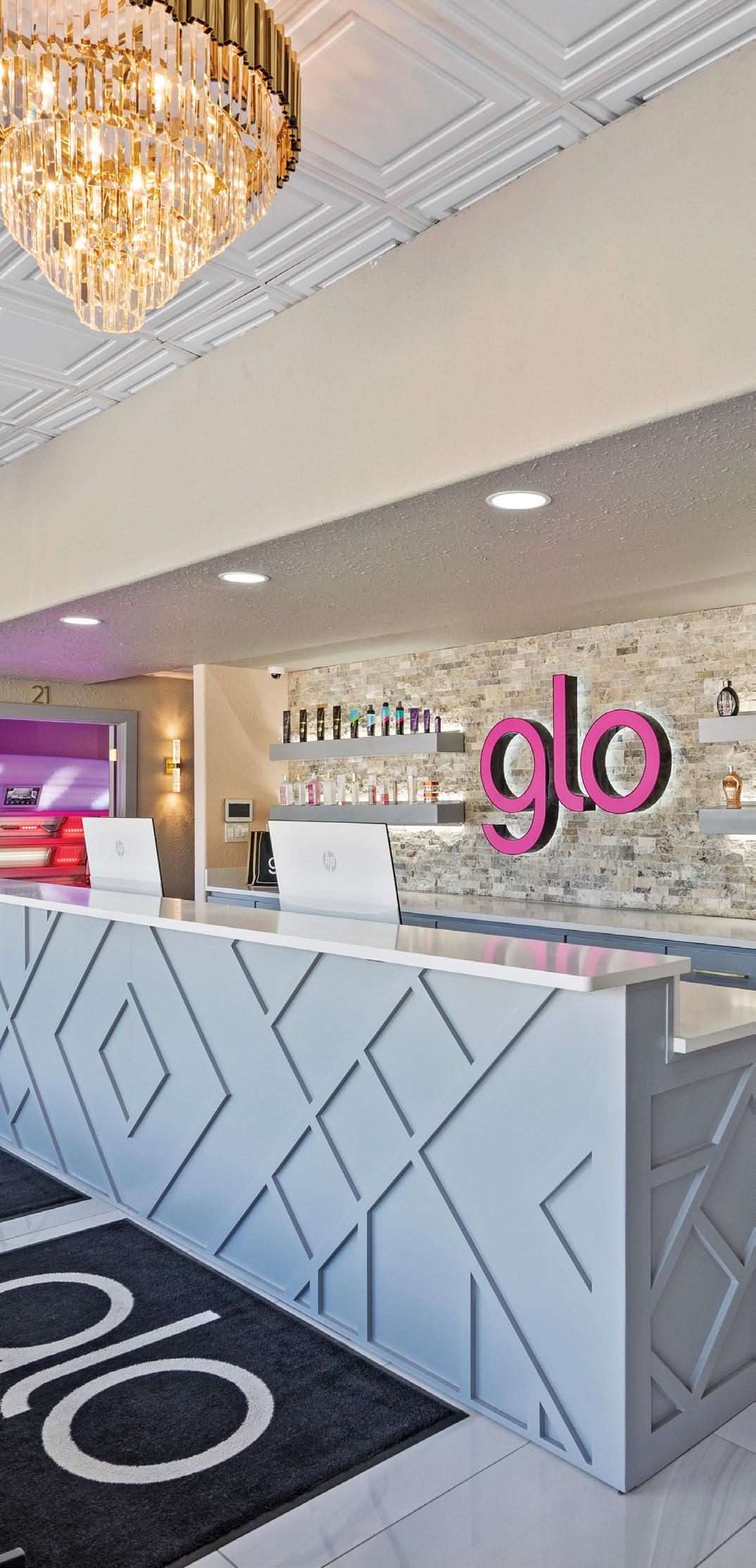
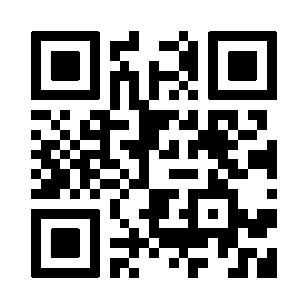


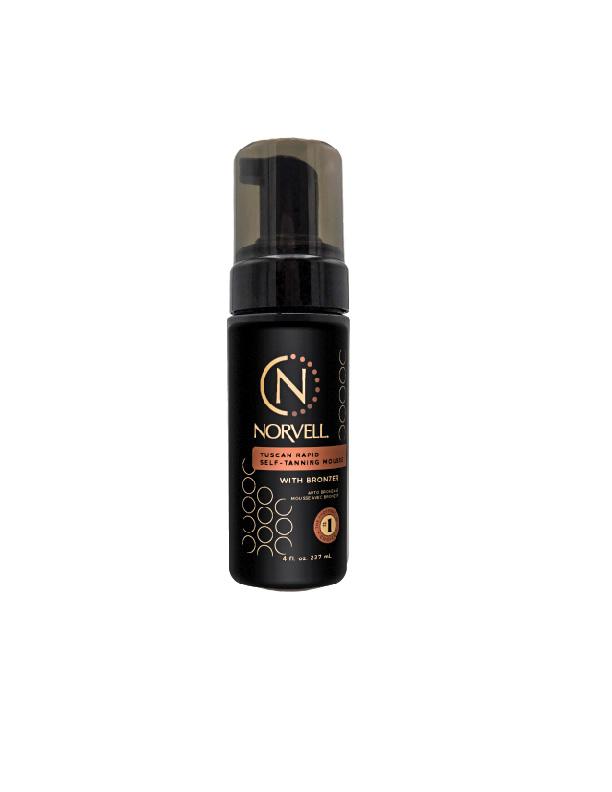


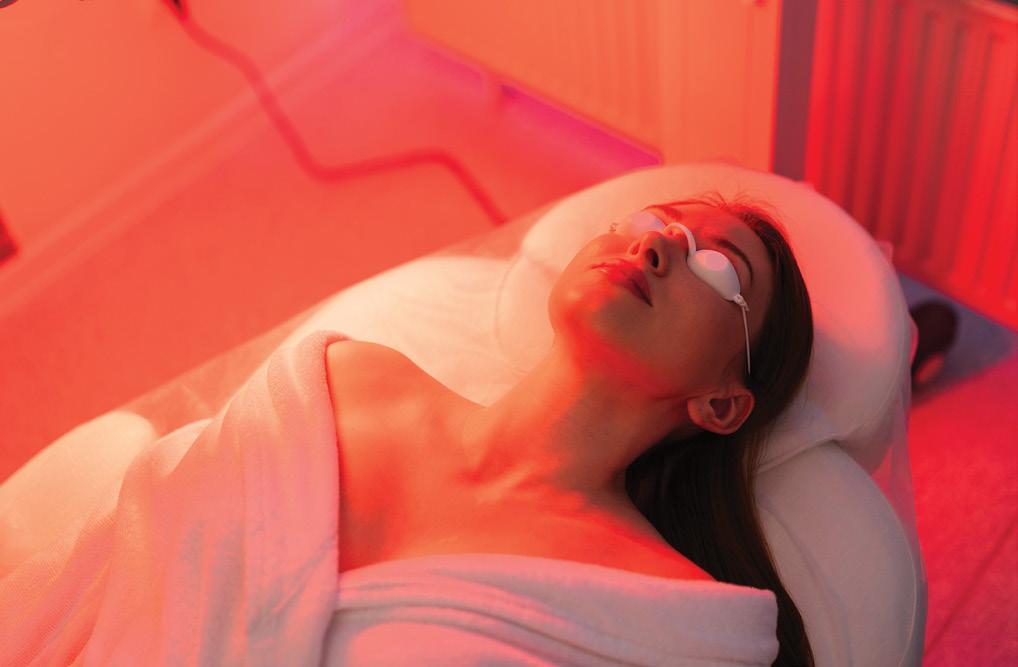
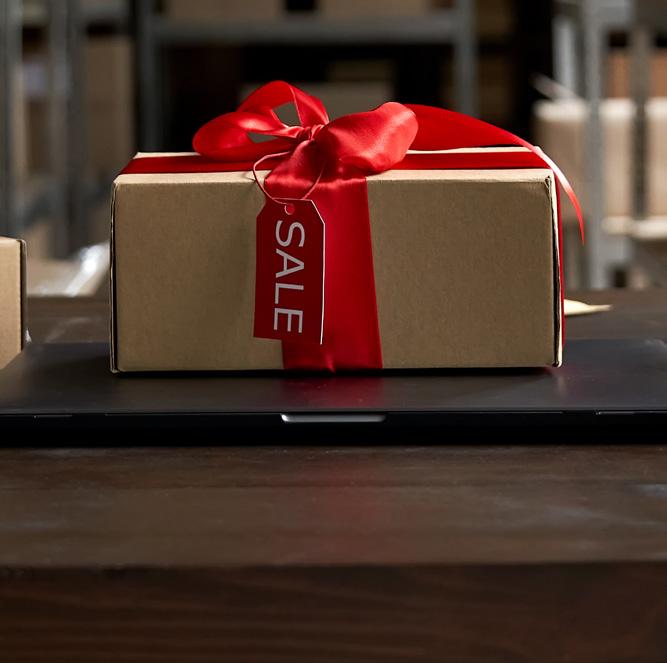

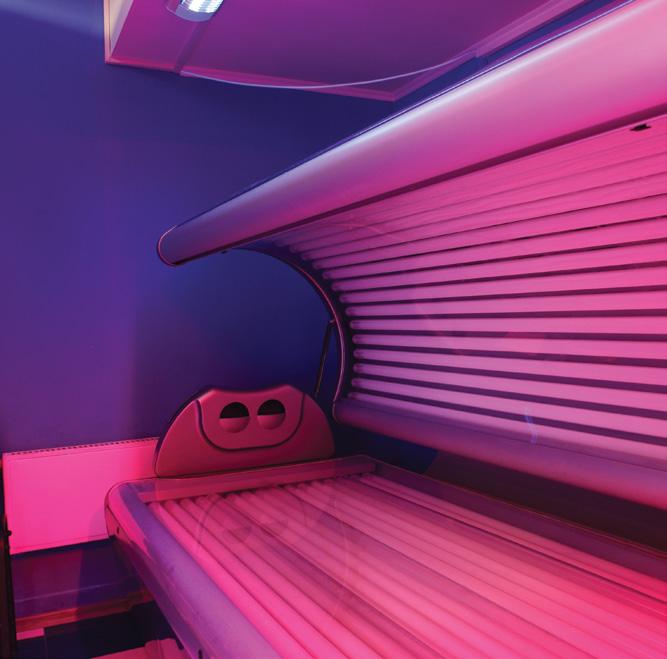

BY QUINN COOPER
Let’s just face it: tanning is a much maligned treatment. Though it provides ample levels of Vitamin D, tanning has a reputation for being dangerous for our skin. More specifically, society views UV tanning beds as a major cause of melanoma— even though the link isn’t that strong.
Throughout the 2010s, one of the ways politicians “fought back” against the tanning industry was to introduce taxes. However, it seems like tanning taxes might soon become a thing of the past. Kentucky’s Senator Rand Paul (R) introduced the Tan Tax Repeal Act in Congress in a bid to repeal the 10 percent tax on indoor tanning services.
The bill was co-sponsored by other Republicans, including Pete Ricketts (R-NE) and Ted Budd (R-NC). The 10 percent tax was originally “snuck” into the Affordable Care Act as a replacement for the pending “Botox Tax” that was almost included in the bill.

According to the American Suntanning Association, the “Tan Tax” cost Americans over 110,000 jobs. Approximately 11,000 tanning salons were closed after the tax pushed services beyond affordability for mainstream Americans.
It’s worth noting that this is not the first time politicians have tried to repeal this particular tax. President Trump’s “Big Beautiful Bill” also had an attempt at repealing the excise tax as well, though that portion of the bill did not make it pass its initial draft.
If nothing else, the multiple attempts suggest that people are really interested in pulling back on the tax.
Should the tax repeal go into effect, tanning salons and tanning bed manufacturers would get a muchwelcomed break from high taxes. Could this translate into more jobs in the future? It may be hard to tell, but it still suggests a sunny outlook on tanning’s future.
PHOTO


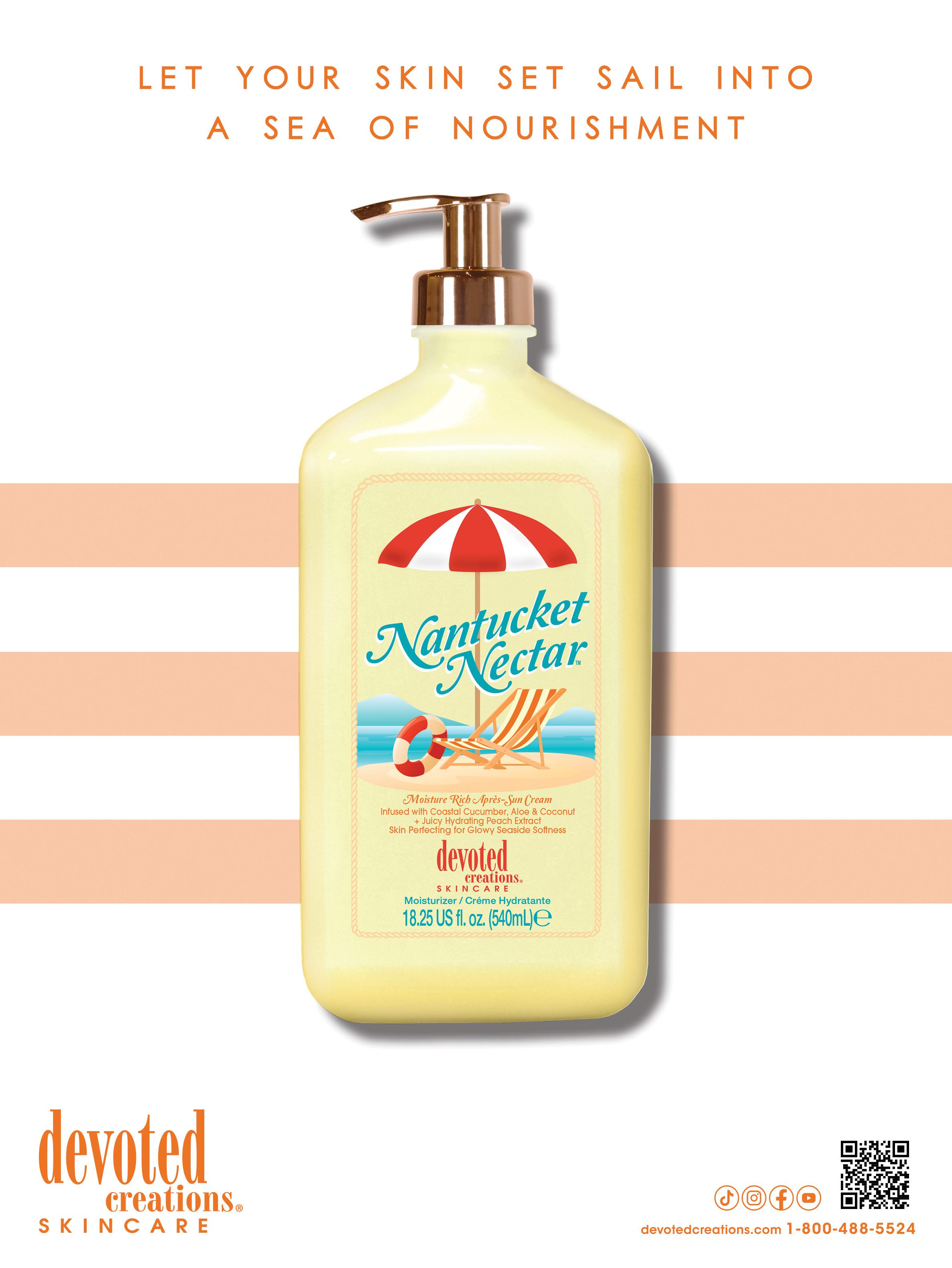



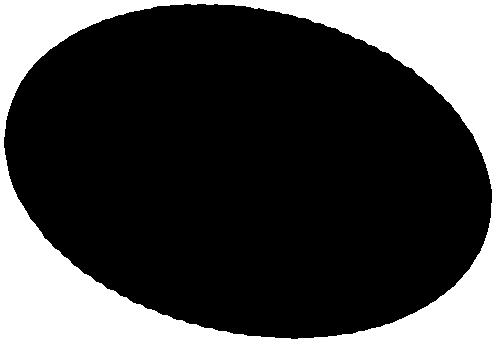

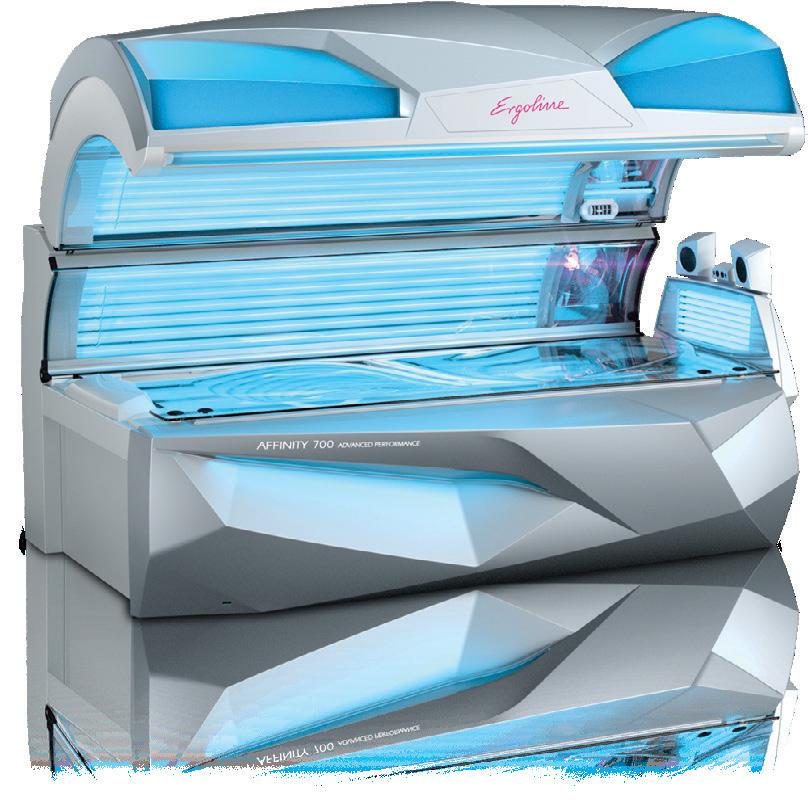
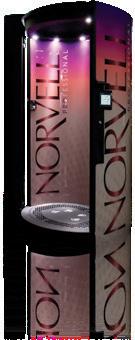
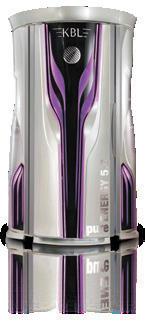
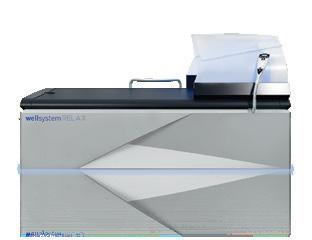
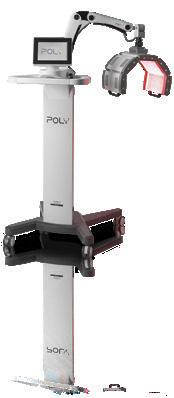
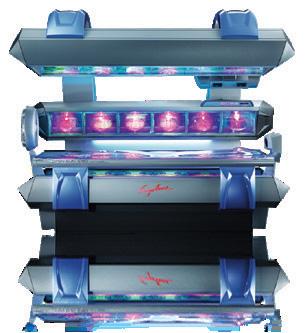
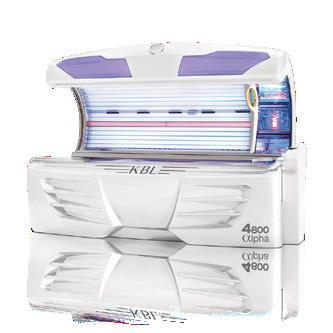
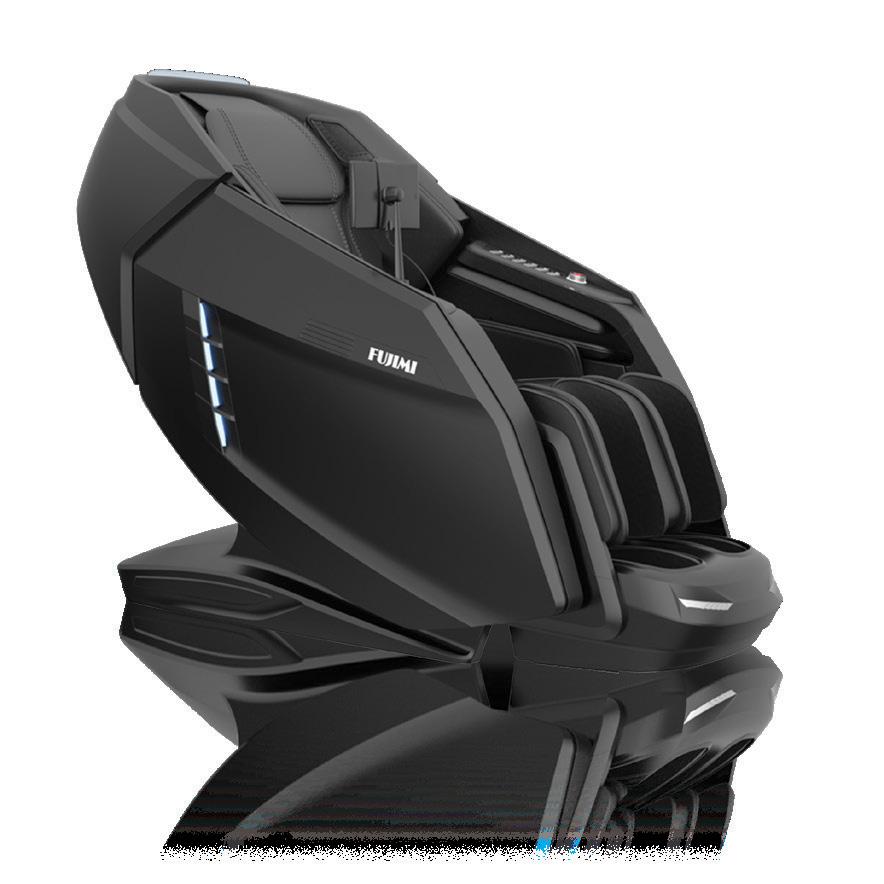
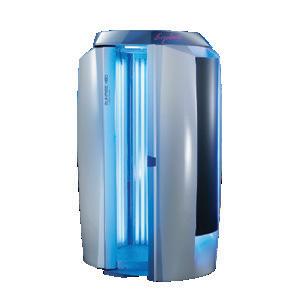
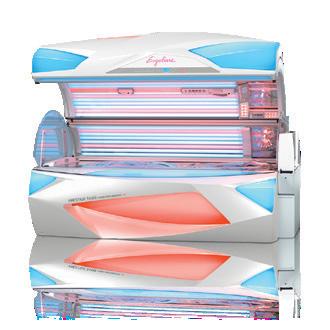

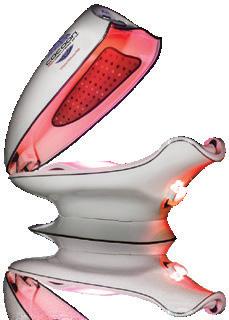
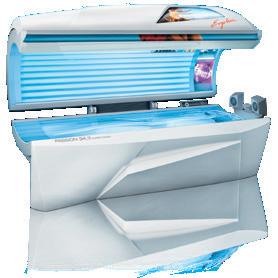

CORNER
If You Want Loyal MANAGER’S
Customers, Screw up
Don’t waste opportunities to create customers for life.
BY DR. JIM SCHLECKSER, THE CEO PROJECT
As leaders, we tend to think in terms of perfection. We typically aim to design systems that help us avoid errors and mistakes. That’s especially true in engineering and science-based disciplines like brain and rocket science–areas you can’t afford to misstep.
But you and your team will likely make mistakes when it comes to servicing customers. The good news is that this might be just the kind of opportunity you were looking for to build loyalty.
Let me explain.
1. To err is human.
Look, humans make mistakes. If it wasn’t already obvious enough, this has been proven by a bunch of research. When viewed for their probability of making mistakes, humans are three standard deviations from the average on a normal distribution, which means, even in the best case, we’ll see one mistake for every thousand actions.
In other words, we’re going to see plenty of mistakes on a daily, weekly, and annual basis. The trick for leaders is to look for opportunities to make these mistakes open. Look for ways to turn those mistakes into opportunities to create lifelong customers.
2.You can turn things around.
I came across this idea in an article in Harvard Business Review called “The Profitable Art of Service Recovery.” It was reinforced by Jay Baer’s excellent book, Hug Your Haters.
The key takeaway from the piece is that some of the best ways to create loyal customers is to do your best to recover from a bad situation.
Consider an example where you check into a local tanning salon. After you head back to the room, you know something is wrong immediately. It smells like cigarettes, but you also notice that the bed isn’t clean, and dirty towels are still lying on the floor. Your salon room wasn’t cleaned.
You’re frustrated as you walk out to the front desk to complain. Imagine your surprise when the salon manager apologizes profusely as he takes your things and escorts you to your new room–a fancy suite with the brand-new equipment, spotlessly clean.
The room is nice, and things get even better when the manager tells you he is also comping the session. He

shakes your hand and wishes you a pleasant session. The complimentary champagne shows up 10 minutes later as you consider what an excellent salon you are in.
How do you think you’d feel after that kind of experience? Do you think you’d be happy enough to tell some friends about your experience? That salon manager turned a bad situation around, perhaps winning a customer for life and even generating additional business from your friends.
3. Look for opportunities that make it easier for you to turn it around.
There are ways to measure these kinds of interactions. For example, one tool that organizations use is Net Promoter Score, NPS. In this tool, you ask customers how likely they are to recommend your business to a friend, using a scale of 1 to 10.
While it’s great to celebrate the customers who give you scores higher than 8, it’s the ones giving you 2s and 3s who are what some experts call potential terrorists to your brand.
These people are so unhappy with you that they go out of their way to tell their friends how bad you are.
Now, think about how those same people could be turned into opportunities to create customers for life. That’s why it’s just as important for leaders to spend as much time designing processes for recovery as they do trying to avoid mistakes.
A great example, which I discuss in my book, Great CEOs Are Lazy, comes from the legendary supermarket Stew Leonard’s. The store designed a customer service recovery process where every employee is given leeway to spend up to $500 to help solve customers’ problems and create tremendous service opportunities. You can turn an NPS of 2 into a nine or even a 10.
The Bottom Line…?
The next time your team slips up when it comes to serving your customers, because there will be a next time, don’t miss the chance to use it as an opportunity to build customer loyalty instead.
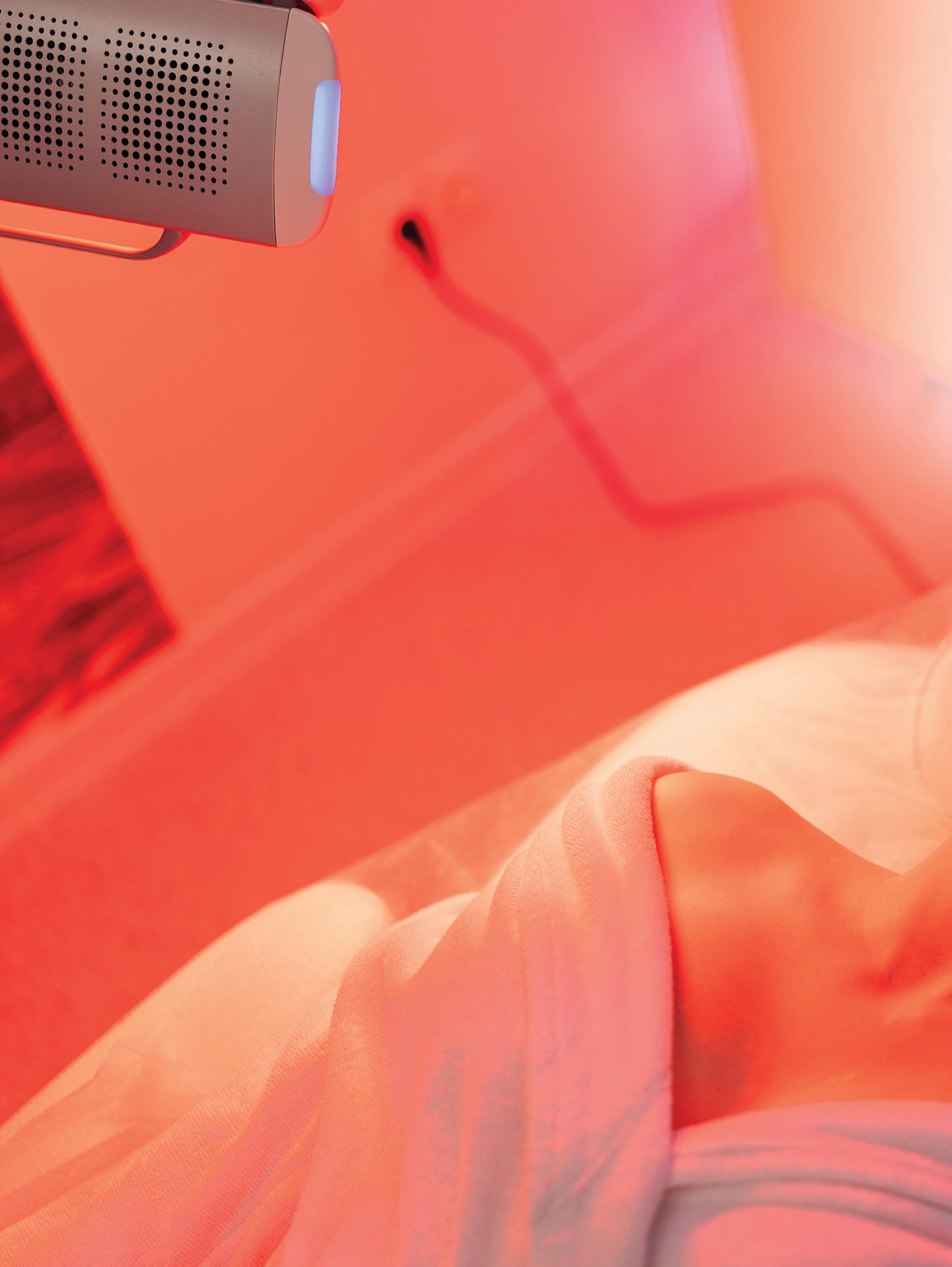
“Too Much of a Good Thing”
BY KRISTIN LEE SMITHERS, CLT
In the wellness and spa industry, light therapy is often marketed as a cureall, an easy and noninvasive solution to everything from wrinkles and joint pain to energy slumps and injury recovery.
But like many things in life, more is not always better, and not everyone is a candidate for this modality. While photobiomodulation (PBM) therapy, more commonly known as red and near-infrared light therapy, has numerous studied benefits, it is a precision-based science that requires thoughtful application, responsible training, and careful consideration of client history.
As a Board Certified Light Therapist working closely with a variety of LED therapy devices, I have seen firsthand the results this technology can produce. I have also seen what happens when it is misused.
Understanding Light Therapy’s Mechanisms
Light therapy works by delivering specific wavelengths of light to the body, most often within the red (630 to 660 nm) and near-infrared (810 to 850 nm) ranges. These wavelengths penetrate the skin and stimulate mitochondria, triggering a photochemical reaction that increases ATP production.
ATP is the body’s cellular energy currency. The result is improved circulation, reduced inflammation, accelerated healing, pain relief and enhanced skin quality.
This effect is dose-dependent and governed by the Law of Biphasic Dose Response, also known as the Arndt-
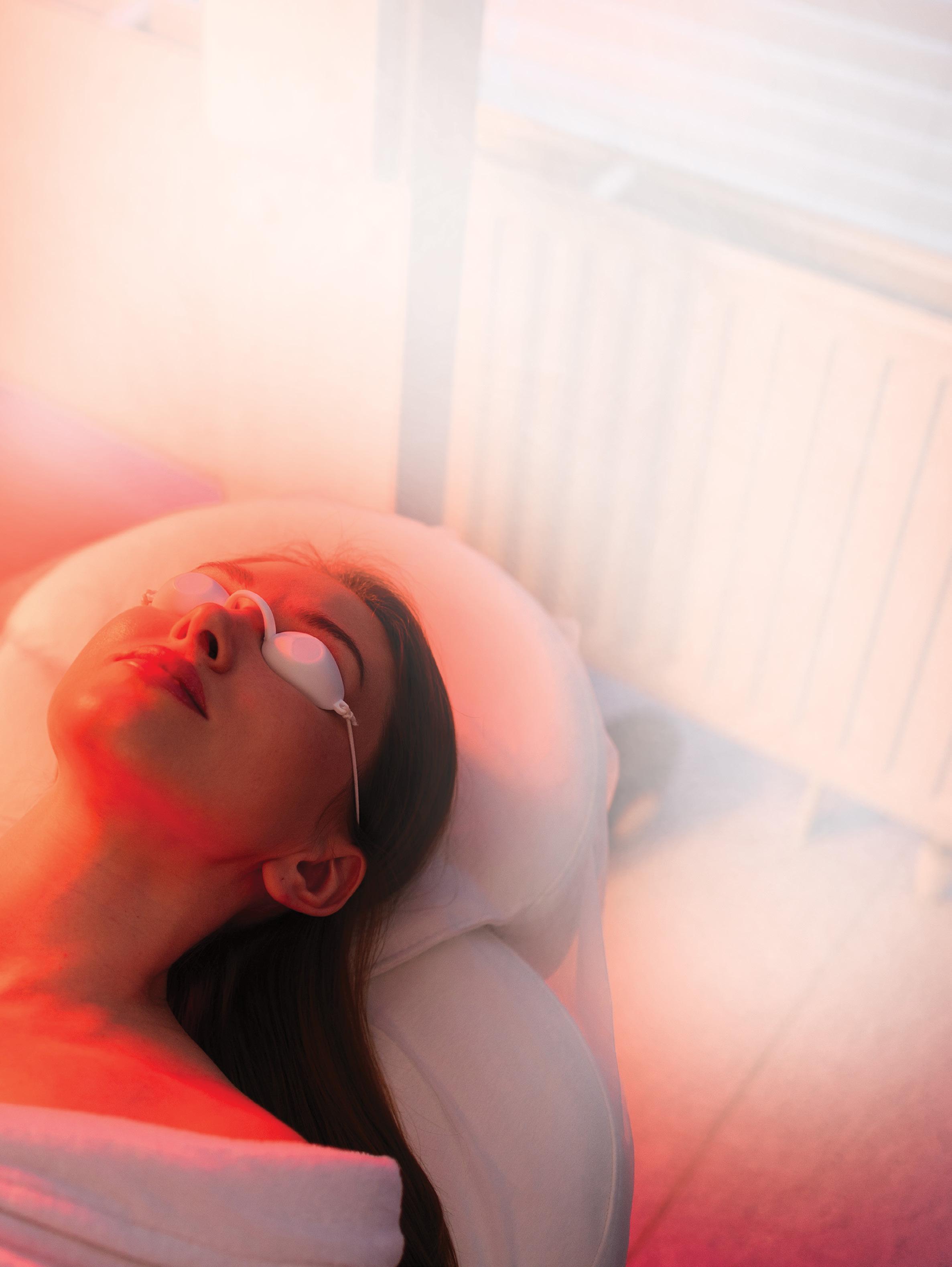
Schulz Law. A small dose of light may stimulate repair and regeneration, but too much can inhibit those same biological processes.
Overexposure can lead to cellular fatigue, increased inflammation, or, in sensitive individuals, what is known as a Herxheimer reaction.
What Is a Herxheimer Reaction?
A Herxheimer reaction, or “healing crisis,” occurs when the body begins to detox or shift biologically faster than it can eliminate waste. In the context of light therapy, this may manifest as headaches, nausea, fatigue, skin breakouts, body aches, or flu-like symptoms following sessions.
While this is not necessarily dangerous in healthy individuals, it signals that the body is overwhelmed. Pushing through it without rest or adjustment can delay healing rather than promote it.
Herx responses are more likely when high doses are introduced too early in a therapy program, when clients are already immunocompromised, or when hydration and detox pathways are insufficient.
Practitioners must recognize the signs and understand that more light is not always better. The common misconception is that there is no such thing as over-doing it, and that your body will simply just not absorb the light once it has gotten its fill.
Who Should Not Use Light Therapy?
Contrary to popular belief, red light therapy is not universally safe. Devices used in wellness settings today, even those labeled “non-medical,” emit biologically active wavelengths that interact with tissue and can influence medication pathways, vascular dynamics, and cellular responses. This is why proper intake and informed consent are essential.
Clients should avoid light therapy or consult a physician before use if they:
• Have chronic low blood pressure, or are taking blood pressure medication
• Have a history of epilepsy or seizure disorders
• Are actively bleeding or have areas of hemorrhage
• Are pregnant or breastfeeding
• Have active carcinomas or untreated malignant tumors
• Are taking blood thinners or nitrate medications
• Have active infections or contagious skin conditions
• Are recovering from recent surgery or open wounds that require medical oversight
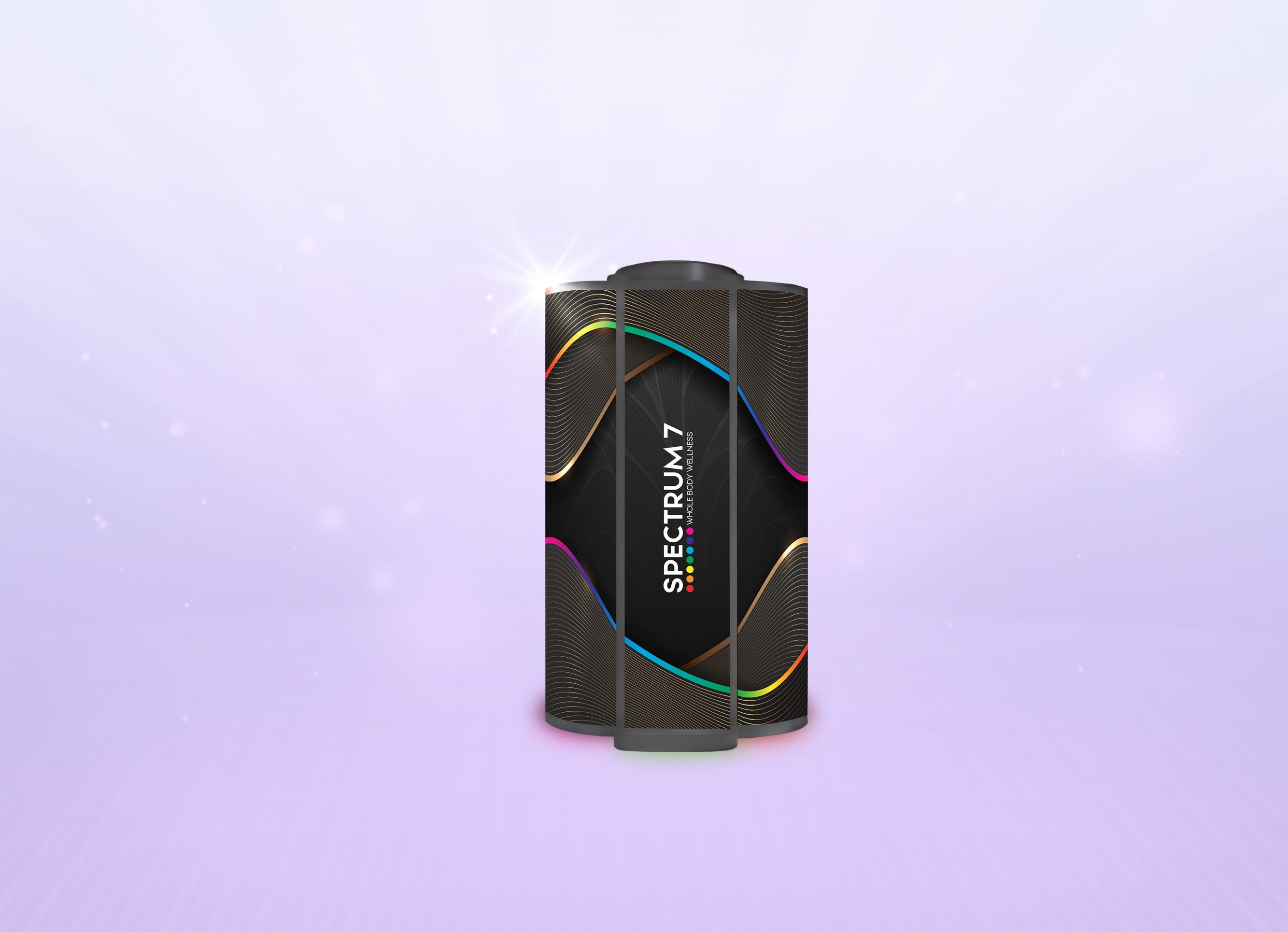
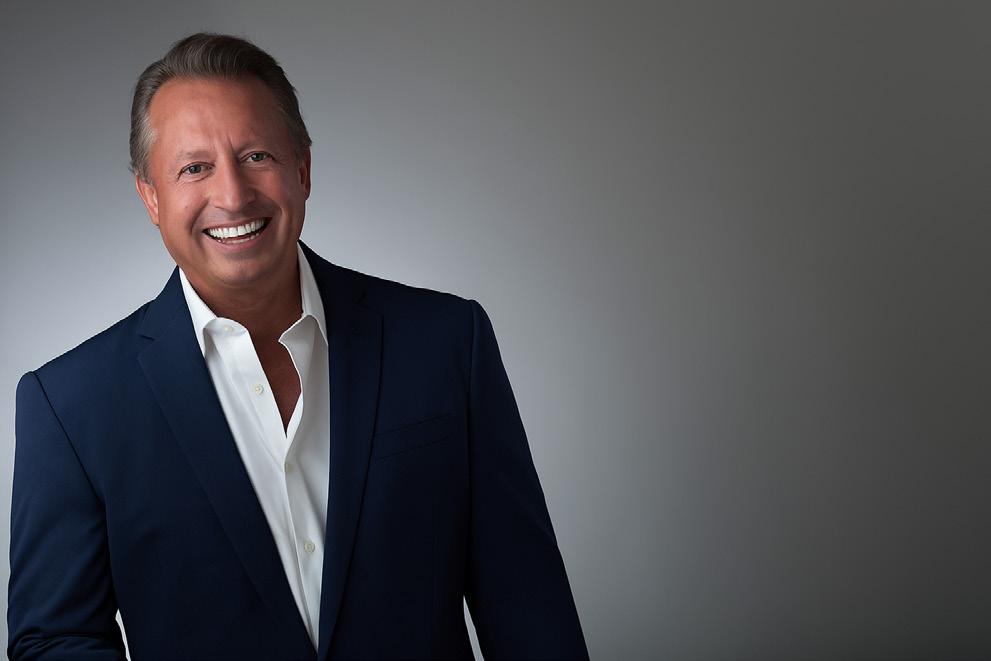
With nearly 25 years in the red-light therapy space—testing, researching, and documenting systems across the globe—I’ve worked with some of the finest technologies in the industry. There are a tremendous number of red-light systems available today, but without question, the most powerful and impactful I’ve encountered is the new Spectrum 7.
I’m proud to say our customers love the results, I love the profits, plus we’ve had zero service issues—an absolute testament to its reliability and performance.
— Todd Earnhart, Founder & CEO, Glo Sun Spa
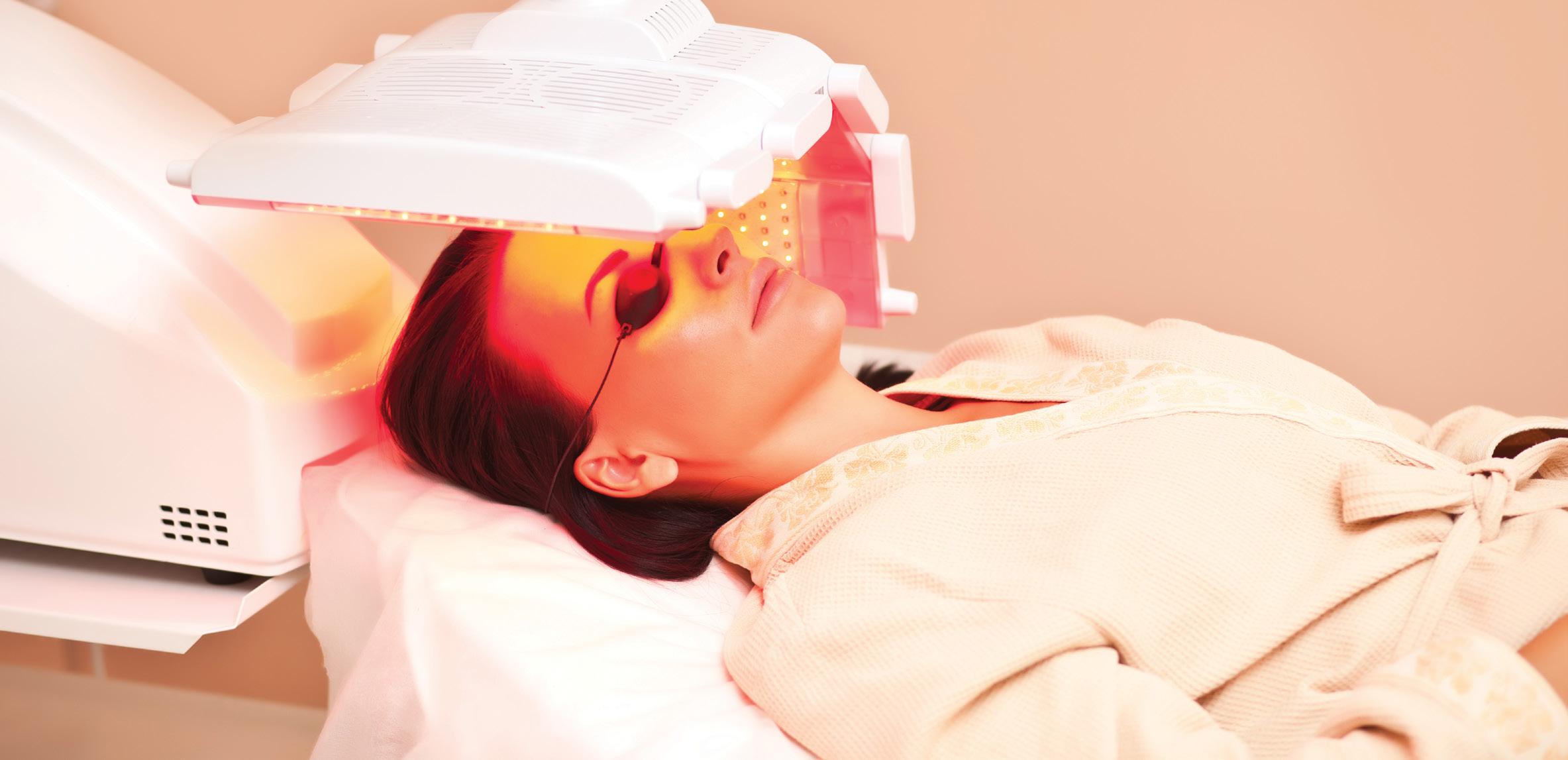
Even in the absence of these contraindications, some individuals with autoimmune disorders, photosensitivity, nerve damage, diabetes, are seeing a doctor for certain medical conditions or have impaired lymphatic function may require a slower, carefully observed introduction to light therapy or may be told to avoid it completely.
This is particularly important when using full-body LED systems or combining with heat-based modalities like infrared saunas or wellness pods.
Modified Tanning Units And Regulatory Risk
A growing number of salons have been modifying UV tanning beds by replacing original fluorescent lamps with red light therapy tubes or LEDs. While this may seem like an efficient way to expand services, it directly conflicts with FDA regulations.
According to a 2011 memorandum from the U.S. Food and Drug Administration, this practice creates a new class of device that is no longer considered 510(k)-exempt and must undergo premarket clearance or approval.
Salons promoting red light therapy in modified tanning units for purposes such as skin rejuvenation, wound healing, or collagen stimulation may be marketing an adulterated and misbranded device under the Federal Food, Drug, and Cosmetic Act. This can expose business owners
to significant regulatory, legal, and insurance risks.
Even when well-intentioned, these modifications often underdeliver. Standard red light fluorescent tubes typically produce only a minimal skincare-level dose, not a therapeutic one.
On the other hand, some high-output LED systems are capable of delivering more than 60 joules of energy per session, which exceeds the optimal therapeutic threshold for many users. Without knowing the actual output of your device, there is a serious risk of either underperforming or overexposing clients.
Practitioners must be transparent about what their equipment can safely and effectively deliver. Accurate dosing and realistic claims matter.
When Overuse Becomes Harmful
Just because a client feels better after one red light session does not mean they should double up the next day, often daily use is advised against to allow your body time to digest. There is a common misconception that more exposure will lead to faster or enhanced results.
In reality, photobiomodulation is cumulative, not exponential. Once cellular saturation is achieved, continued exposure does not provide
additional benefit and may even suppress mitochondrial function or overstimulate the nervous system.
This is especially relevant in spa settings where self-guided or unsupervised use is common. Without structured protocols, it is easy for well-meaning clients to overuse red light, particularly when layering it with other recovery tools like cryotherapy, massage, or sauna therapy.
Ethical Use Starts With Education
Informed consent is foundational in my practice. Each client signs an agreement outlining the scope of red light therapy, potential risks, my credentials, and a list of medical red flags. This is not about restricting access. It is about prioritizing safety, transparency, and professional accountability.
Light therapy is a powerful tool. It is not passive or risk-free. While red and near-infrared light can support healing, recovery, and resilience, it must be applied with knowledge, intention, and respect for biological limits.
It is time to move beyond one-sizefits-all marketing and embrace light therapy for what it truly is: a scientifically validated modality that must be delivered with skill and care to create lasting change.
Adding Urgency Works
BY OSSIANA TEPFENHART

BY
Let’s start this article with a story that seemingly has little to do with the tanning industry. The other day, I had a moment of weakness when I decided to browse Shein for some new clothing. On the site, there was a beautiful sundress I just wanted to buy so badly— but I was running out of available cash.
I had a cart filled with other goods, mostly stuff for photoshoots. I looked back at the dress. It was so cute! And I looked back at the photoshoot stuff. The dress was running low in stock and it would be perfect for my more professional-looking shoots. It also looked so comfortable!
The photoshoot stuff was in high stock, even though it was the neon leopard print Lisa Frank pants of my dreams. That would be ideal for my more “on brand, punk rock, party animal” type of shoots that get me followers.
I was low on crazy outfits to wear for my photos, but that dress, ooh it was hard not to like it. After a deep breath and a promise that I’d order the pants later, I switched out the pants for the dress. Boom. Just like that, they made the sale.
PHOTO
Let’s deconstruct that sale for a sec…
The two items in question were roughly the e price. One, however, was running out of stock. The other was just there, even though it was a very fun and enjoyable look. The big difference here was not just the photoshoot types I could do with them; it also dealt with scarcity.
Simply put, the scarcity of the dress added urgency that wouldn’t have been there otherwise.
That urgency was what made me make the leap to buying that over the pants that I had already planned to shoot in. After all, the pants were going to be there within the next few weeks when I got paid. I wasn’t that concerned about the pants.
But the dress…? The dress that got my brain thinking? Oh, that’s different. That dress could be out of stock forever after it sold, for all I knew. One thing was for sure: if I didn’t buy it right away, it might not be there when I would be able to come back later.
Here’s why urgency works.
As you can see in this transaction, urgency is a powerful motivator. It’s the equivalent of feeling like you have a “now or never” moment—a moment where, if you don’t get that item or service now, it’s gone for good.
We always apply pressure on sales, but the truth is that there are different types of pressure. Urgency related to loss works because we are naturally wired to avoid loss, even when the loss itself is not necessarily a bad thing.
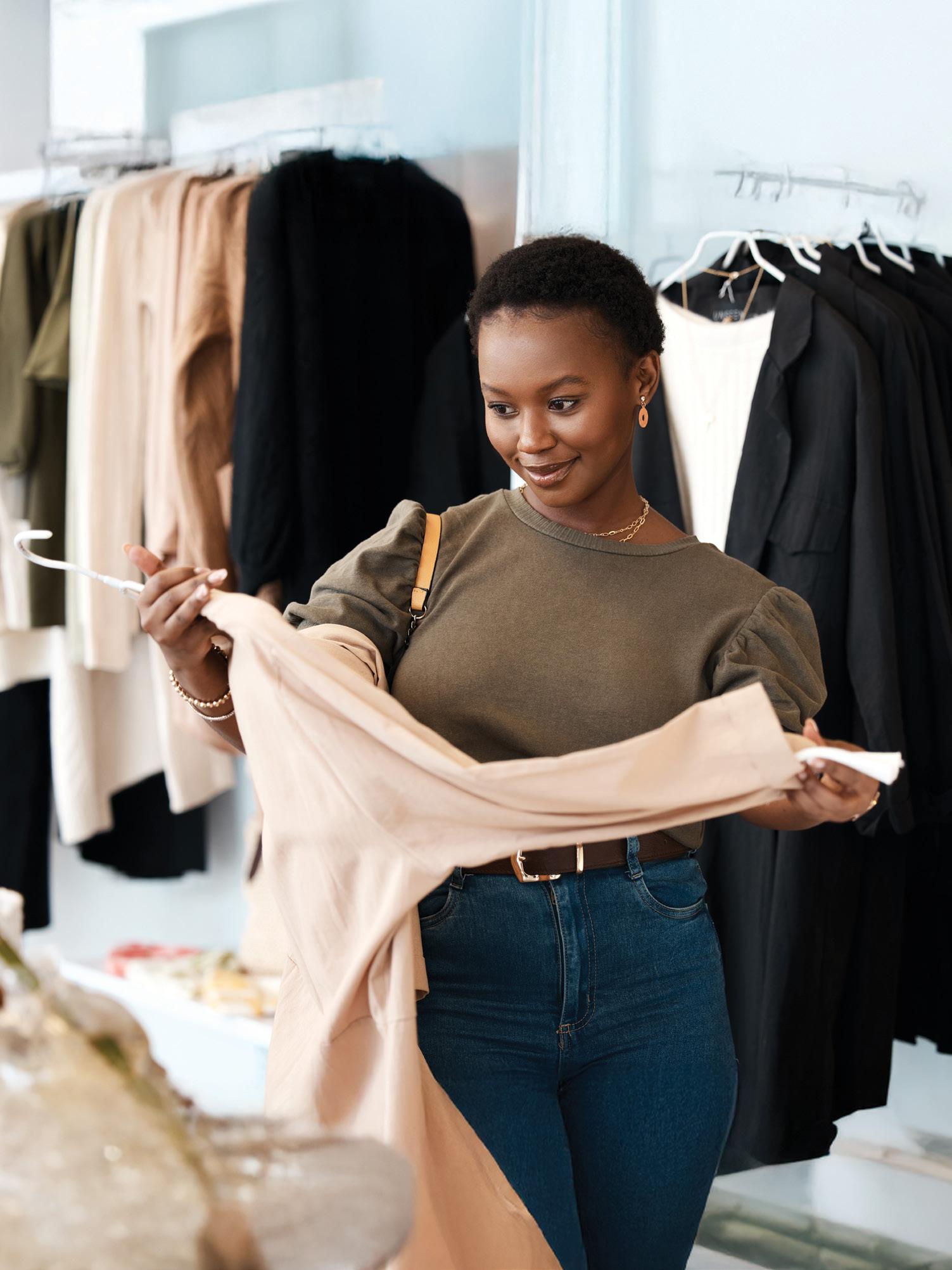
Loss is a scary, scary thing.
Our reptilian brains see loss and immediately assume it will be a sign we’ll starve or lose important support. This is why it can be so hard to break up with a bad partner (“What if I don’t find another partner to love?!”) and why it can be so hard to risk walking off a bad job for a better one (“What if I get fired?”)
In fact, that fear of loss is the main driving force behind the Sunk Cost Fallacy. The Sunk Cost Fallacy is a logical fallacy where we keep holding onto things that don’t serve us, or even
eat up our resources in hopes that the investment will eventually pay off.
We often see our fear of loss in a Sunk Cost Fallacy when it comes to sales that have gone wrong. For example, you might’ve seen a hapless buyer pouring money into a rackety car because you’ve “spent so much on it already” in hopes that it’ll be the last fix they need.
Here’s how you can use urgency to boost your sales…
Your sales are your lifeblood, so you always need to find ways to improve
PHOTO
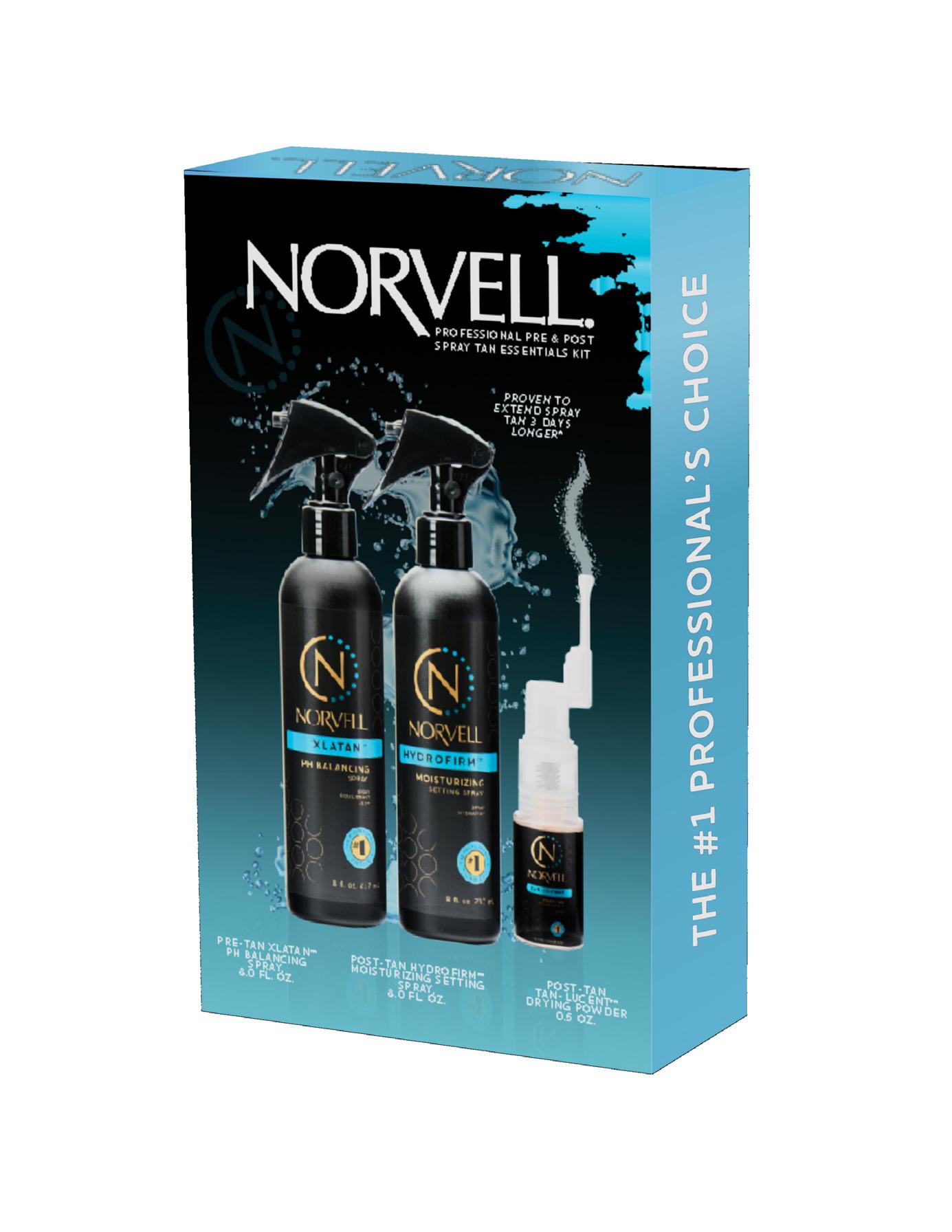
STEP 1: PREP SKIN FOR SPRAY TAN
Pre-Tan XLATAN pH Balance Spray primes & balances skin pH levels to accelerate tan development.
STEP
2: LIFT, HYDRATE AND LOCK-IN COLOR
NEW & Improved Formula! Post-Tan Hydrofirm
Setting Spray sets, seals and extends your spray tan with no color transfer while helping to firm, lift, and nourish skin for a radiant glow.
STEP 3: FINISH WITH LUXURIOUS DRYING POWDER
Post-Tan Tan-Lucent Drying Powder is the perfect way to end your spray tan session. Light-weight, fragrance-free, talc-free and translucent drying powder for a flawless finish.
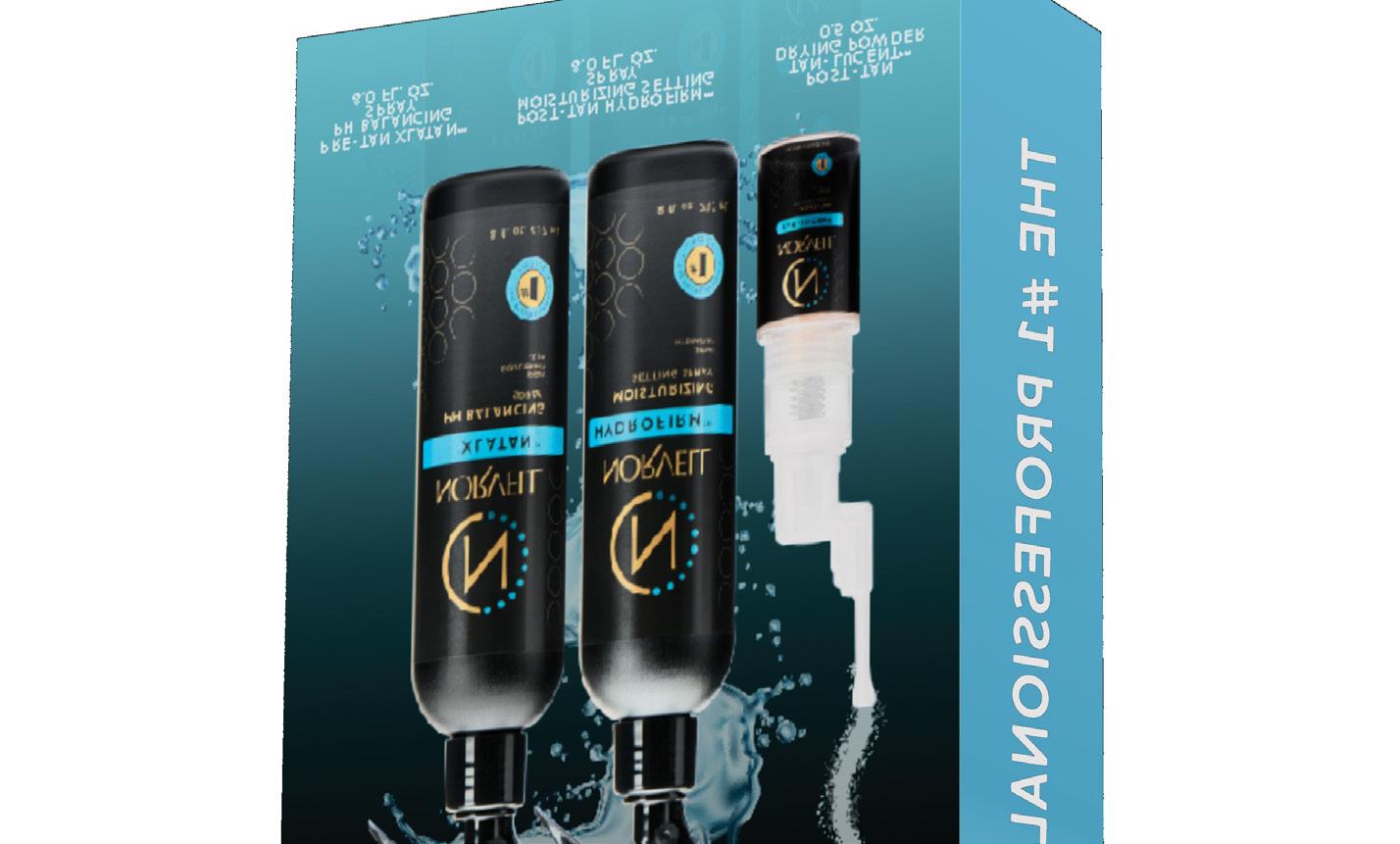

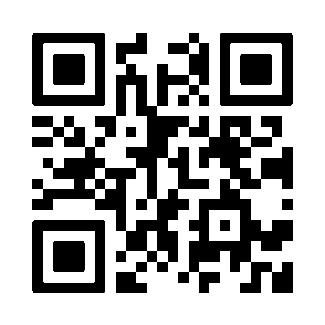

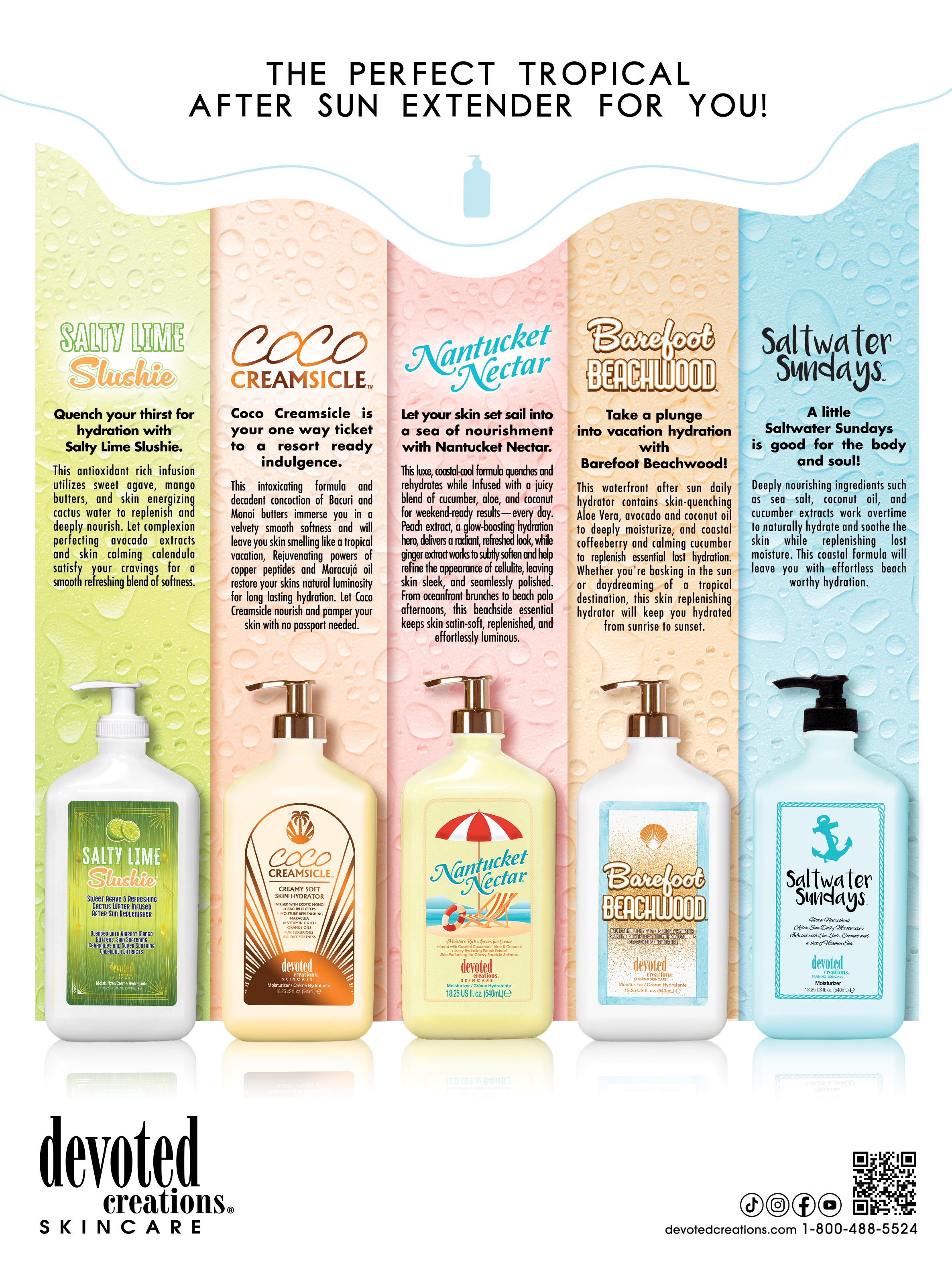
them. As the economy worsens, hesitant customers are going to be a dime a dozen. As a professional copywriter, I know the right words can trigger (or prevent) a sale.
I have a couple of phrases that can help jog your mind when creating urgency…for sales pitches or actual copywriting for your company.
“This particular lotion is going to be discontinued soon, so stock up while you can.”
Believe it or not, it makes sense to let your clients know if a certain lotion is about to fall off the shelves. This immediately makes people think about the results they got with that lotion and gets them nervous. They need that lotion, right?
Well, tell them it might get pulled off the shelves. Watch those bottles fly!
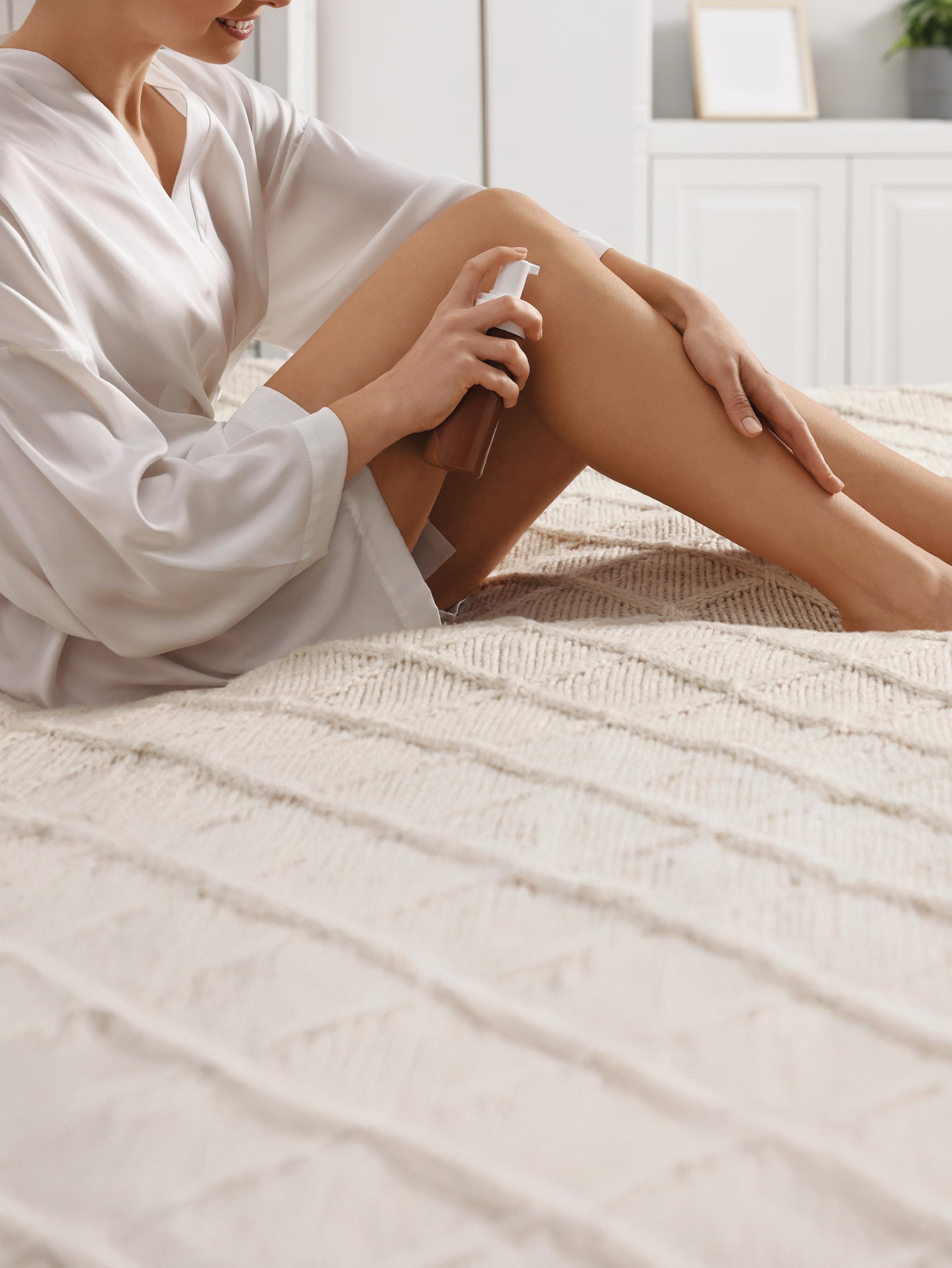
Pro Tip - If you use text message marketing (SMS marketing), make sure to send text blasts whenever one of your most popular lotions is about to go out of stock. It adds urgency and also keeps your clients in the loop about their favorite products so they can avoid running out.
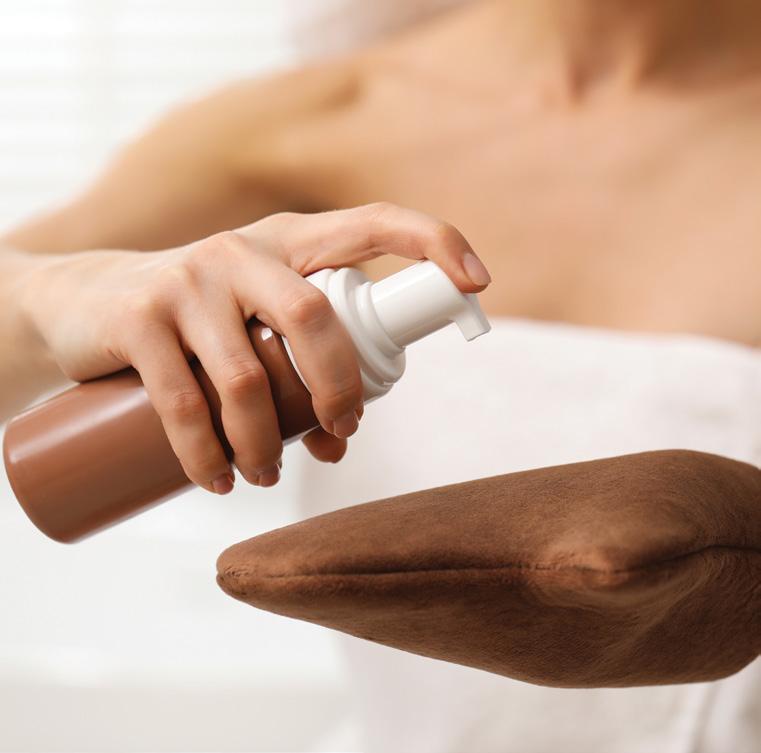
“Oh, this is on sale for firsttime customers only.”
If you just got a brand new customer onboarded to your system, it’s important to get them interested in their suncare routine. Having a “firstday only” type of sale encourages them to invest in their time with you and also boosts numbers.
After all, getting a discount that is only valid for one day adds pressure. No one likes losing out on the opportunity to save money.
Pro Tip – Consider offering small samples for your client’s first time, just to whet their appetite for suntanning lotions.
“This sale only applies to the first 100 customers this month.”
Timing makes a world of difference when it comes to the urgency a person feels. Having a sale that stops occurring after a set number of redemptions is a good way to add another layer of uncertainty.
Sales that have a timed ending already add a little urgency to your pitch, but this mixes things up. It adds extra uncertainty because it’s hard to tell how long it will take for the sale to end. Sure, the sale’s going on right now, but there’s no guarantee that the sale will still be there tomorrow…or even in two hours!
“Our prices are going to increase next month. If you become a member today, you get to lock in today’s rates.”
I’ve seen quite a few gyms pull this urgency move with their membership sales. It’s a common trick because it works. There’s nothing stopping you from taking advantage of the same trick, provided that you offer memberships at your salon.
“This sale’s only on for five days.”
Of course, you can also do the triedand-true method of showing that sales don’t last forever. Everyone knows that sales eventually run out of time, but stressing that fact makes a big difference in the minds of others.
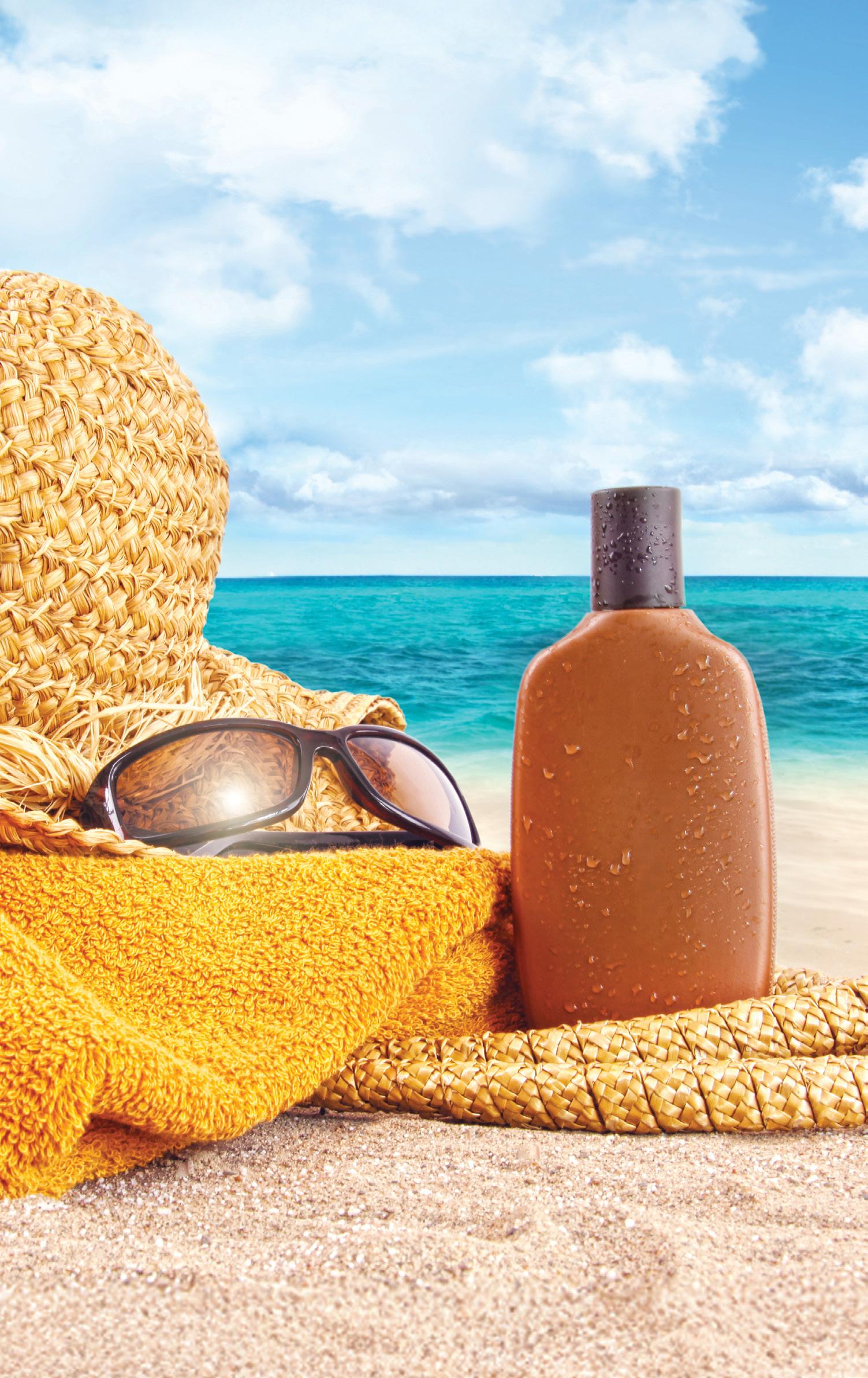
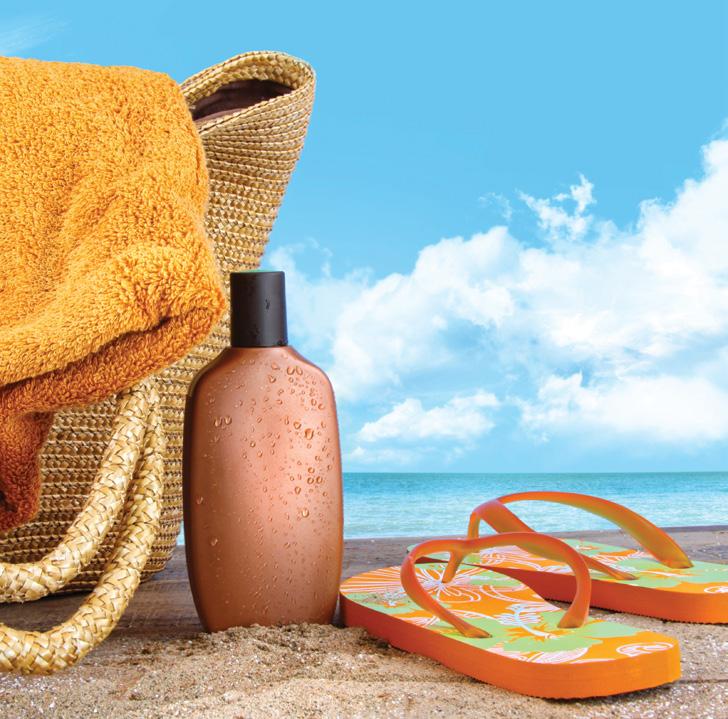
With that said, pressure is best done in small doses.
While having that bit of urgency can make a big difference in your sales numbers, there’s always the chance of going a little bit too hard on it. As with all things in life, moderation is key— especially when it comes to sales.
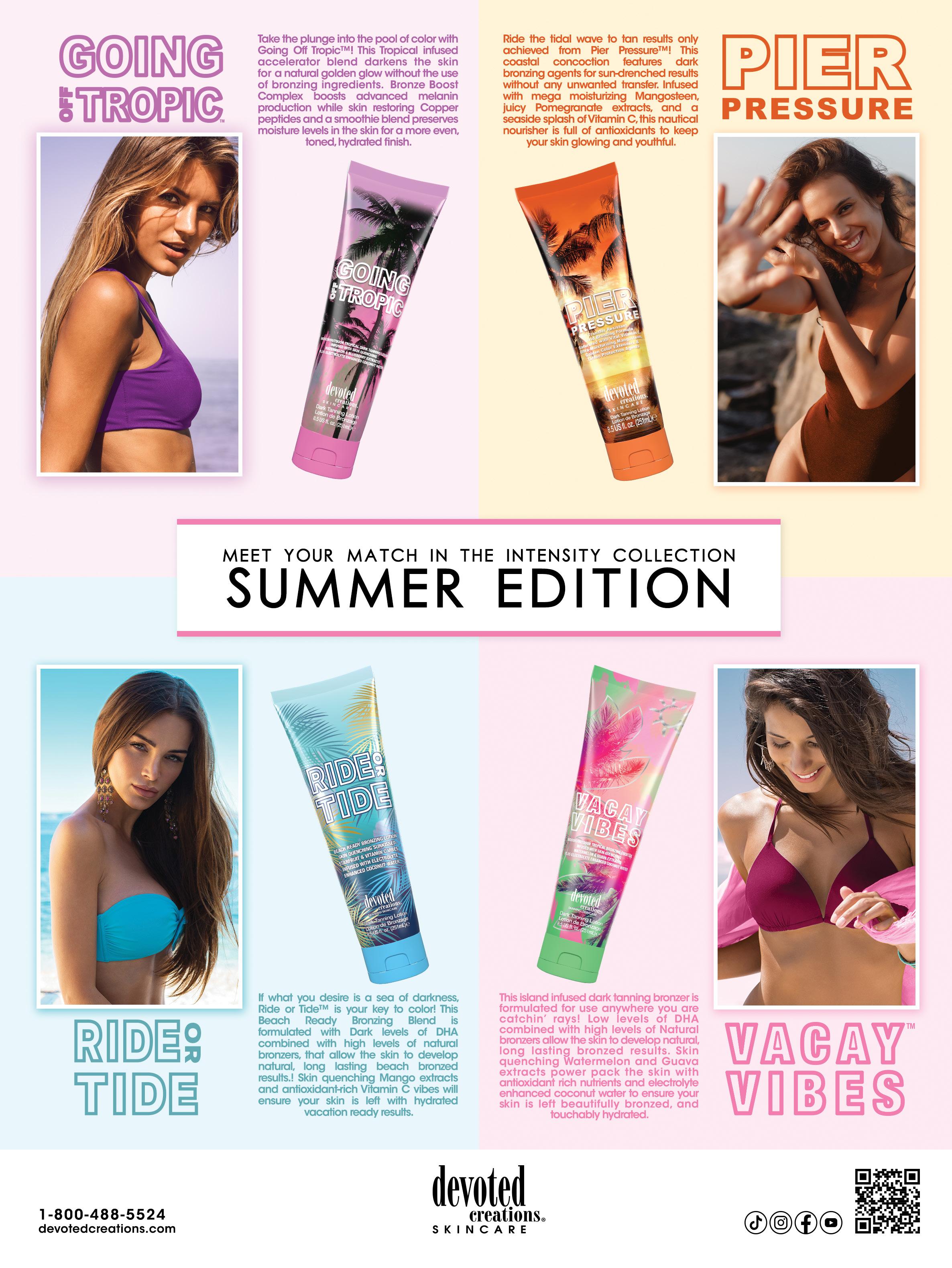
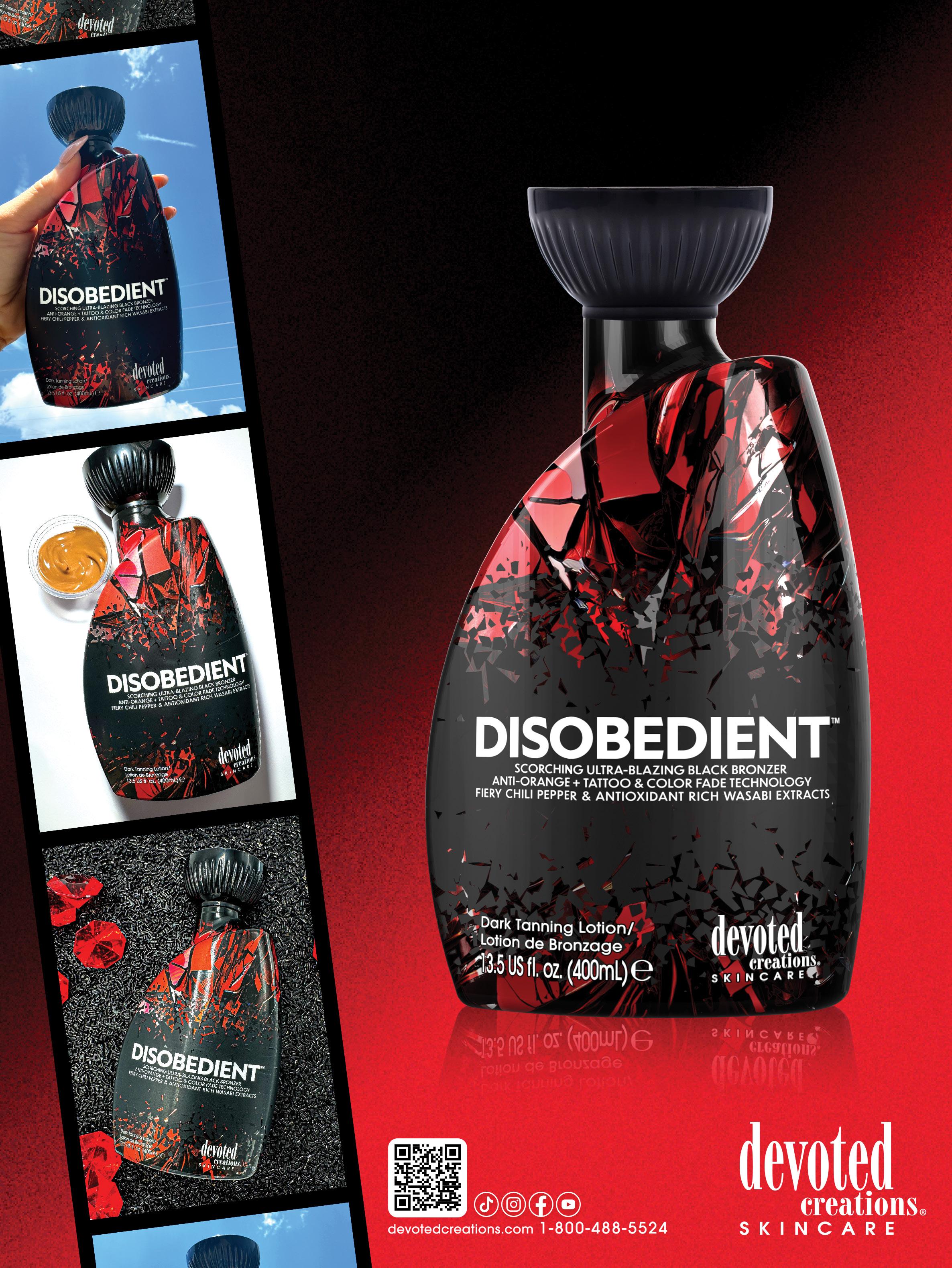
GLO TANNING SPOTLIGHT
From Franchise Veteran to Glo Success
Jason Bosler’s Entrepreneurial Journey
BY AMARA OMOREGIE
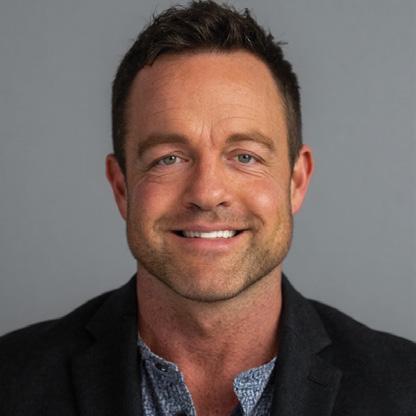
When it comes to sun spa industry expertise, few franchisees can match Jason Bosler’s impressive track record. With over 20 years of experience and a reputation for exceptional customer service that draws clients from across the Kansas City metro area, Jason’s Overland Park location has become one of Glo’s top-performing sun spas nationwide.
After transitioning from running a Celsius Tannery location for over two decades, Jason has built his Glo sun spa into a thriving business serving approximately 200 customers daily while maintaining a stellar 4.9-star Google review rating. Now, as he prepares to open his second Glo location, his journey offers valuable insights for aspiring entrepreneurs.
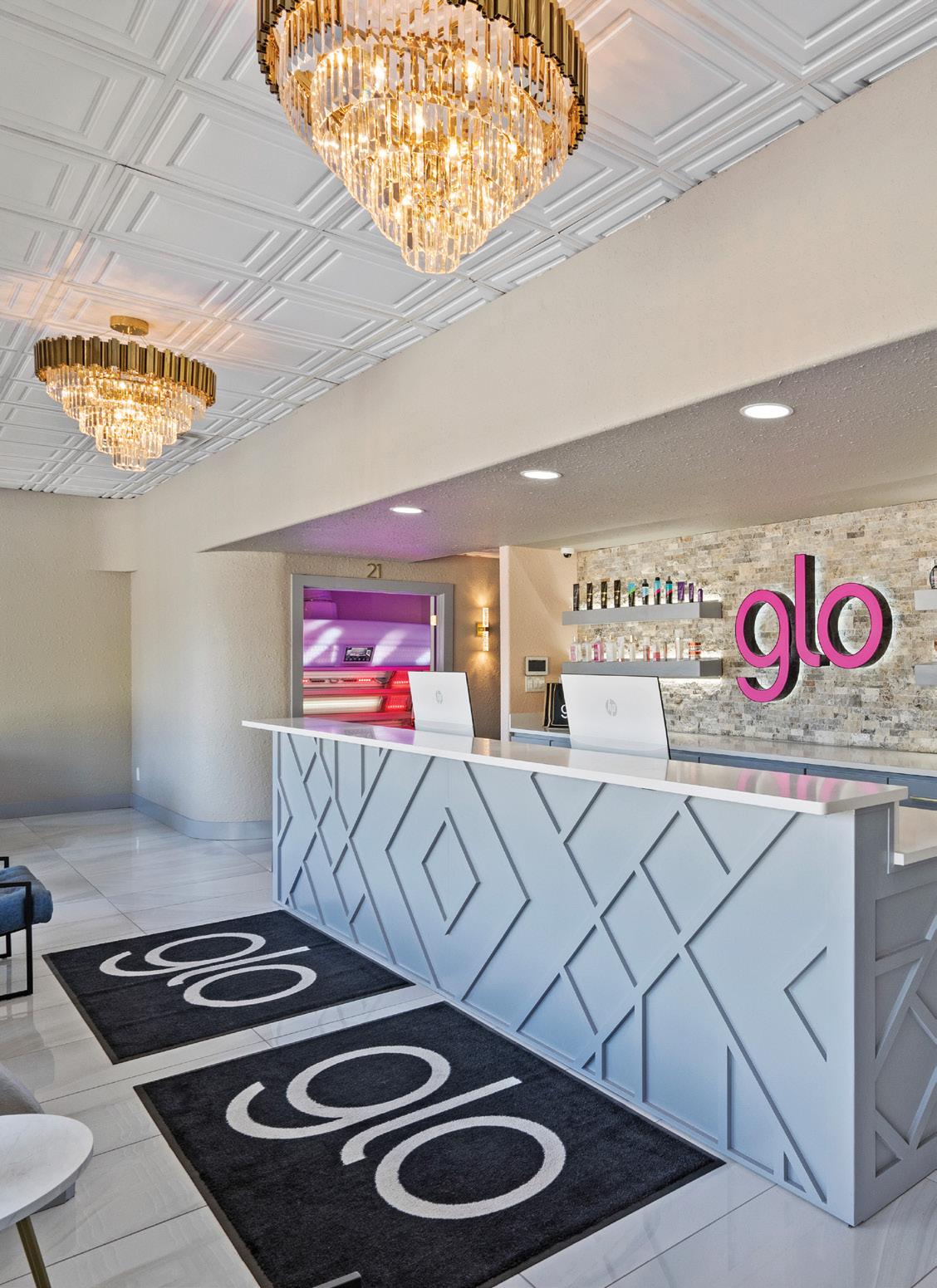
JASON BOSLER
The Entrepreneurial Journey Begins
Jason’s path to franchise ownership began shortly after graduating from UMKC, when he nearly opened a GNC franchise. “I had saved money right out of college, I had my store picked out, and then at the last minute they changed one or two things on my final agreement,” Jason explains.
Following advice from experienced mentors, he walked away from the deal—a decision that would ultimately lead him toward an unexpected opportunity. “I always felt like I wanted to own my own business,” Jason shares.
When a friend bought a small sun spa, Jason analyzed the numbers and saw potential.
“It was doing decent business, and I thought, ‘Well, I could make this work.’” That decision launched his career in the wellness industry, where he would spend over 20 years with Celsius Tannery before discovering Glo’s innovative approach.
Why Glo Stood Out
After decades in the industry and a five-year venture with Nutrishop, Jason found himself drawn to Glo’s fresh perspective on luxury wellness services. “I didn’t like the five membership levels and constantly upgrading people,” Jason explains.
“I liked the higher-end, more boutique style with spa services, really leaning heavily into spa, and that’s what I wanted to do anyway.” What truly captured Jason’s interest was Glo’s impressive growth trajectory and comprehensive approach.
“I liked everything from the most basic—from the logo branding all the way to the equipment,” he shares. When founder Onyi came to discuss converting his location, Jason was ready to commit immediately. “I was so all-in just by everything I saw. I was just ready to go at that point.”
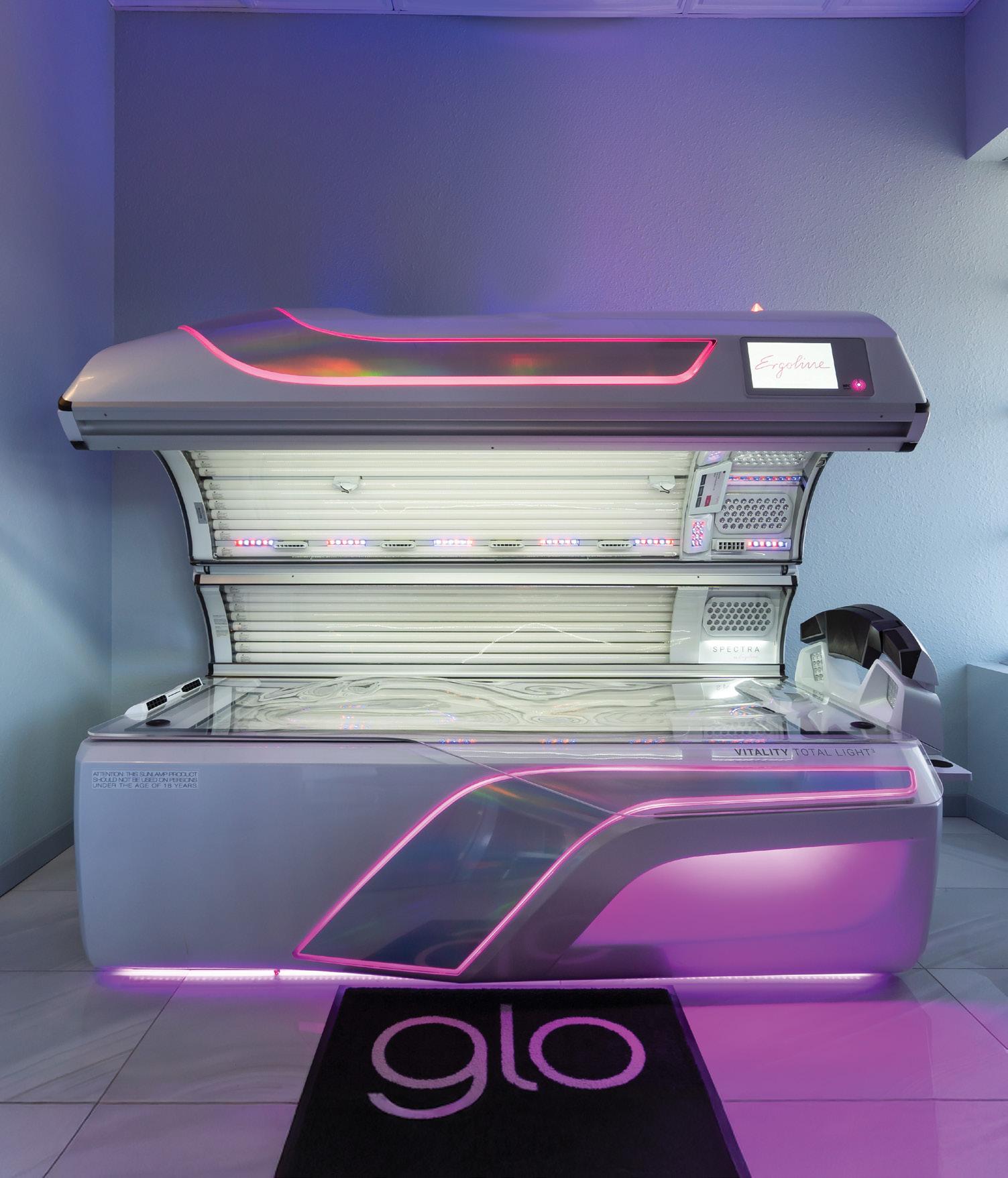
A New Standard in Franchise Support
With experience across multiple franchise systems throughout his career, Jason has gained valuable perspective on what truly matters for franchise success. “In this business, the right support makes all the difference,” he emphasizes. Jason highlights several key differentiators that set Glo apart:
Accessible Leadership and Rapid Problem-Solving
“With Glo, when I have a question or challenge, I get answers quickly from people who actually understand my business,” Jason notes. “With previous franchises, getting help often meant navigating layers of corporate bureaucracy.”
Comprehensive Staff Training
“My manager traveled to another Glo location for five days of intensive training,” Jason shares. “She came back like a completely new person, with skills that transformed our business. My previous franchises offered minimal staff training.”
Marketing That Drives Results
“The social media presence and professional branding actually bring people through the door,” Jason explains. “Our customer demographic has shifted dramatically—we’re attracting younger clients and more diverse customers through Glo’s marketing channels.”
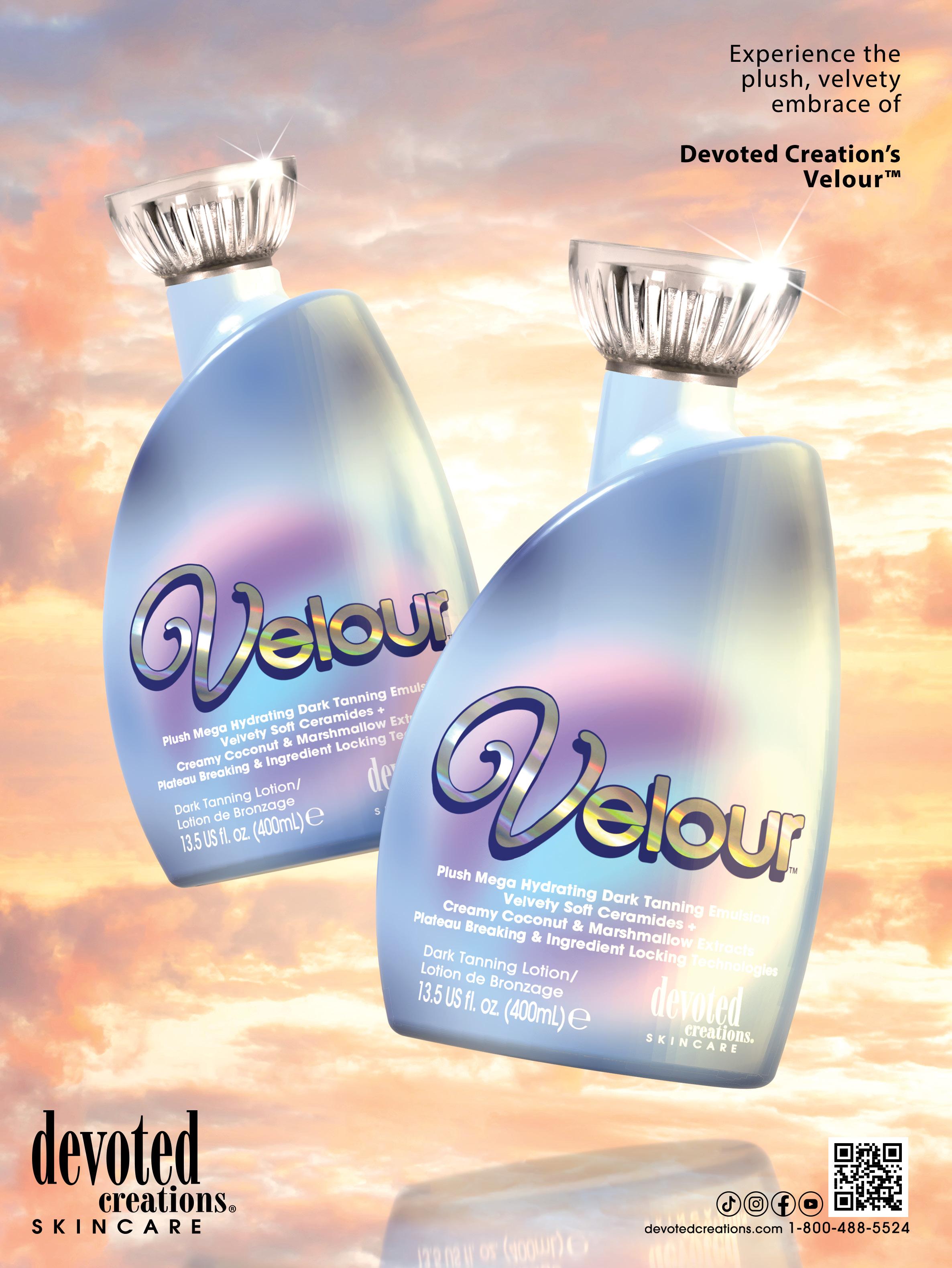
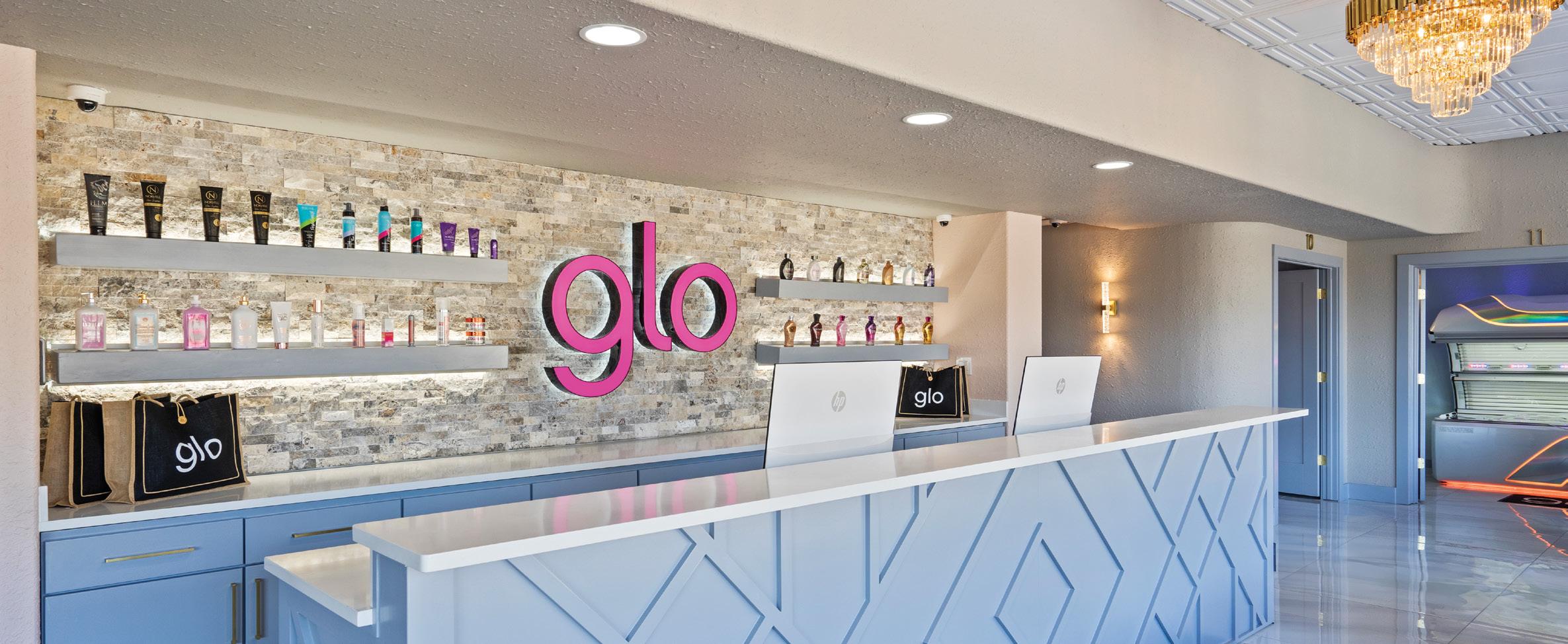
Systems That Enable Growth
“Glo has established processes for everything that actually work in the real world,” he emphasizes. “There’s guidance on how to run the business day-to-day, not just what products to sell.”
Building Community in Overland Park
Jason’s success stems largely from the relationships he’s built over the years in the community. “I’ve been around for so long. People know I’m the owner and they’ve interacted with me,” he explains. “I’ve had people come in saying, ‘I came here 10 years ago. I can’t believe you guys are still here. It’s so great you’ve even changed your name.’”
This community connection extends to local schools, Johnson County Community College, and neighborhood events.
“I try to do all the local stuff—school giveaways, if the volleyball team needs something,” he says. His reputation brings opportunities naturally, with people specifically seeking out the Glo experience.
The Secret to Service Excellence
When hiring team members, Jason prioritizes one quality above all others: how they interact with people. “To me, that’s everything,” he emphasizes.
“The most negative feedback when someone leaves another sun spa and comes to us is never about equipment or cleanliness. It’s always about getting treated poorly—literally just being ignored.”
His focus on exceptional customer service has created such loyalty that some clients regularly make a 25-minute drive to visit his salon twice weekly, passing numerous competitors along the way. “They say, ‘It’s worth it,’ which is awesome,” Jason says with pride.
“It’s the super basics like saying hi,” Jason explains. “It’s taking the time to treat each person like you notice them and you’re excited they came in.”
The Future: Expansion & Evolution
Looking ahead, Jason envisions significant growth for his Glo operations. “I can see a minimum, probably, of four Glos,” he shares. His strategy focuses on educating the community about Glo’s comprehensive wellness offerings.
“I think really getting the word out more that we’re so much more than just UV services—that we have all the red light, infrared, the massage, just so many different things,” Jason explains. “Every time I show someone anything, they notice we have tons of different equipment, and we’re definitely not at all just traditional sunbeds.”
Jason has also noticed a significant demographic shift, with younger clients increasingly interested in wellness services.
“The number of 18-year-olds and younger people with interest has jumped way up in the last couple of years,” he observes, crediting social media and word-of-mouth for this trend.
Lessons From a Franchise Veteran
For aspiring entrepreneurs considering the franchise route, Jason’s journey offers valuable insights. The right franchise partner should provide robust support systems, maintain open communication, and demonstrate genuine interest in franchisee success—qualities he’s found with Glo.
His experience also underscores the importance of passion and personal connection in business. The relationships he’s built over the years in Overland Park have created a loyal customer base that no marketing budget could replicate.
As Jason continues expanding his Glo presence, his story serves as a testament to finding the perfect alignment between personal business philosophy and franchise model—a partnership that, when matched correctly, can elevate both the brand and the entrepreneur to new heights of success.
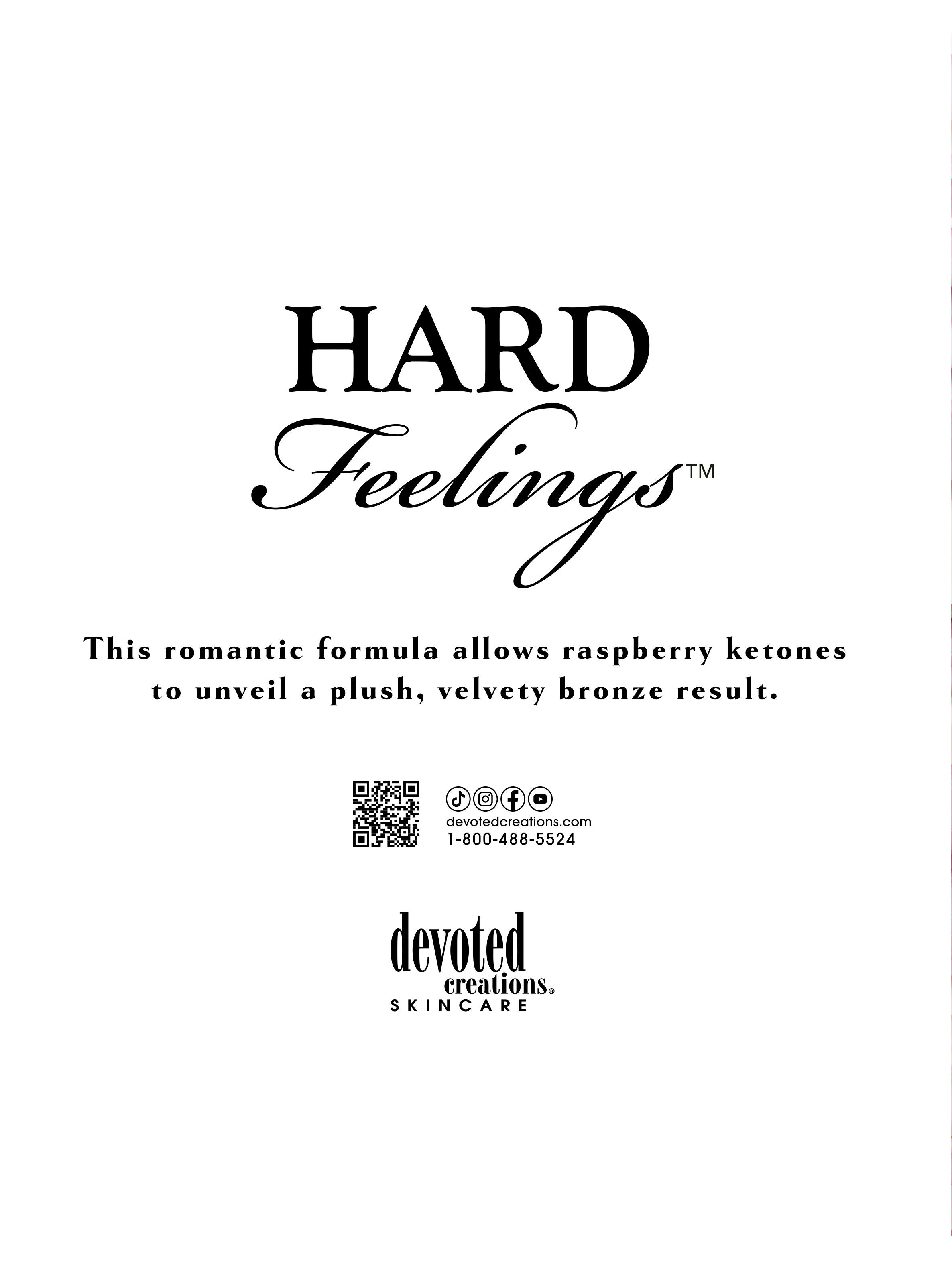
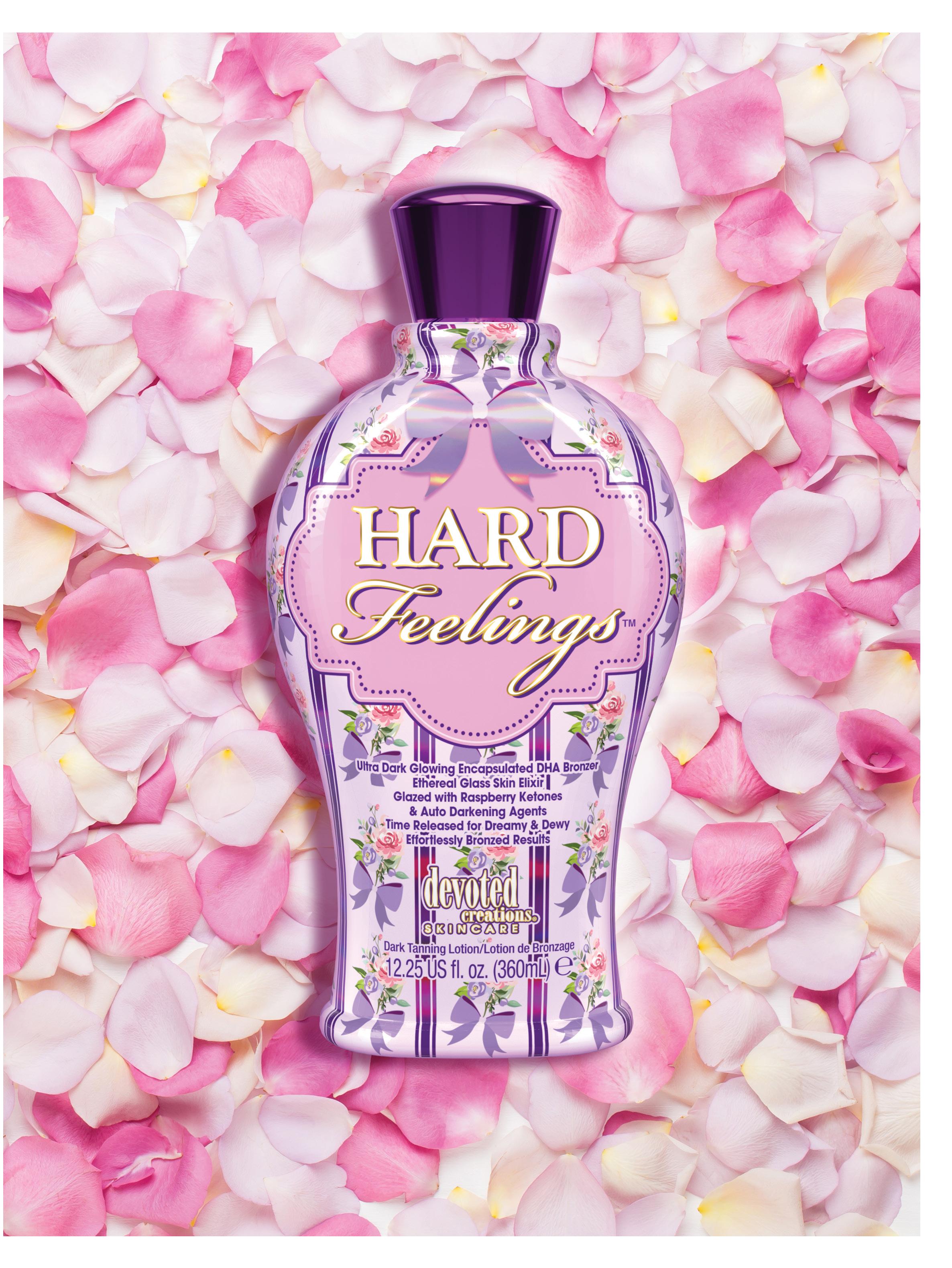

UV Tanning And Tooth Whitener
What Attendants Should Know
BY JERRY BAUGHMAN
As a tanning professional, it’s important to know how your accessories and addons interact with your technology. Everything from the lotion you sell to the quality of your tanning mitts can make a difference in the outcome of your clients’ tanning experience.
I am the proud founder of Twilight Teeth, the original UV-reactive tanning-friendly tooth whitening system being sold at salons across the country. Since we began our business, we have seen an exponential growth in demand for tooth whitening throughout the tanning salon world.
And of course, we’re happy to offer that service at a price that is affordable for both salon owners and clients alike. However, as an expert in tan-friendly tooth whitening, I’ve noticed growing misconceptions about my product as well as products similar to mine.
For everyone’s sake, I put together a quick “question and answer” article you can use to help train new users.
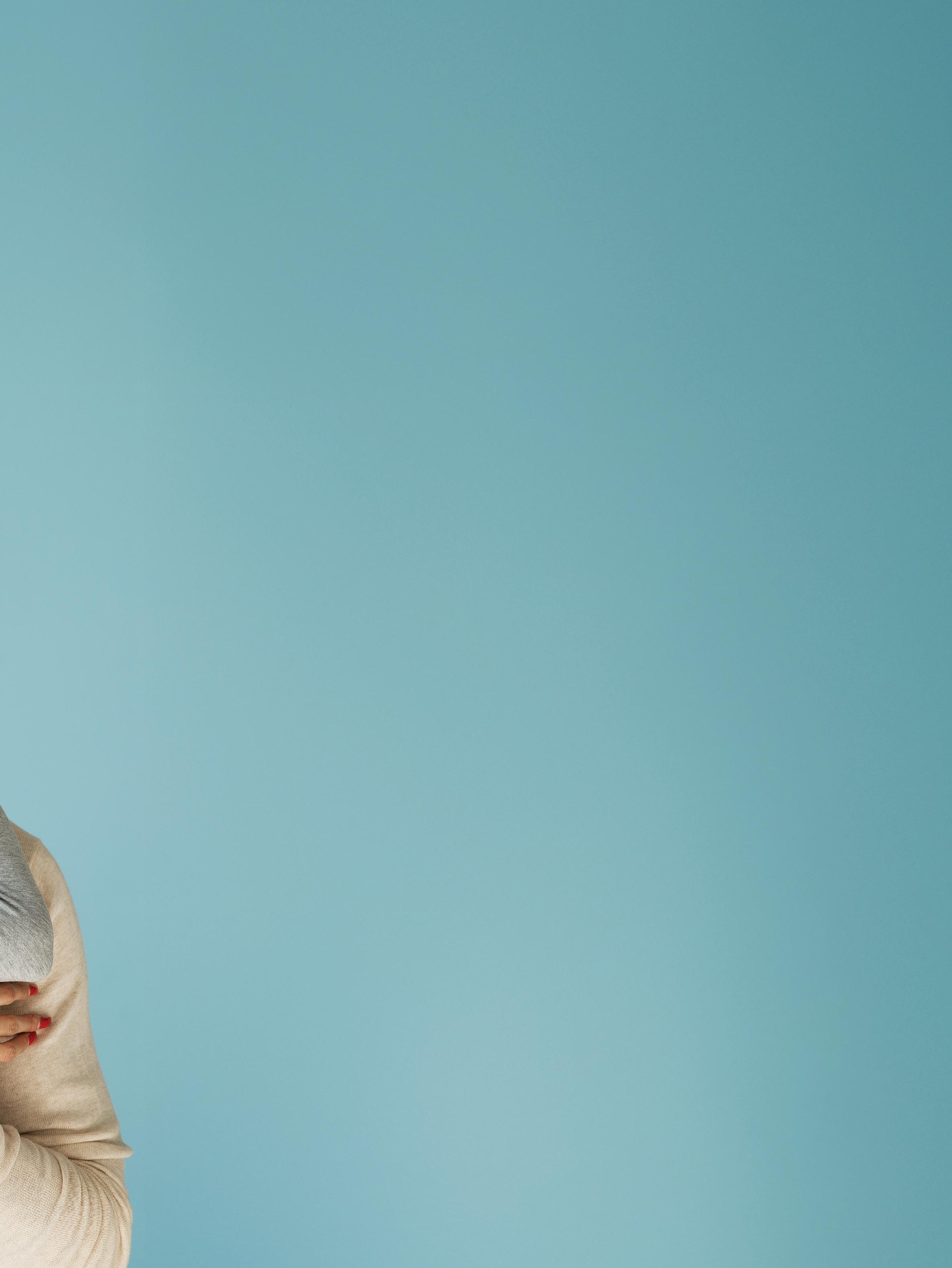
Can tooth whitening kits sold at tanning salons work at home?
For the most part, this answer is yes. However, that doesn’t mean it will work as effectively as it would in a tanning booth. Twilight Teeth, for example, is designed to work best in a UV tanning booth. The UV light enhances the whitening powers of our formula.
With that said, it’s important to check with your distributor about how effective your whiteners are without UV light. Other teeth whitening products might work just as well in a UV bed as they would in a regular home—though they may not give professional results the way UV-ready gels would.
Are tooth whiteners sold at tanning salons safe to use?
Yes, they are safe to use. All tooth whiteners being sold in the United States have to undergo testing and approval by the FDA.
Are tooth whitening products sold at tanning salons the same as the ones used in dental offices?
Technically, the answer to this question is no. Dental offices have specialty equipment and products administered by professionals that can be more aggressive than most whiteners sold in tanning salons.
Those whiteners are not sold in stores because they can actually burn if applied incorrectly. Whiteners sold in salons are designed to be safer for casual use.
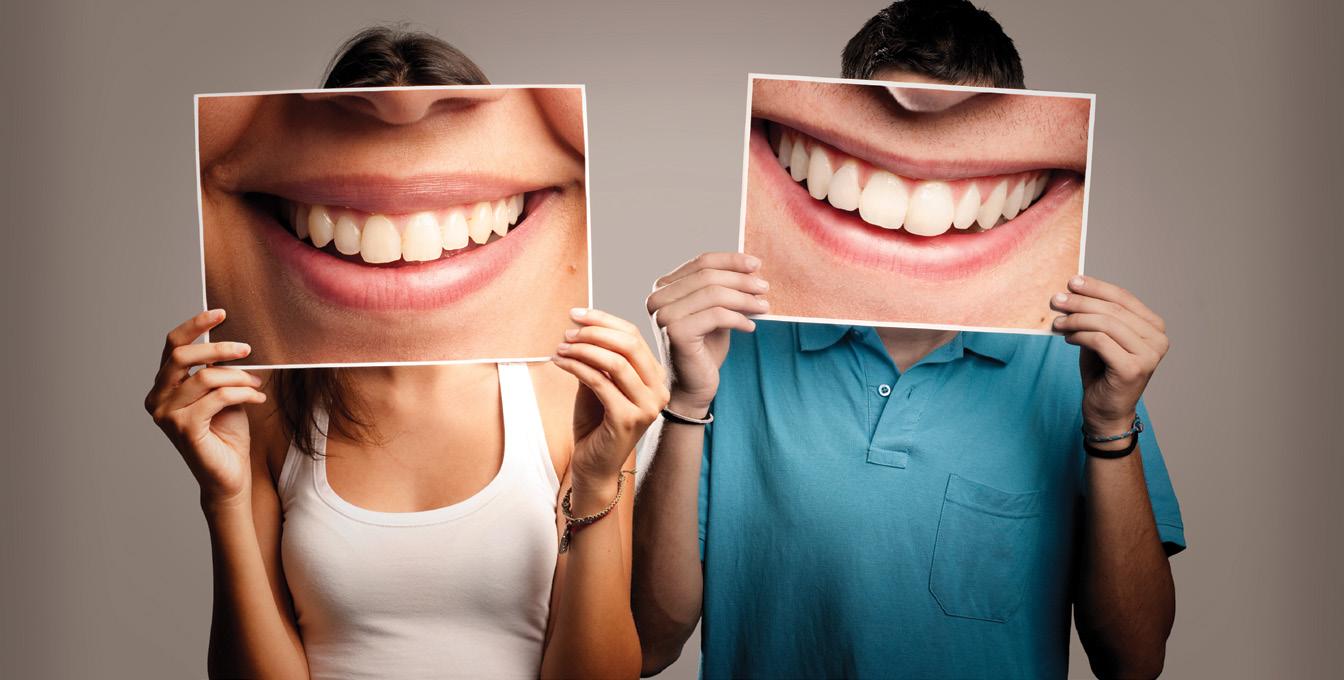
Can you get professional whitening results with salon-bought whitening products?
Believe it or not, the answer is YES! Twilight Teeth recently created the P6 Whitener, which features 25 percent stronger whitening agents than most other whiteners on the market. If you go to your dentist’s office, you’ll get treatments that are just as powerful as a P6 Whitener.
The only differences? It takes a longer amount of time to do while at a salon and you wouldn’t be able to administer it on your own. Dental office whitening also tends to cost as much as two to three times as much as a single round of salon-bought whitener.
Salon attendants can help boost sales by mentioning this to clients who are curious about whitener effectiveness. Of course, how effective whiteners are can vary from product to product, so it’s best to read your product brochures if it’s not something as well-known as Twilight Teeth.
Can you share your salon whitener with a friend?
Regardless of what whiteners your salon sells, it’s absolutely essential to warn your customers against sharing whiteners. There are several reasons why you should strongly discourage others from sharing..
First, this reduces how much whitening agent they get—which, in turn, can decrease the effectiveness of their whitening session. Second, sharing is not sanitary. While whiteners have antibacterial properties, there’s always the chance that sharing could transmit diseases.
Finally, sharing whiteners simply doesn’t work with the way that most whitening kits are supposed to be used. Sharing may result in uneven distribution of whitener, which could make your smile look a little stained.
Can I use whiteners if I have periodontal disease?
Tanning professionals should warn people who have bleeding gums or other signs of periodontal disease to skip whiteners. Research has shown that whiteners can exacerbate gumrelated issues, so try to (politely) ask them to wait until they’re treated.
Should my salon carry tooth whitening kits?
Yes! Even if you’re not using Twilight Teeth, your salon should strongly consider selling tooth whitening kits behind the counter. Studies have shown that tooth whitening is one of the most sought after beauty treatments in America.
If you’re not selling whitening, you’re leaving money on the counter…and life is far too short for that, don’t you think?


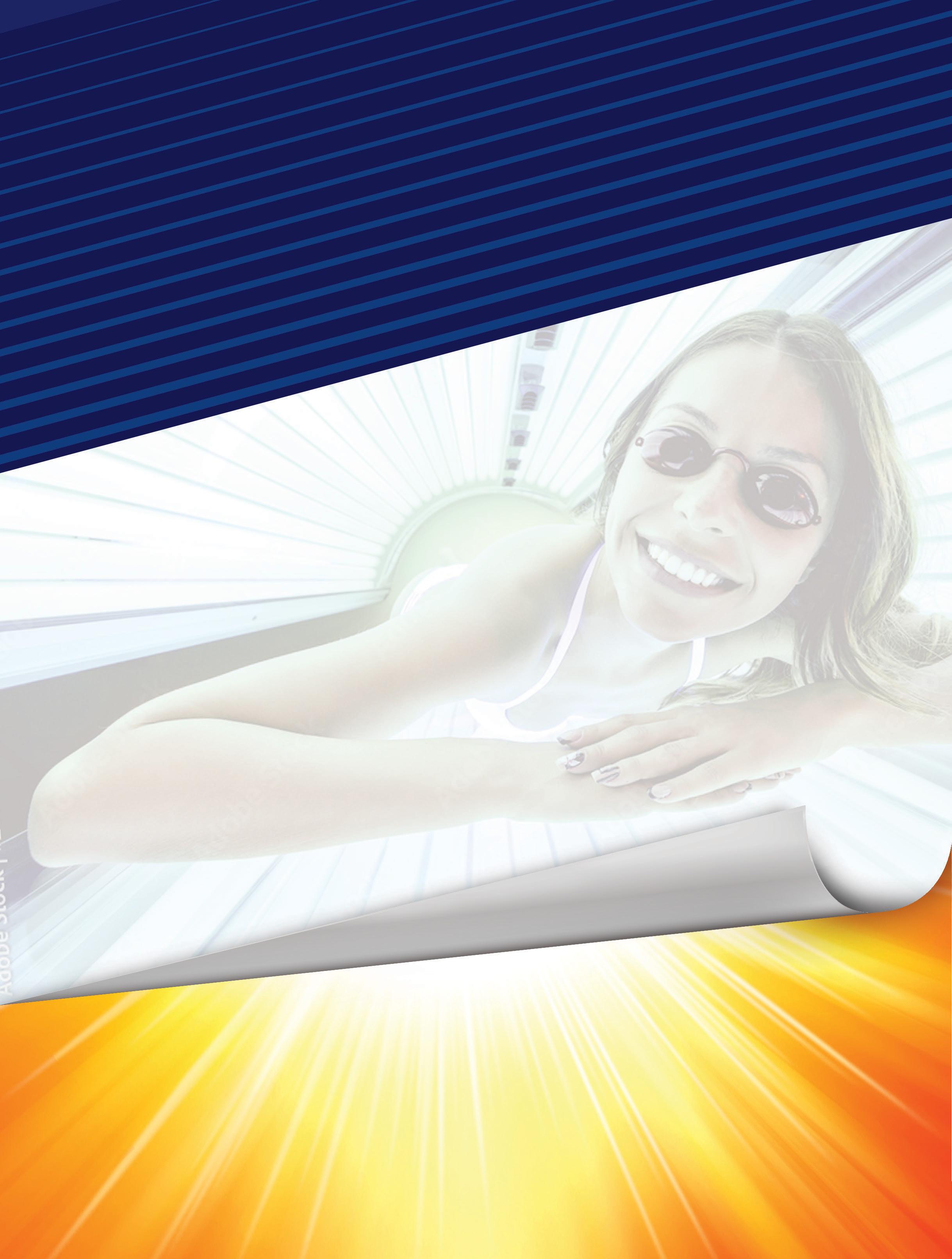
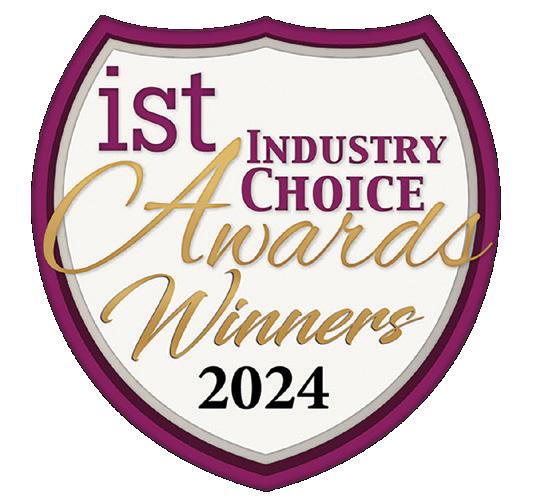
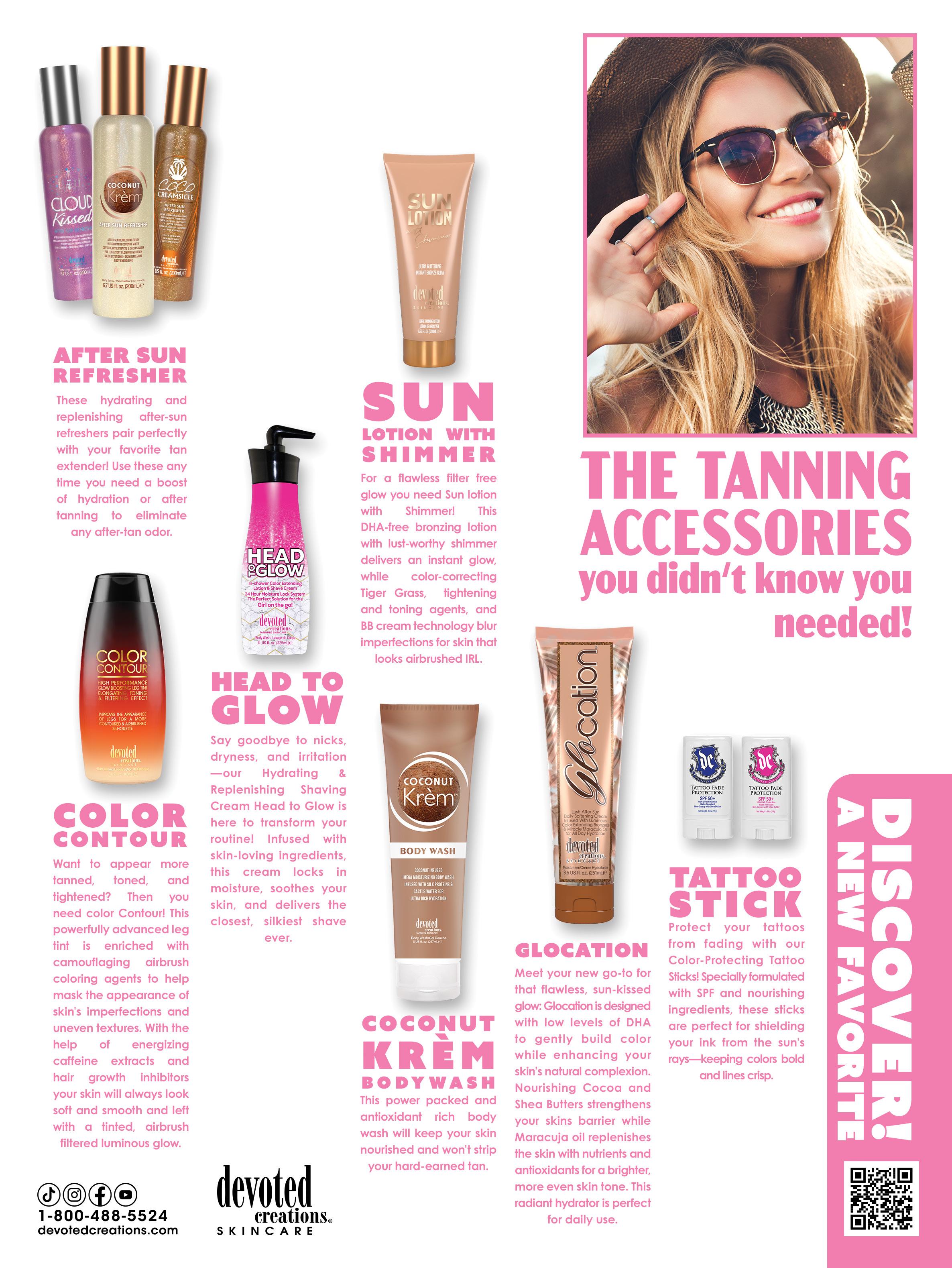
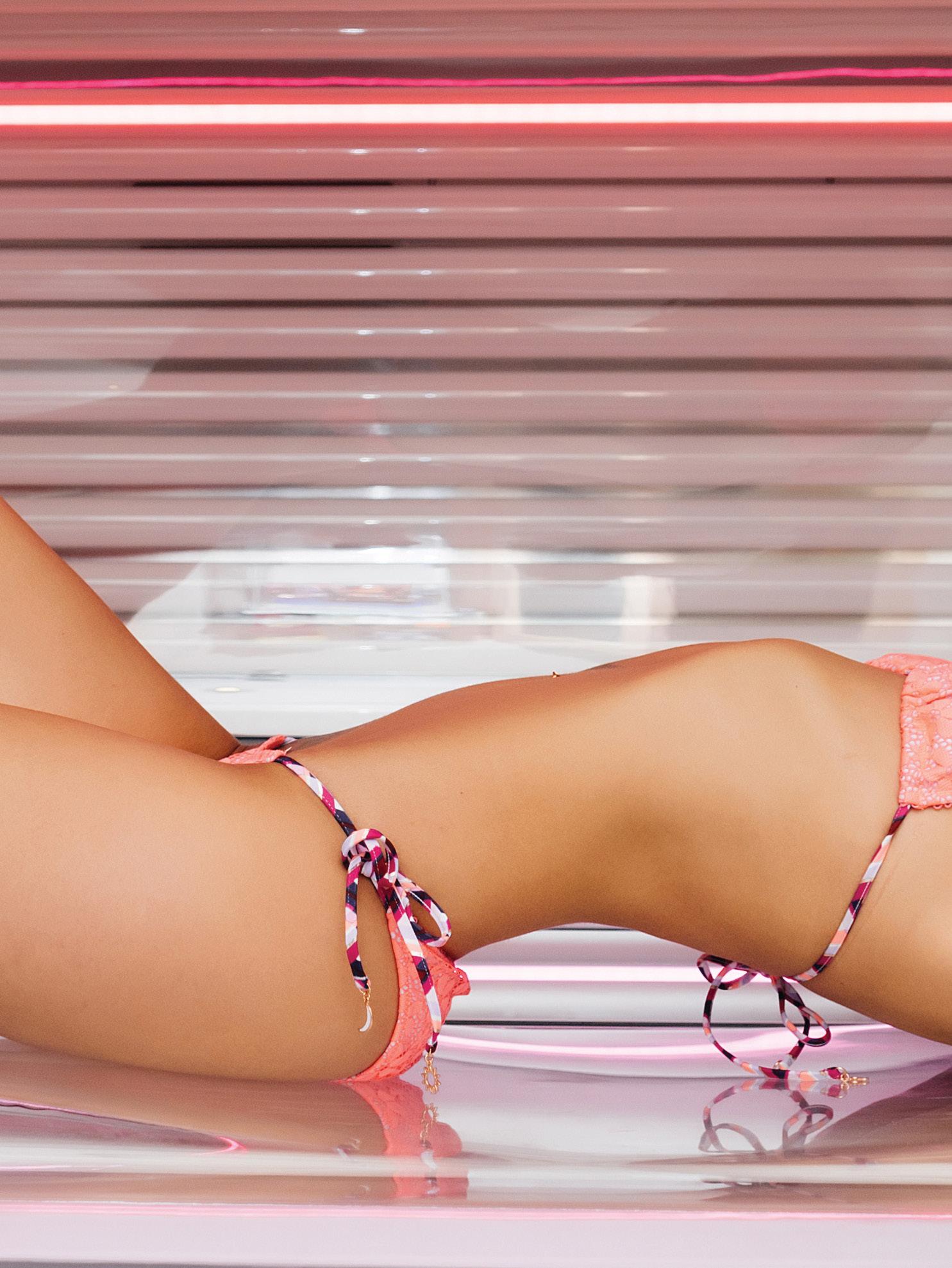
EDUCATION AND TRAINING
Tanning Coming To A College Near You!
BY OSSIANA TEPFENHART
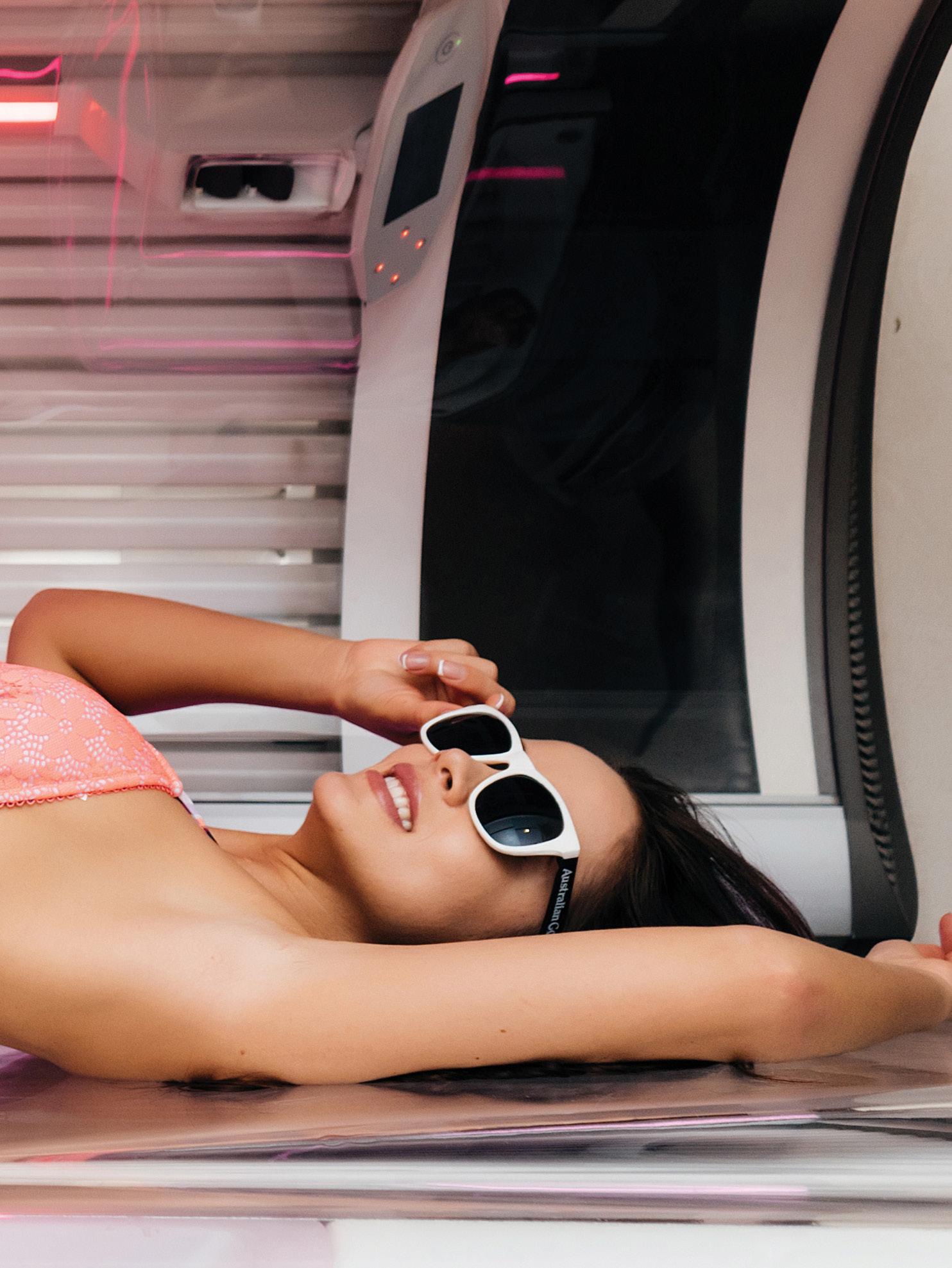
When I was in college at Monmouth University, I was surrounded by Jersey Shore guido culture. All my classmates were heavily tanned. They all rocked the same hair extensions. They all had the same thick black mascara and some even had the Snooki poof. And acrylic nails? Yep. You betcha!
Needless to say, my vampire-pale aesthetic stood out like a sore thumb. I was terrified to go in a tanning booth because of my allergy to daylight–plus a very unfortunate attempt at sunless tanning that dyed me a light shade of purple.
I used to cover my desire to fit in by saying that my classmates “primarily majored in tanning.”
Roughly 20 years later, that joke I made might not be a joke to everyone. After a steady growth in tanning salon training requirements, at least one college is going to start offering tanning as a course within its walls.
PHOTO
Behold, Tricoci University
Tricoci University, also known as Tricoci University of Beauty Culture, is a Chicago-based college that focuses on the beauty industry. Tricoci is one of the top beauty schools in the Midwest, with 15 different campuses throughout three different states.
The three most common programs are Barber Technology, Beautician School, and Esthetician School—though they also tend to offer programs for nail techs and beauty instructors as well. More recently, Tricoci decided to add on some new coursework to their already-vast menu: tanning!
About The New Tanning Course
This particular class will specialize in the art (and science) of giving a perfect, sun-kissed glow through spray tanning. Of course, the educators at Tricoci wouldn’t just go it alone. Rather, they decided to work with the people who know tanning best…Norvell!
The course itself is a simple, singlesemester course designed to teach students the basics of spray tanning, how to apply tanner efficiently, and the basic ingredients in tanning lotions. Students who take the course will be able to add another highly-demanded skill to their beautician toolbelt.
Most states do not require tanning salon attendants to have a degree in cosmetology or esthetician licensing in order to operate a tanning booth. There also isn’t much of a push to make that change, either.
With that being said, having additional certifications can help staffers learn how to offer a more longlasting, even, professional tan. And
EDUCATION AND TRAINING

that’s why certifications like Sun Is Life are becoming an industry standard among top-performing salons.
Is This The Future Of Tanning?
It’s important to note that the tanning course at Tricoci is not a course that has its own private certification. Tanning staffers will likely have to get additional training to get certified as a tanning professional. However, that doesn’t mean it’s without value.
Tanning, as an industry, tends to lean heavily on certifications rather than college degrees. Like much of the beauty industry, things are starting to change. We might be on the brink of seeing tanning certifications readily available at beauty schools across the country.
As for right now, Tricoci University is lightyears ahead when it comes to the salon training game.
Your customers will thank you once they experience the deep penetrating therapeutic treatment, only our seven-wavelength Spectrum 7 can deliver.
• 4,800 individual 3-watt diodes
• Combination of Red and Near Infrared light
• 605nm, 630nm, 660nm, 670nm, 830nm, 905nm, 940nm
• Irradiance of 140 - 210 mw/cm2
• Lightning fast 10-minute treatment
Call us today and we will gladly put you in contact with one of our many satisfied salon owners. Don’t believe us, ask them yourself! Call
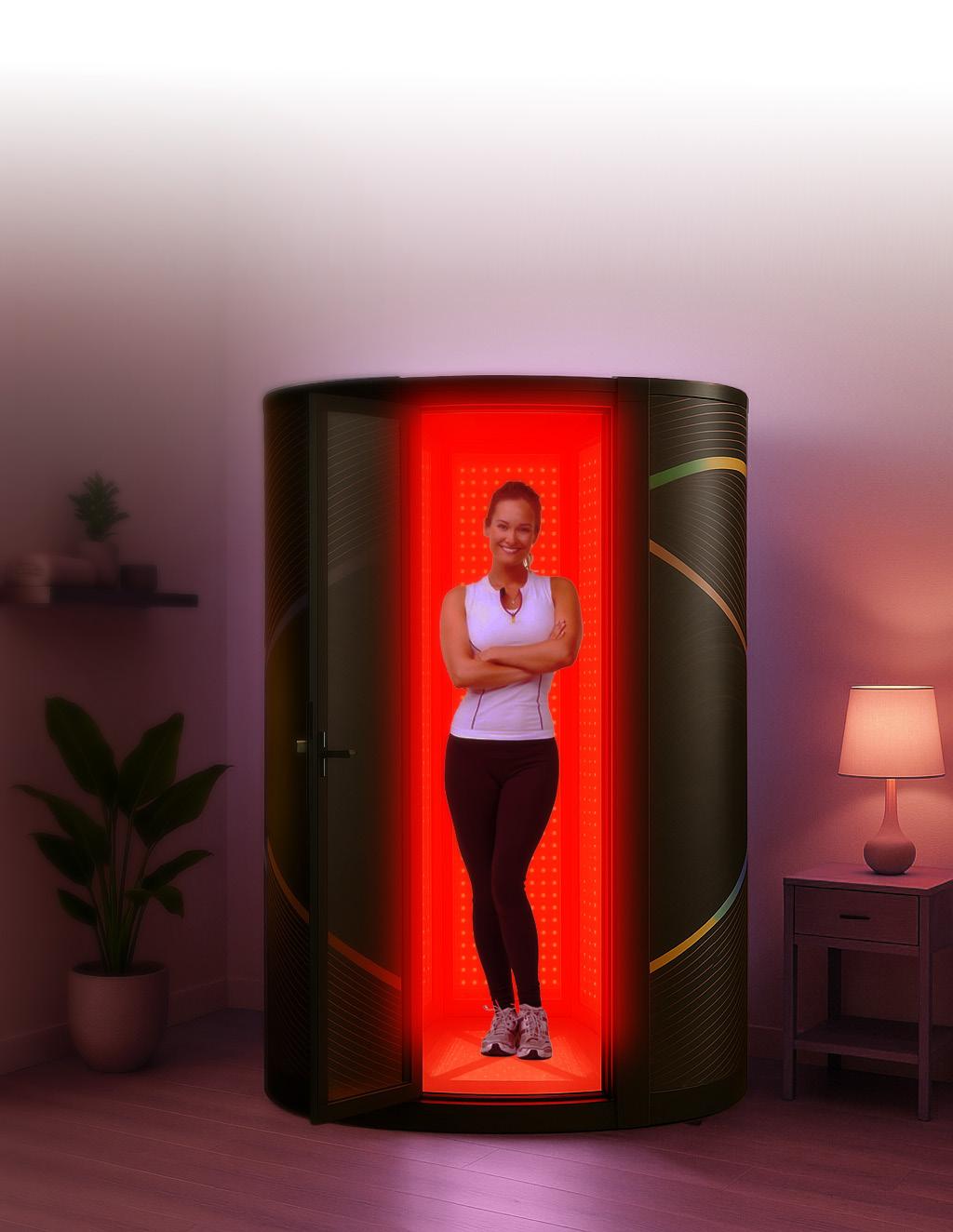



EQUIPMENT AND PRODUCTS
Maintenance Matters
BY MELISSA DAMIANI
A
strong maintenance plan is essential for your salon.
Running a successful salon or spa involves more than offering quality services. It depends on a seamless interplay between your technology, personnel, and equipment. These elements are deeply interconnected, and their performance can directly affect your day-to-day operations. That’s why having a comprehensive maintenance plan is not just a good idea—it’s a business necessity.

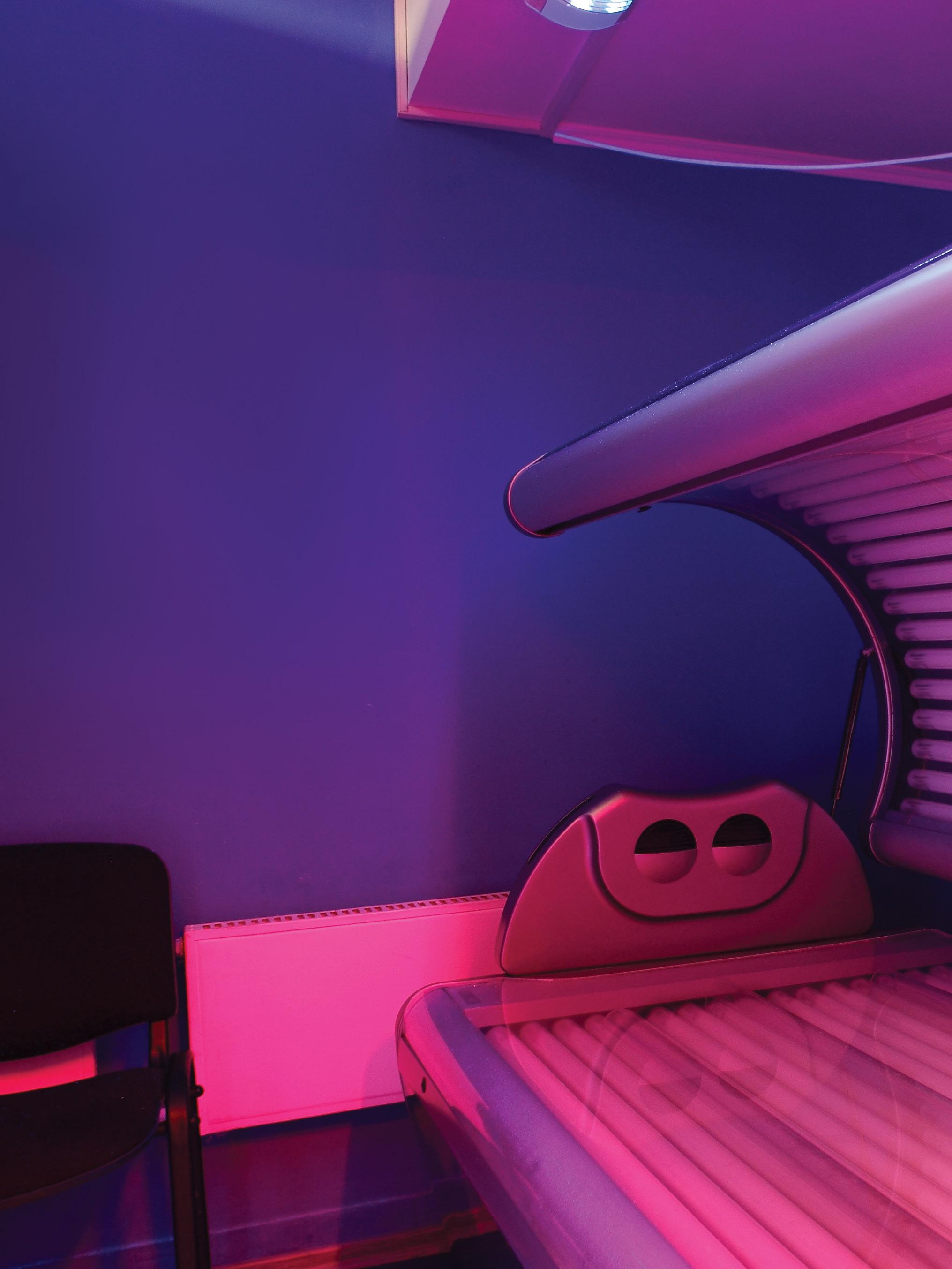
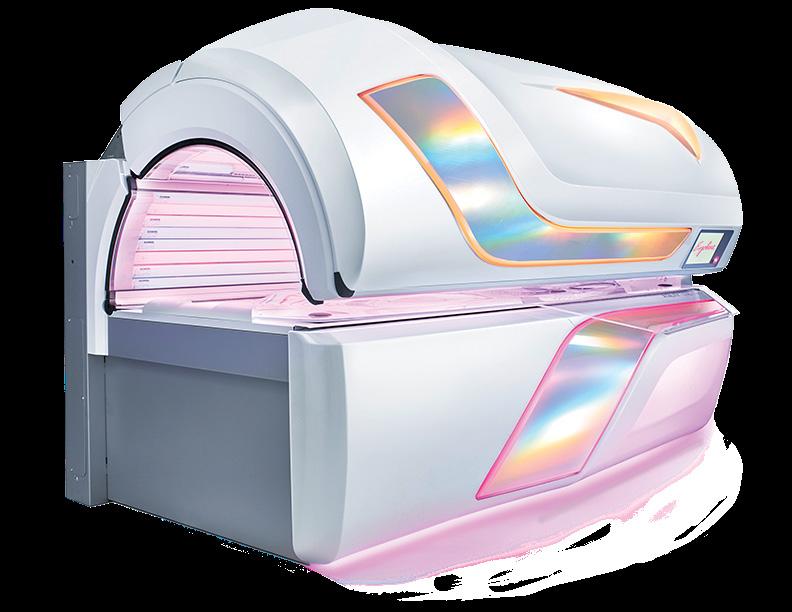
Technology And Equipment: The Backbone Of Your Operations
Most tanning and wellness equipment is controlled by a salon management and integrated timer system. These tools don’t just operate your devices. They likely handle everything from Point of Sale transactions to Back Office reporting and may even include maintenance tracking tools.
Given this, your IT infrastructure requires regular preventative care. Be sure your operating systems and software are up to date, running supported versions, and protected by anti-virus programs. Your data is one of your most valuable assets, so establish automated, rotating backups stored offsite.
It’s also smart to keep spare, preconfigured hardware on hand—like an extra workstation or a backup timer manager to ensure quick recovery with minimal disruption if something fails.
Proactive Equipment Maintenance
Documenting equipment maintenance electronically enhances efficiency and helps extend the life of your assets. Keeping a detailed history of service performed on each unit makes it easier to plan future maintenance and can reduce the risk of unexpected breakdowns.
Integrating your maintenance system with your Point of Sale platform enables staff to easily report issues, indicate severity using preset categories, add descriptive notes, and even temporarily disable equipment experiencing an issue. This creates a streamlined process for managing repairs and reinforces a culture of accountability among your team.
Empowering Staff And Streamlining Workflow
Because salons are heavily reliant on both technology and equipment, it’s worth considering dedicated support roles— such as an IT specialist and an equipment technician. This ensures prompt attention to issues and reduces downtime.
A robust maintenance system can automatically assign service tickets to the appropriate personnel based on issue type, and support everything from equipment to IT to facility-related maintenance. For businesses with multiple locations, this centralization helps technicians optimize their schedules, plan routes, and ensure they have the necessary parts on hand, saving both time and money.
As tasks are completed, staff can log their work, update ticket statuses, and communicate delays or dependencies, such as needing a part or additional help. Once resolved, the ticket can be marked complete, providing full visibility into the process.
Long-Term Value And Better Service
Beyond operational efficiency, detailed maintenance records can enhance the resale value of your equipment, an important factor if you plan to update your service offerings in the future. Most importantly, wellmaintained equipment consistently delivers the highquality results your clients expect.
By investing in the right tools and support systems, you’re not just preserving your equipment, you’re protecting your brand reputation, empowering your team, and ensuring a better overall experience for your customers.
Make maintenance a priority—it’s one of the smartest investments you can make in your business.
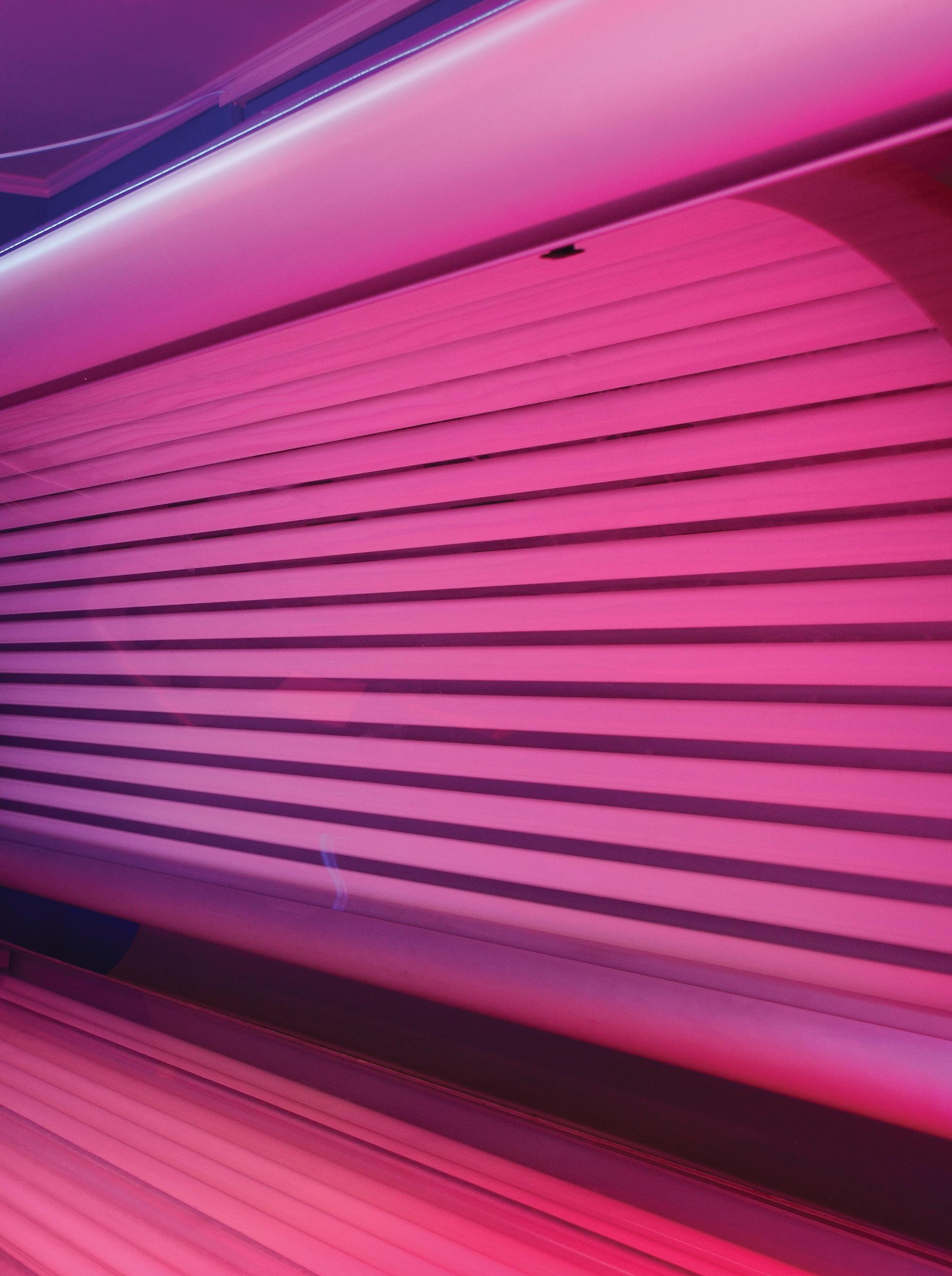

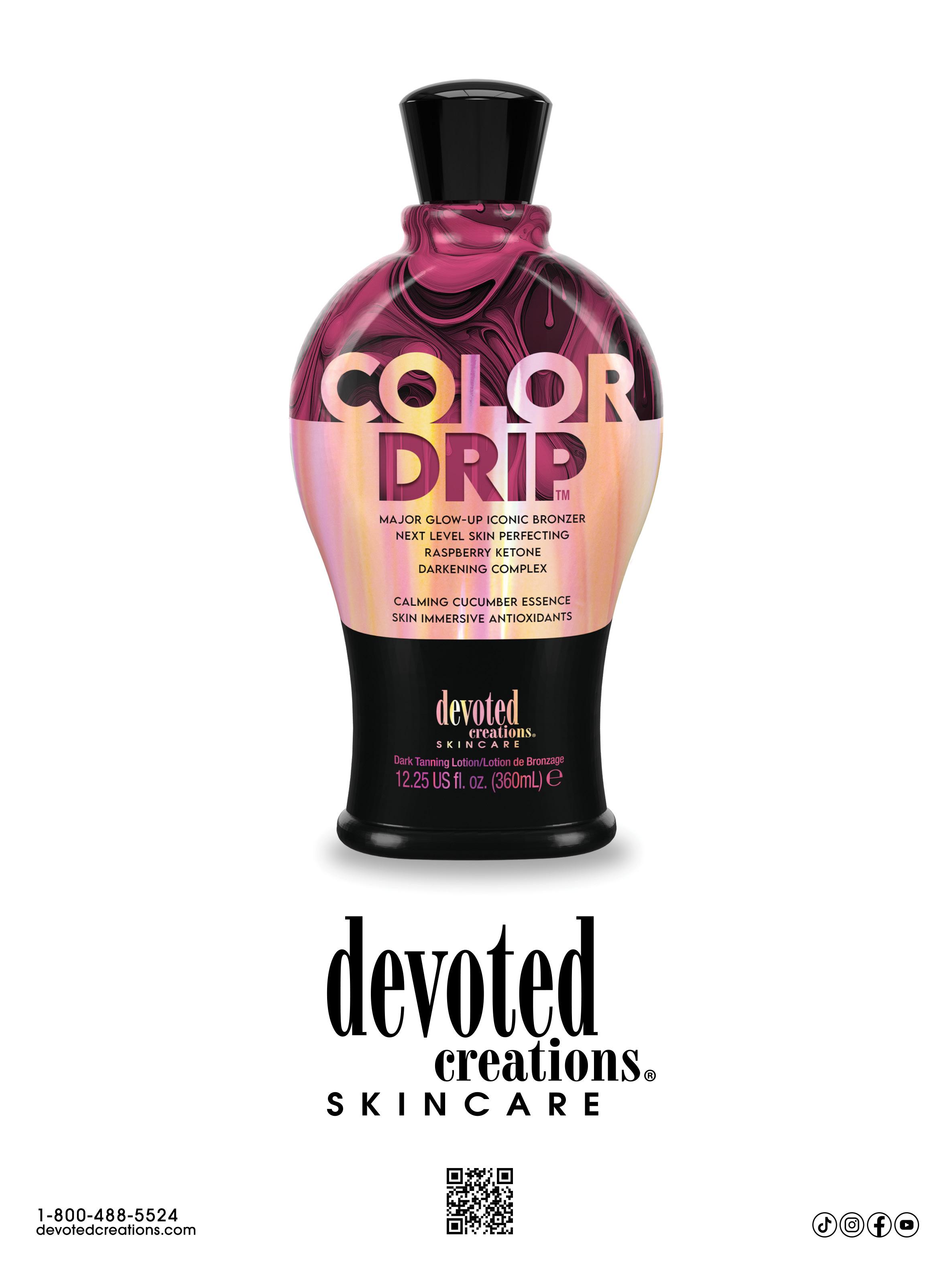

GETTING PREPPED FOR THE
TAN
Ready, Set, Gen Z Influx
BY STEVEN LABRUNA
I’ll be blunt: I can be a bit of a stereotype at times. I’m half-Italian. I’m a DJ. I live by the Jersey Shore and I do enjoy having a golden brown tan. As someone who works in the trendy, lively world of nightlife, it’s easy for me to notice the newest things hitting TikTok and nightclubs.
And man, it’s hard to ignore the writing on the wall: tanning is IN.
The Rise Of Trendy Tanning
Did you notice a quiet uptick in younger tanning salon attendees as of late? Perhaps you noticed a subtle whiff of sunless tanner while you were grocery shopping or overheard people talking about their favorite tanning essentials while at a bar.
You’re not alone.
One of the hottest beauty trends of the year is not going to be found on makeup shelves or at your local hair salon. It’s at the tanning salon. An article in Fortune magazine recently highlighted the tanning boom, primarily fronted by Gen Z’s most fashionable people.
The article was quick to point out the numbers: TikTok has become the forefront of tanning culture today. Over 142 million posts have been made by creators with the hashtag #tanlines, with top influencers touting their favorite tanning products as part of their game.
Not Just Tanning
I don’t have to tell readers of this magazine that tanning isn’t just about baking in the sun or enjoying the surf. It’s a lifestyle and a fashion statement that comes with skin prep services, accessories, and (of course) salon memberships!
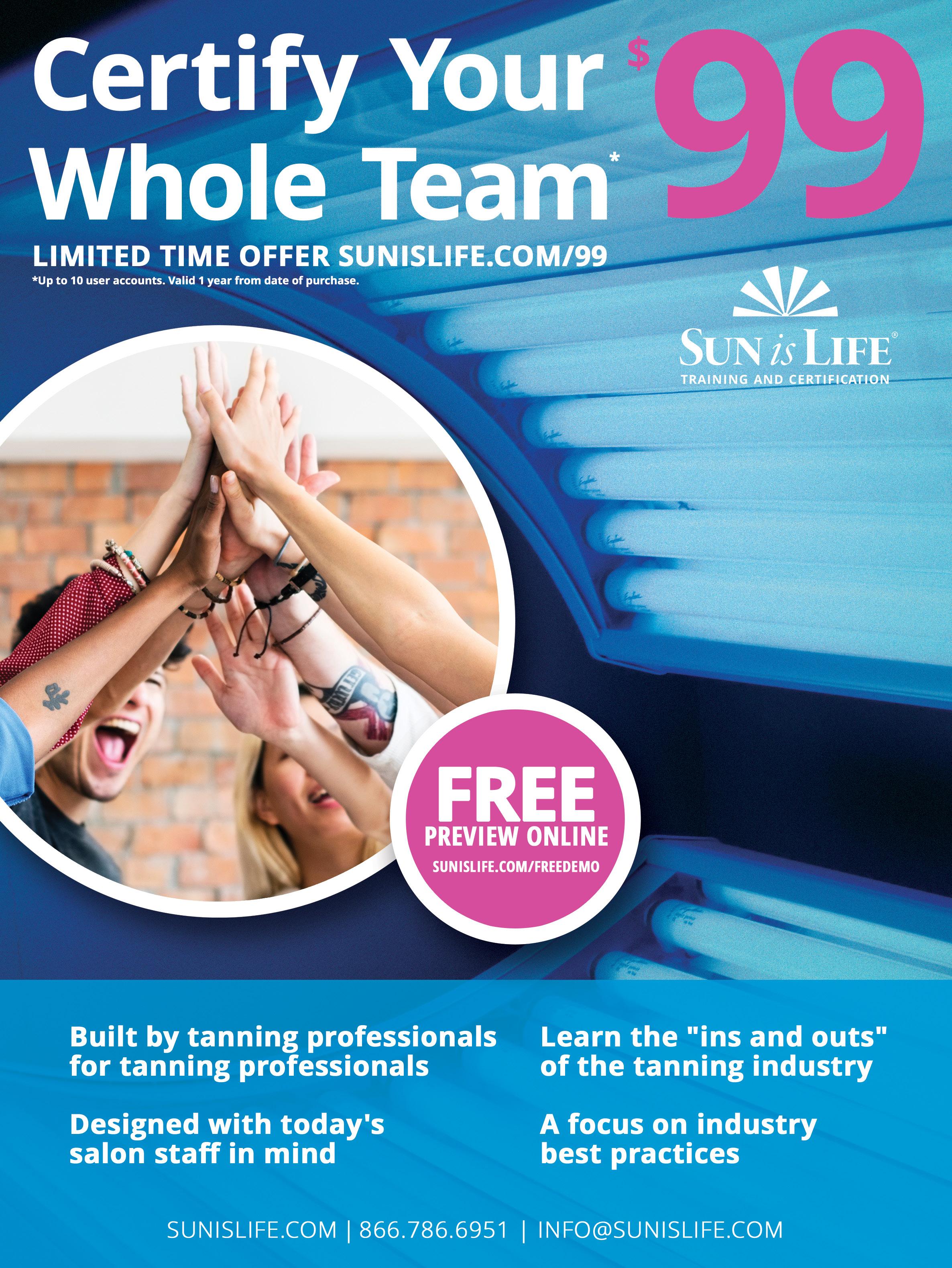

As a tanning professional or salon owner, you probably already noticed the number of younger tanners hitting your doors. It’s important to recognize this trend originated on TikTok, thanks to influencers like Kolkana.
You might as well encourage them to enjoy the full lifestyle—and that includes different services, accessories and add-ons.
Selling To Generation TikTok
In the past, tanning fads often meant salons were the instant and obvious experts. TikTok changed that. Today’s consumer is more likely to believe a favorite influencer than they are a salon professional.
When you’re selling your services and products to salon-goers, they may mention that they got their products off TikTok. Obviously, this can lead to problems—especially when it comes to the outcomes of those products.
Here is some advice I’d offer salons, if I were in their shoes:
• Mention that your products are designed to give professional results. You can guarantee the products at your counter will work well. You cannot guarantee that the products they’re bringing in will do well.
• Allow them to use the products they want to use, but offer them samples of yours. This is the easiest way to win them over. Results matter and when they compare the stuff of TikTok to the stuff at salons, the winners become clear.
• Listen to clients if the demand starts to skyrocket for certain products. Whether we want to admit it or not, there is some truth to “the customer is always right.” They are always right when it comes to knowing what they want!
• Don’t be afraid to use TikTok to gain clients for your spa. TikTok does not have to be the enemy. Having reels of “salon hacks” (such as putting stickers on your legs to create cool patterns) always
wins people over. It also gives you visibility with the people fueling the tanning craze right now.
• Yes, influencer marketing can work for you. Influencers are popular marketing tools in the modern world because they work. Fans listen to (and trust) influencers. You might as well find local celebrities to tour your location.
• Add discounts that fans can only snag from TikTok. You will need to measure how much business your social media accounts can get you. Having specific discount codes linked to your social media campaigns can make that metric easier to track.
A Last Word
Let’s be honest. This is far from the first time that tanning (and tan lines) have become popular. It’s a trend that cycles in and out over the years. Right now, it’s in. You might as well work with the trends rather than try to fight against them.
Forever Summer?
Rethinking Color Branding In Tanning
BY DAVE VILLAFAÑE
When it comes to tanning salon aesthetics, one thing almost always seems to be true: owners love a summery look. As a person who has done branding work and graphic design, I know there’s a lot of love for the days of summer in this industry. It makes sense, too. Everyone associates tanning with vacations, summery days, and time out at the beach.

While there’s nothing wrong with using summer colors like gold, brown, and blue, the truth is that it can be difficult to set yourself apart from the rest of the industry via colors. In the world of graphic design, having a brand that stands out is an investment that always pays off in the future.
If you are considering a rebrand as part of your company’s move, you need to consider the color palette you want to use. Here’s my two cents on the matter.
The Tried And True Color Palettes
Colors: Brown, gold, yellow, tan, green, blue
When designing a “tan brand,” certain colors just make sense. Generally speaking, colors that remind people of the beach or island greenery tend to be the “tried and true” color palette for people. These are the colors people have seen in tanning salons for decades—and they work.
They are summery and easy to associate with tanning. However, this is the “easy way out” of the branding conundrum because it’s what people expect and because it’s what works. While it won’t look bad or out of place, this palette can make your salon a little forgettable if you’re not careful.
The best way to remedy the issue of being another face in the crowd is to have a truly memorable, fun, or unique brand. For example, Tiki Image is known for having a “tried and true” color palette, but they keep things unique with a classic, retro-chic tiki theme that appears on their branding.
My Verdict: It can work well for you, but you may need to put in extra effort to stand out in a crowd. With that said, it’s “tried and true” for good reason… It works!
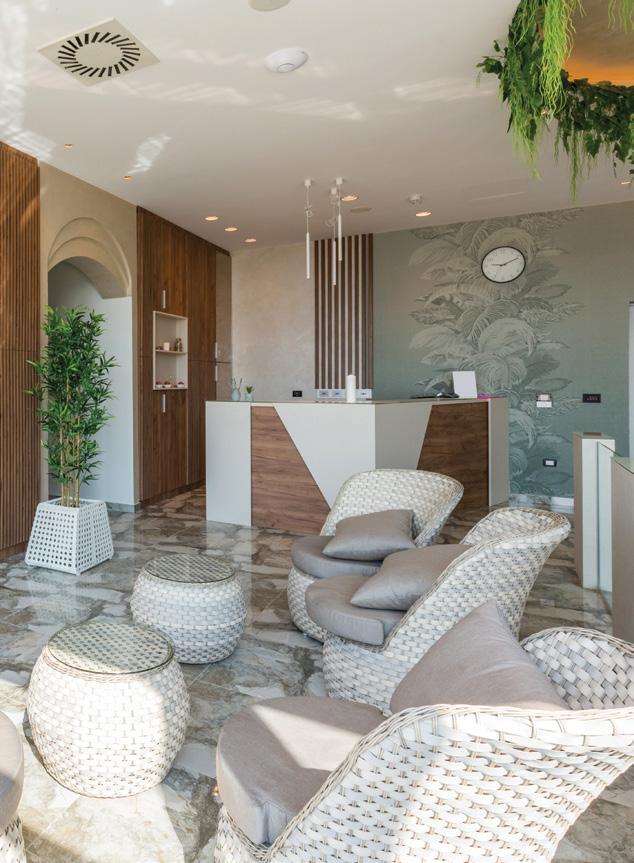
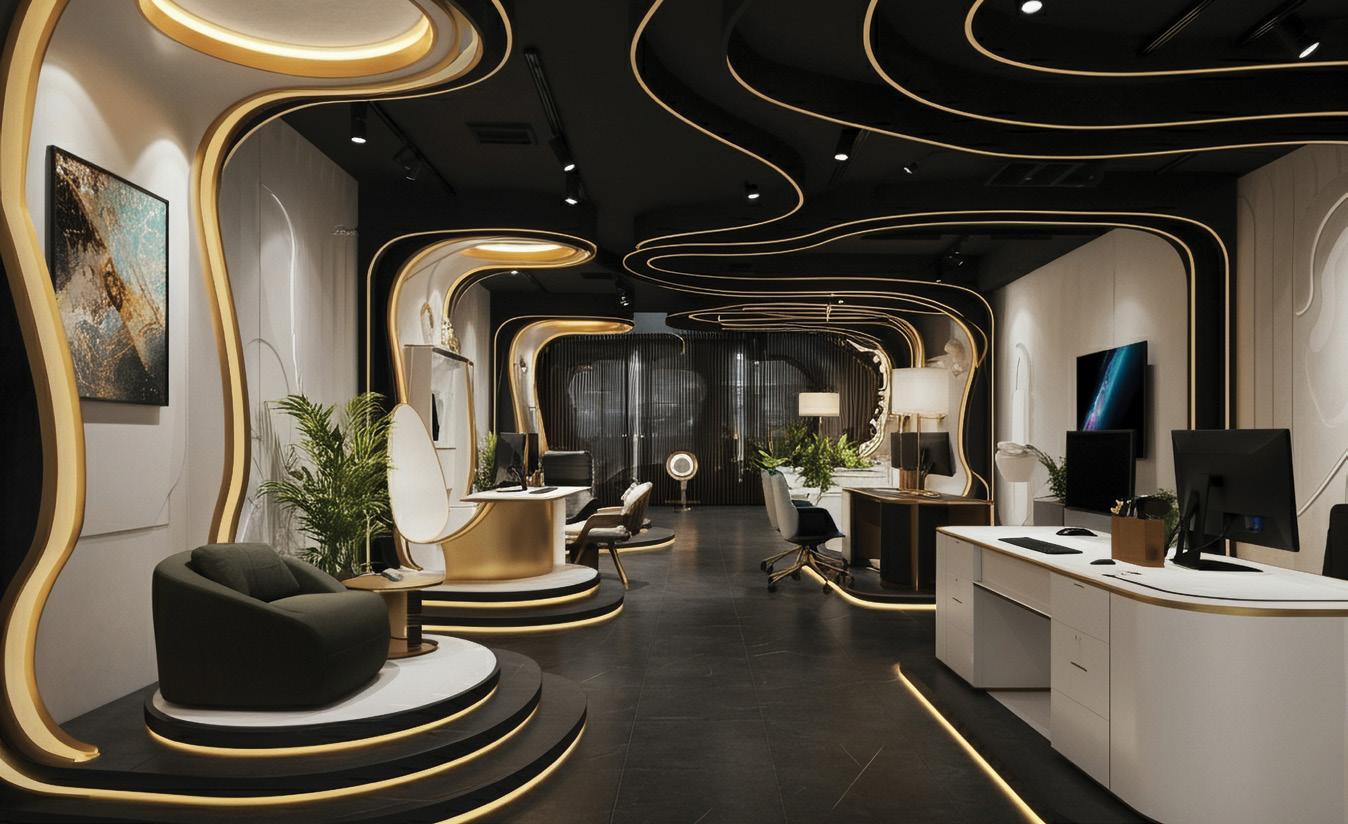
The Ultra-Luxe Look
Colors: Gold and Black
This is a newer twist on the “tried and true” branding, but there’s a twist. This is a brand color scheme that features only two colors—and you’ve likely seen brands with this color scheme in a wide range of different industries.
You may have seen it in nightlife, on the calling cards of one of those ultrachic “social clubs” that are all the rage. In the world of cannabis marketing, the gold and black palette started to take off as the standard look of luxury smoking items. The same can be said of wines and champagne brands. It’s also become a favorite among luxury gyms, too.
In many cases, it’s also a brand that comes with fancy cursive writing or bold, blocky prints. I wouldn’t be surprised if you can already recall a couple of logos that already match this description perfectly.
The problem with the generic UltraLuxe palette is that it’s everywhere. You can’t even tell what industry it is when you look at the branding for it anymore. If you want something luxurious, you might want to reconsider this option.
My Verdict: This color palette is wildly overdone across a wide range of
different industries, to the point where using this palette can end up harming your ability to brand your company effectively. People are starting to see this as a color palette for “faux luxe” items, and perhaps, rightfully so.
If you currently use this brand color palette, it may make sense to keep it if you’re already widely recognized in your region. With that said, it may make more sense to go through rebranding by adding a third color or switching out black for a different color.
Bright And Neutral
Colors: A neutral color (black, beige, white, grey) paired with a bold color like hot pink, neon green, fire engine red, or an ombre gradient of two bold colors.
In a world that seems to be totally fixated on neutral, muted colors, seeing a splash of bright colors is a breath of fresh air. Bright colors have a lot of perks, branding-wise. They offer an upbeat, friendly, and fun touch to a brand’s color palette. They’re also fairly eye-catching.
If your brand features one specific bold color as its main portion of branding, it’ll likely become one of the most recognizable parts of your brand’s presence. A good example of this is Glo Tanning, with its iconic white and pink palette.
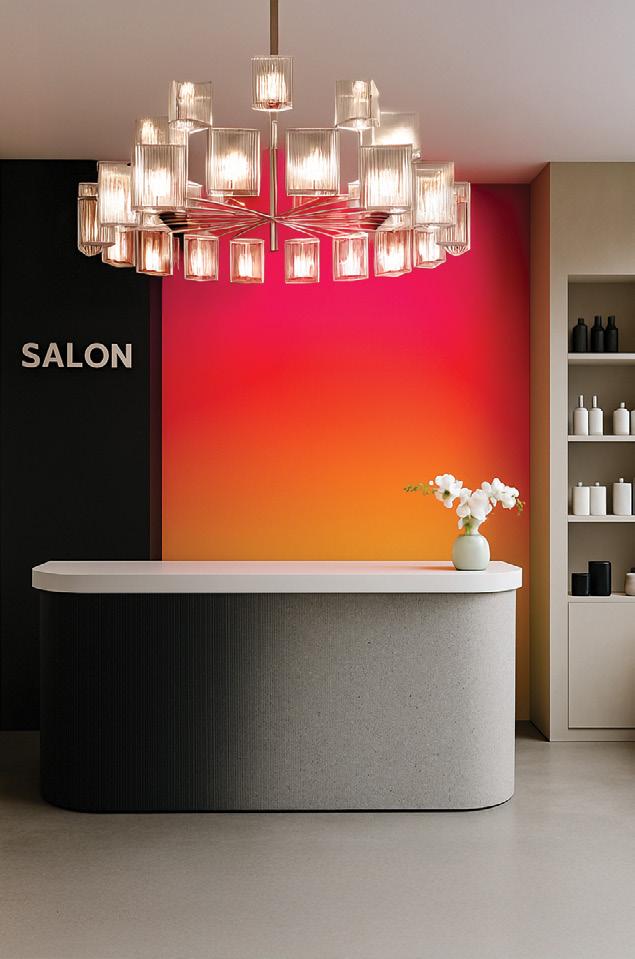
Of course, there are some more “generic” bold and bright combinations that are popular in salon-adjacent industries such as spas. White and green, for example, is popular among techy, organic spas as well as medspas.
The color green is associated with freshness and health, making it an obvious choice for venues that prioritize wellness. If your tanning salon is poised to become a local wellness center, adding a splash of green might make a lot of sense.
The best part of this is that you don’t even have to select colors that are heavily linked to sunlight to make it work. Turquoise and white, or a turquoisegreen gradient would also look great as part of a company’s brand kit, too.
The Verdict: If you’re looking for a way to add a modern twist to your salon’s brand, this is the way to do it. Bold colors, bright hues, and adding shades that “pop” will grab attention and also help you stand out in a crowd.
With most other branding palettes, the main focus of the brand will be the logo and font. If you choose a bold color as your main palette choice, this may not always be the case. Rather, your brand’s focal point might be the color itself rather than any graphics or fonts you might choose.
Black And White
Colors: Black and White
Of course, the other major trend you can choose is to opt for a black and white motif. It’s a great pick if you want to save money on business cards, if you want to make your salon’s brand print-friendly, or if you want it to be as timeless as possible.
Black and white is bold. It’s perennially modern. It’s timelessly chic and will always get the nod of approval from
the fashion industry. If black and white was a clothing item, it’d be the “Little Black Dress” of branding.
However, this branding set has the same issue that other common palettes have: it can be easy to get lost in the crowd. Once again, you may have to work to find the right logo or font to set you apart if you choose to go without color in your brand kit.
The Verdict: Black and white never go out of style. This color scheme also has the quiet perk of being the most affordable in terms of printing, too. However, you may struggle with standing out in a crowd.
Thankfully, you can avoid that pitfall by hiring the right graphic designer and marketing gurus. After all, it’s their job to make sure that your brand pops, isn’t it?
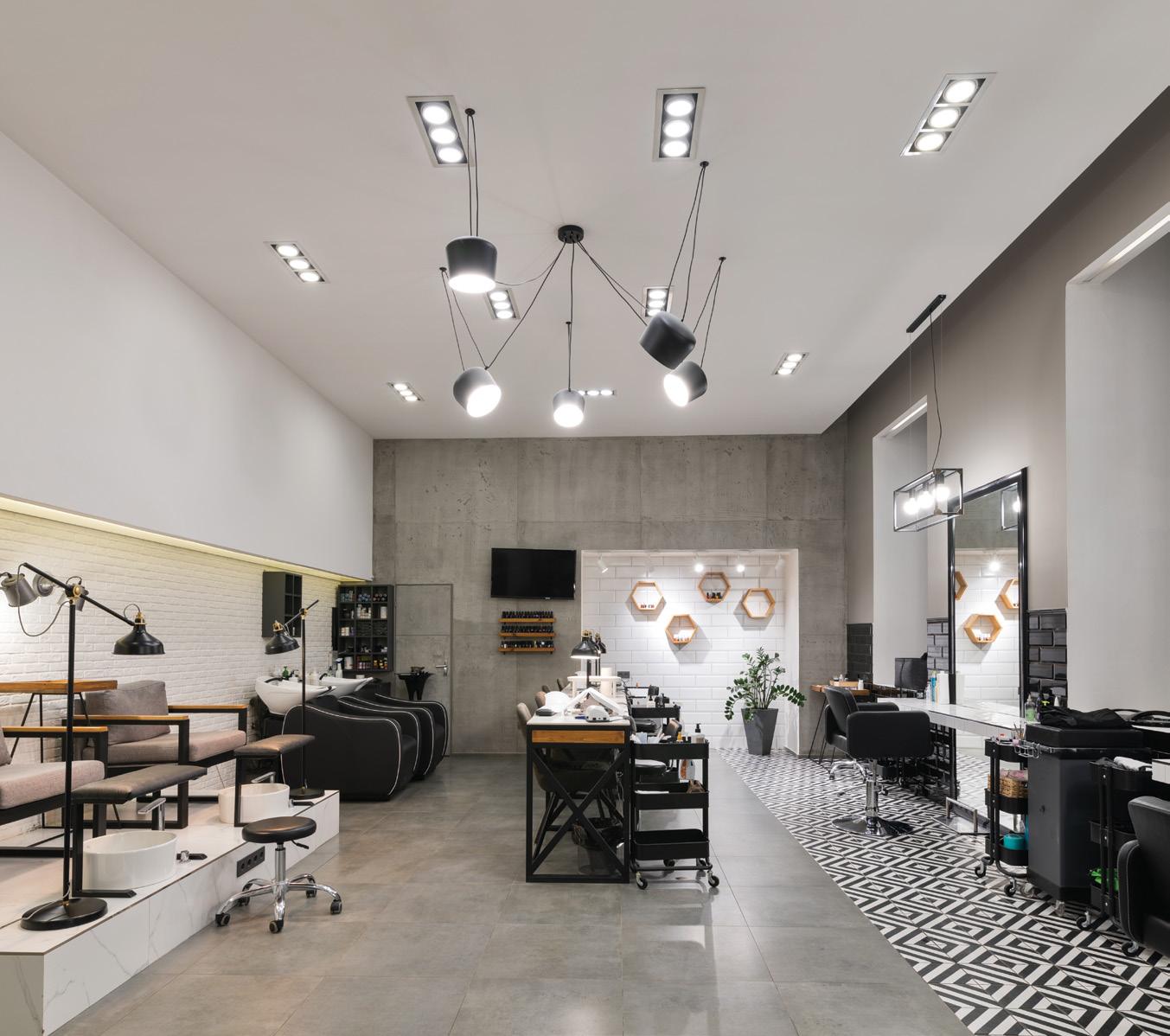
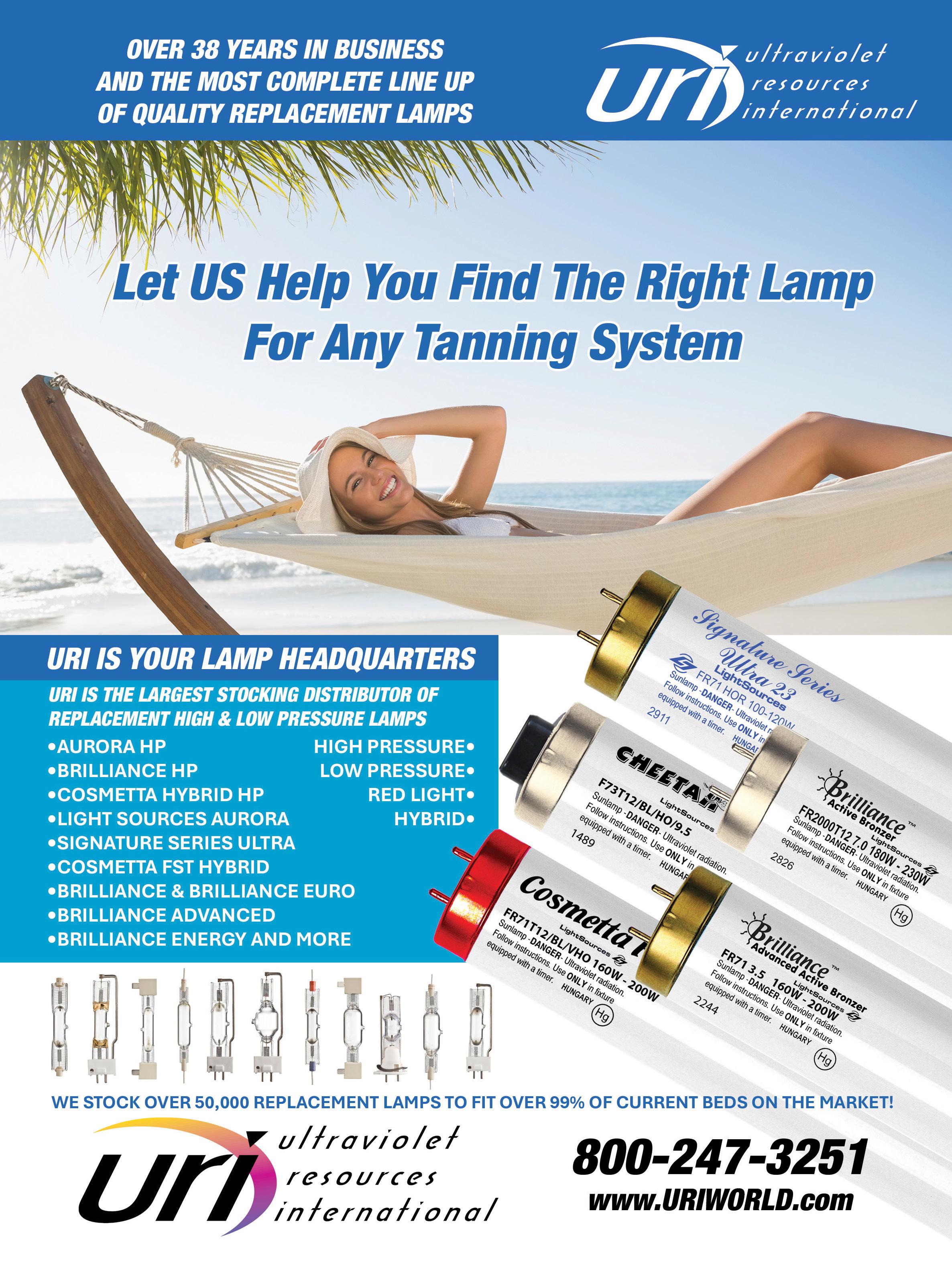


Sales Attitude and Paycheck Correlation
BY SAM NEELEY

Understanding The Dynamic
Did you ever notice that topperforming salespeople tend to have a certain personality in common? It almost feels like they talk the same talk, walk the same walk, and see things differently than their clients do. Unlike what others might say, it doesn’t always feel predatory or shark-like. Rather, it’s always very excited energy.
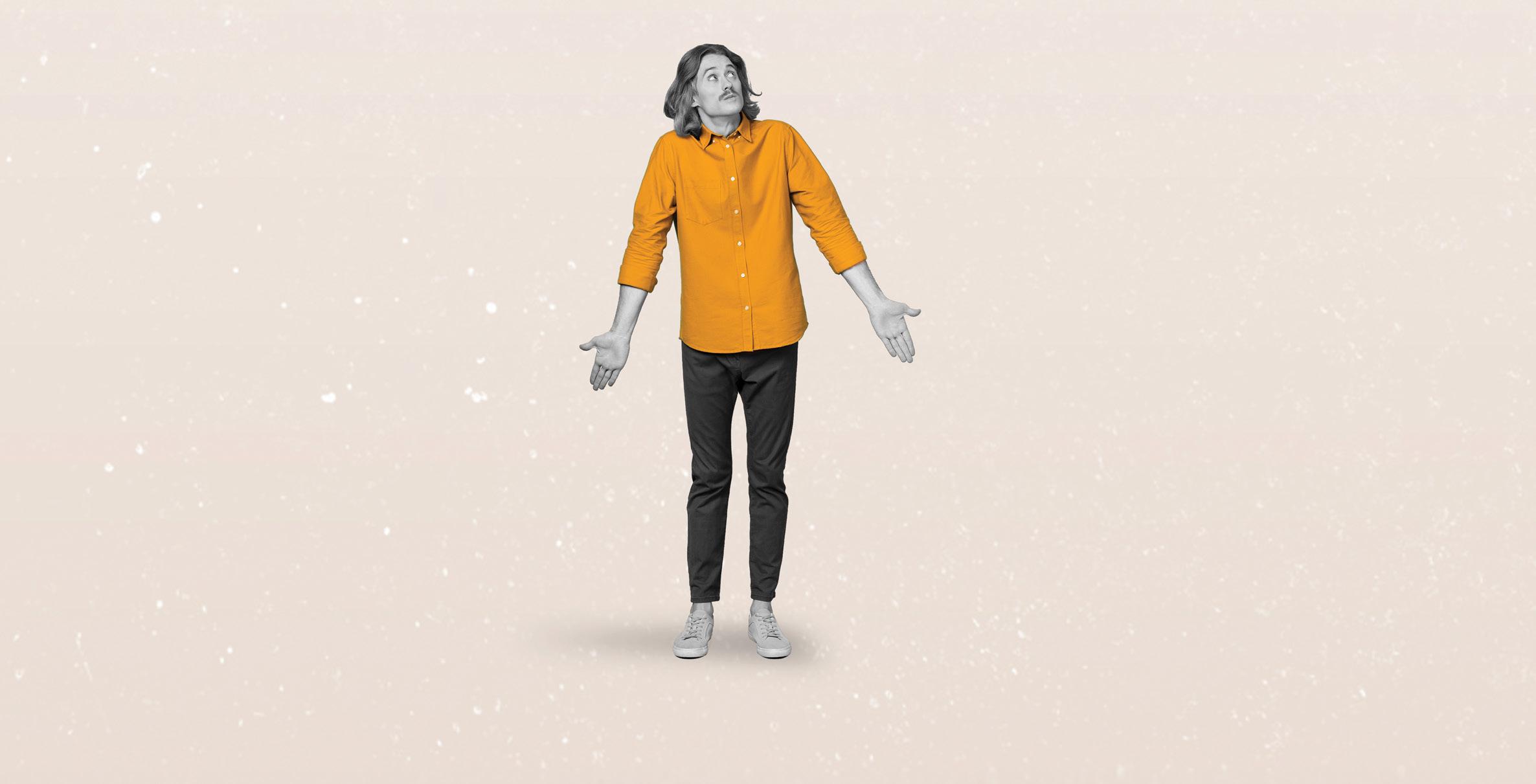
If you’ve noticed it, it’s not just you. A direct correlation exists between a salesperson’s attitude and energy and their earning potential. The level of enthusiasm and positive approach brought to the sales role often mirrors the size of the paycheck received.
Key Components
Before we get into the tie between a high sales paycheck and their personal traits, let’s define two major words you’re going to see a lot in this article… Attitude and Energy. You might have heard people talk about others’ energy and attitudes at work. In fact, it may have even come up in your own review.
Contrary to popular belief, attitude and energy are not the same thing. People often say that you need to “change your energy” to see results, but in many cases, it’s a sign that you need to change the way you see your world. Meanwhile, a lot of people written up for a “bad attitude” just don’t have much enthusiasm for their jobs.
Attitude
This is the overall set of beliefs you bring with you to your work. A good attitude means you have an outlook that is both positive and realistic. You want to help others out. You want to match them with the best products.
• A positive mindset is essential for overcoming rejections and maintaining motivation.
• Belief in the product or service strengthens conviction during pitches.
• Resilience in the face of challenges is vital for long-term success.
Energy
Maybe it sounds a little “woo woo,” but energy is more than just enthusiasm. It’s the amount of effort and the way you show your enthusiasm during a sale. People pick up on energy more than they tend to pick up on attitude.

• High energy translates to passionate communication and engagement.
• Proactive efforts to connect with prospects and follow-ups demonstrate commitment.
• Consistent enthusiasm builds trust and rapport with clients.
The Paycheck Reflection
Now, let’s get a little more scientific with the way that we take a look at things, shall we? The effort invested in cultivating a positive attitude and high energy levels always impacts sales performance.
People who are engaged, happy, and understood are people who buy more.
Great salespeople tend to help connect people with the right products and also know when to overcome common obstacles. More often than not, those obstacles are overcome with the right energy or persistence.
So what does this mean in terms of a paycheck? It’s simple. Companies pay their “rainmakers” more. For the seller, increased sales result in higher commissions and bonuses, illustrating the connection between these elements and compensation.

Correlation Table
Enhancing Sales Performance
As you can see from my chart, certain personality traits definitely lead to better sales. But you just have to “have that trait,” right? Not quite! It’s possible to cultivate certain personality traits as long as you put in the right amount of effort into doing so. These tips below can help way more than you’d expect.
Surround yourself with positive people.
Positive people tend to get good sales because they offer relaxed (but happy) energy that people enjoy interacting with. In other words, they don’t treat people like a potential sale. That type of behavior comes from an attitude of scarcity.
This may be hard for you to do at first, especially if you’re in a tight bind financially. Surrounding yourself with others who are happy to be there, happy to help others out, and optimistic about the future will help quash that negativity,
Keep learning.
Great salespeople keep learning and take note of when something isn’t working. Rather than focus on the failures, they view it as another opportunity to get better. If you’re stuck, make a point of asking for training from someone who you respect or trust.
In a lot of cases, the right training can help with both your energy and your attitude. After all, salespeople who have confidence in their work tend to have more upbeat, passionate, and assertive energy. That’s the type of energy that gets people buying!
Come up with reasons to be grateful.
Gratitude?! In your sales routine?! Believe it or not, there’s actually a lot of sense to this. We tend to bring a lot of our life biases into work with us, even when we don’t want to do it. We’ve all heard stories about people who were always glum, even when great things happened at work. That’s often because of past trauma or a bad backstory.
Sometimes, you need to fix your hangups by taking matters into your own hands. A gratitude journal is a good way to encourage yourself to see all the little things that make your life good. With gratitude comes a positive change in attitude as well as better expectations for yourself.
Learn to ramp yourself up and celebrate!
Did you ever see athletes before a big game? A lot of them have their own little rituals they do before they hit the game’s actual playing field. While some of this is superstition, other parts of it involves getting themselves pumped up for the big game.
If you tend to be a “still waters run deep” type of person, it might make sense to learn how to loosen yourself up, work up your energy, and get pumped for the day. (Or, you know, just grab an extra cup of coffee.)
On a similar note, it’s good to celebrate the small wins. They make a difference, too!
Conclusion
A positive attitude and high energy are not just desirable traits in sales; they are fundamental drivers of success and financial reward. Sales, at the end of the day, is a “people” job. If you have the type of energy and attitude people like, you’ll see it reflected in your paycheck. It’s just that simple!
Filtered Sunlight
The $40 Billion Bottled Water Lesson for Tanning Salons
BY QUINN COOPER

In recent years, conversations around the benefits of sunlight have resurfaced in both wellness circles and mainstream media. As more people rediscover the connection between light exposure and well-being, tanning salon owners have a unique opportunity to reframe how customers think about indoor tanning — not as a replacement for sunshine, but as filtered sunshine
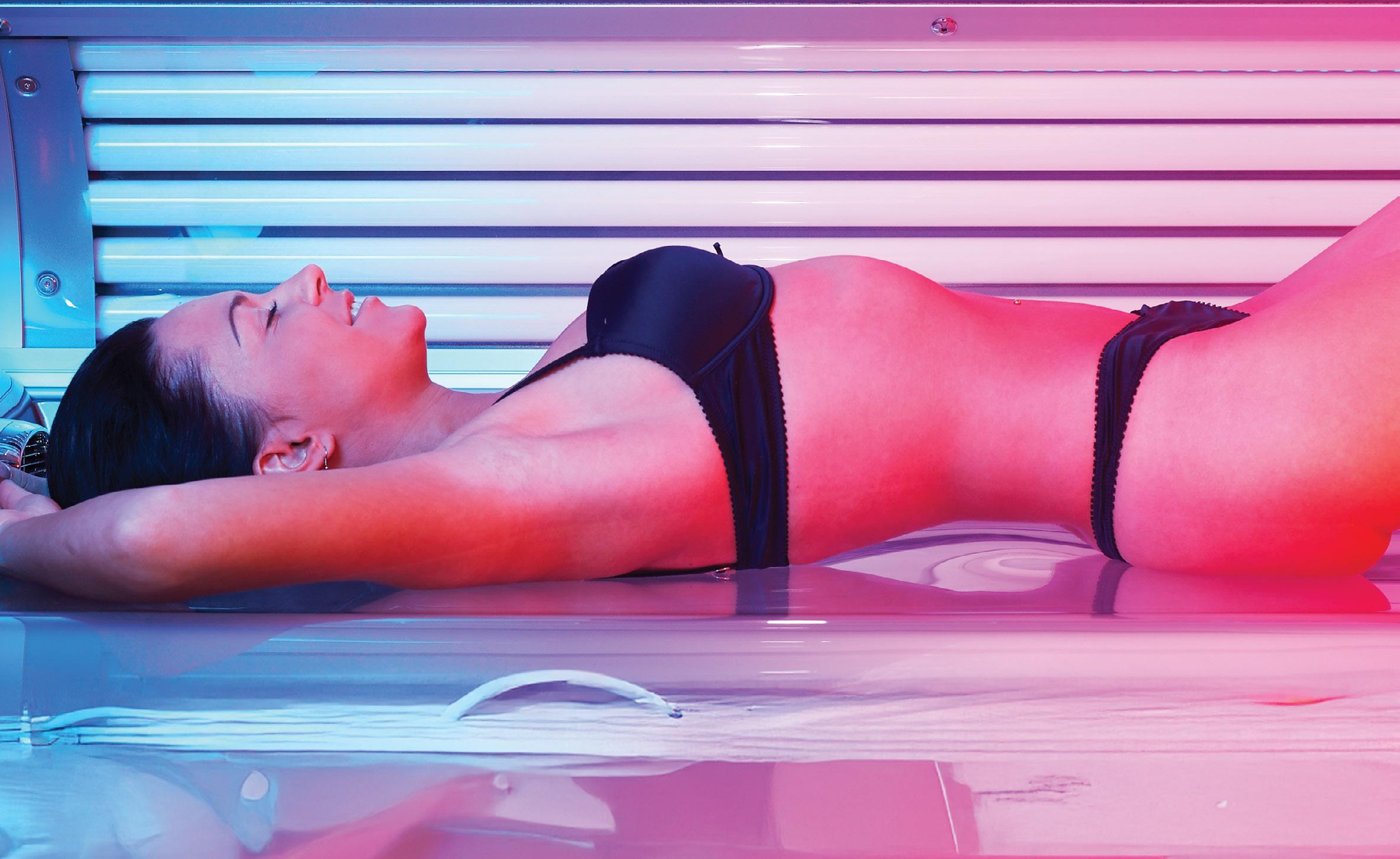
PRO
TIP FOR SALES TEAMS:
“Think of our UV sessions like bottled water. Most people have access to sunlight, just like tap water — but they still choose bottled water for the consistency, convenience, and quality. Our tanning beds provide that same kind of controlled, professional sunlight — safely monitored, measured, and available year-round.”
We know sunlight plays a role in elevating mood, regulating sleep cycles, and supporting vitamin D production. Even brief exposure can boost focus, energy, and that unmistakable “feel-good” sensation people experience after time outdoors.
But not everyone has year-round access to controlled sun exposure. Weather, geography, busy schedules, and seasonal shifts often get in the way. This is where our industry steps in.
Filtered Sunlight: A Modern Convenience
Think of UV tanning like bottled water.
Nearly every American household has access to tap water, yet bottled water is a $40+ billion industry — and growing. Why? Because people value consistency, convenience, and the perceived quality of a filtered, controlled product, even when the basic version is readily available for free.
Indoor tanning works on a similar principle. While natural sunlight exists, professional UV tanning offers a measured, consistent, and controlled version of that exposure. Instead of relying on weather or travel, today’s tanning technology
allows clients to enjoy carefully timed and monitored sessions in a professional environment — essentially, filtered sun .
Shaping the Conversation
As salon owners, we have the chance to update how we talk to clients. Instead of focusing only on cosmetic results, we can explain how indoor tanning offers controlled access to certain benefits of sunlight — especially for those looking to boost mood, energy, or simply enjoy a dose of light during darker months.
Consumers are already comfortable with filtered, refined, and packaged versions of nature — whether it’s bottled water, purified air, or fortified foods. Framing UV tanning as “filtered sunlight” fits naturally into this way of thinking.
The Opportunity
The next time you or your team discuss UV sessions with a client, consider language that positions your services as a professional, convenient way to experience controlled sunlight. This simple shift in messaging helps clients think differently about tanning — and may open doors for stronger customer connections without overpromising or making medical claims.
Treat y -where relaxation

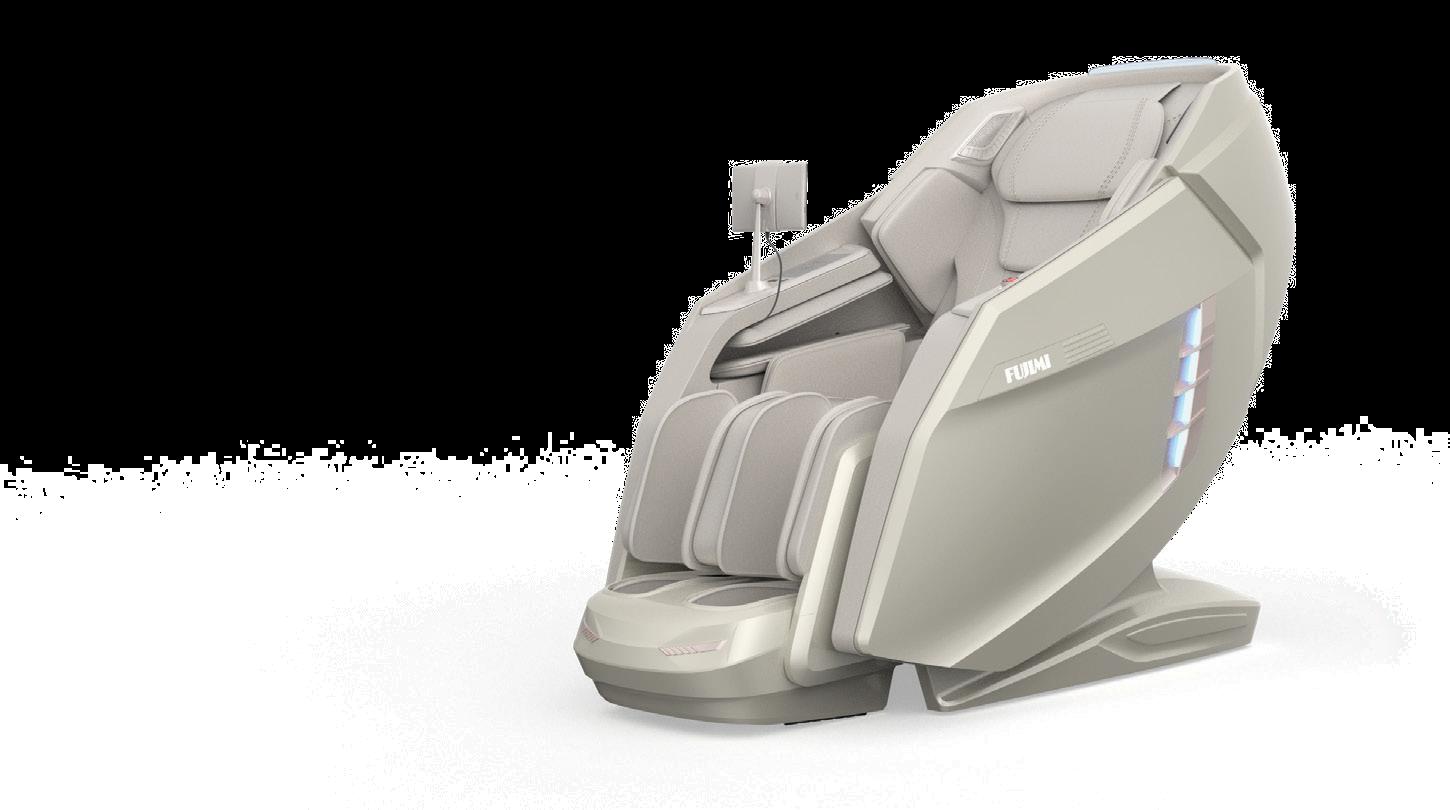
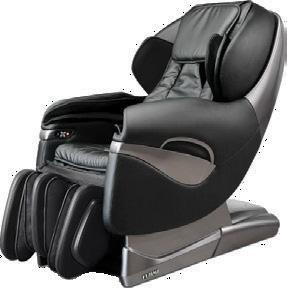
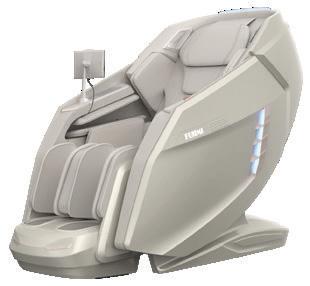
Indulge yourself in unparalleled comfort with our exclusive promotion on the Fujimi Luxury Massage Chairs! Introducing the EP9000MAX and EP7000S models, designed to bring the spa experience right to your home or business. Elevate your relaxation with advanced 3D massage technology, customizable settings, and heated therapy options for a truly transformative experience. Enjoy soothing massages with a sleek design, zero gravity recline, and a variety of invigorating programs to relieve tension and rejuvenate your body.
Don’t miss this opportunity, take advantage with the information provided below.

Salon Profitability Starts Here Operating Cost Calculator
BY QUINN COOPER
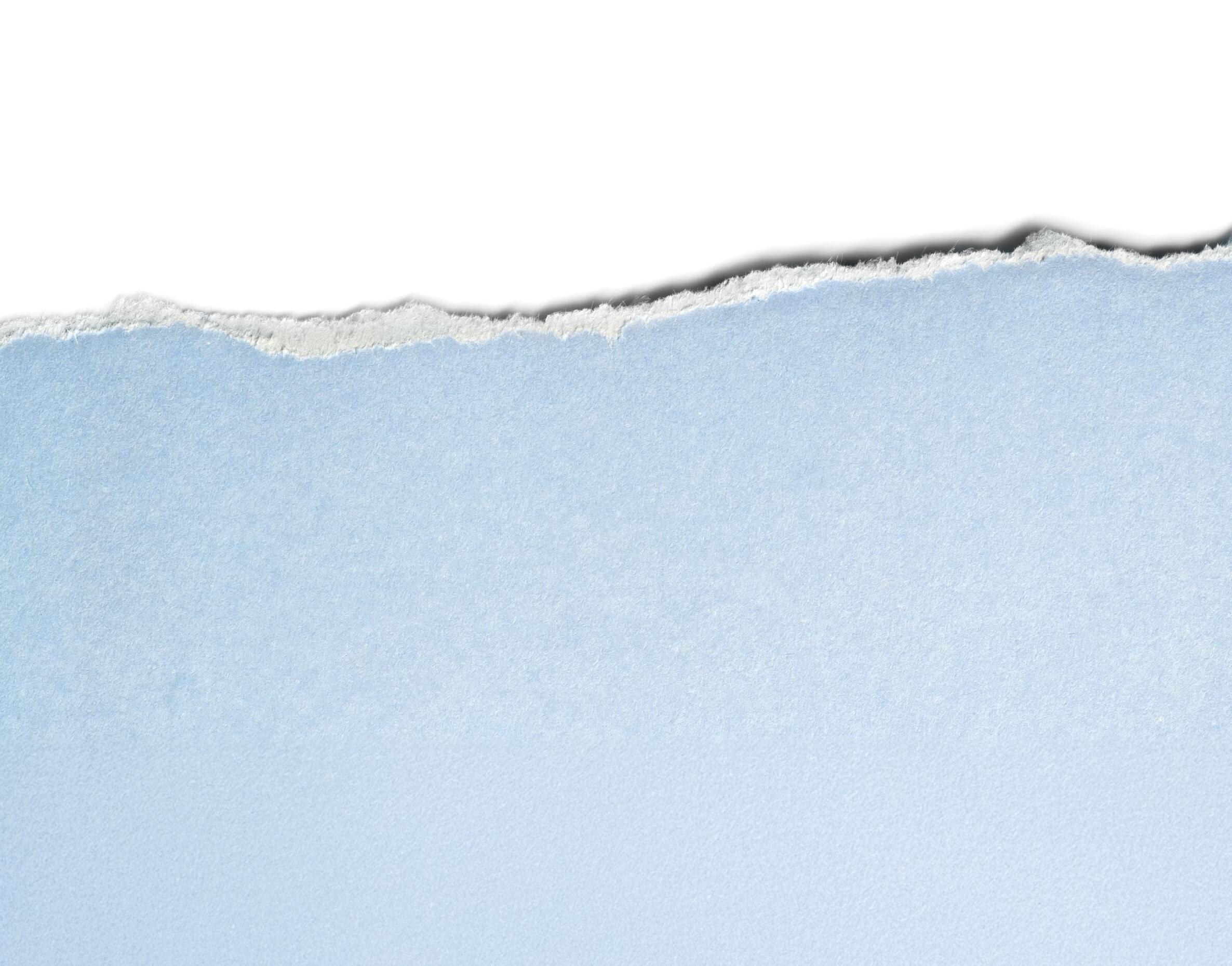
Facility Overhead (Lighting, HVAC, POS, Laundry, etc.)
Every salon also has non-tanning equipment that consumes significant power:
• HVAC (often your #1 draw)
• Lighting (interior, exterior, signage)
• Computer systems, music, security, POS
• Laundry (washers, dryers, hot water)
Industry rule of thumb: Add 25% overhead to equipment costs to cover these expenses.
Overhead Calculation Amount
25% of $1,000 $250
Overhead $250 Total
Electric Cost Estimate
Use This Calculator for Additional Services
This same tool can easily be applied to estimate costs for other high-end services:
Additional Service Type
Sauna Pods / HydroPods
Infrared Saunas
Traditional Saunas
Cryotherapy Systems
Typical Monthly Energy Cost (per unit)
$50 – $80/month
$50 – $100/month
$75 – $150/month
$150 – $300/month
These numbers reflect full daily operation based on typical commercial use in the wellness sector.
Why This Matters for Franchisees
• You can now confidently project your operating costs before opening.
• You can build membership pricing models that account for your real costs.
• You avoid profit erosion when energy rates rise.
• You’ll better evaluate equipment upgrades and add-on services.
Understanding Triple Net (NNN) Expenses in Retail Centers
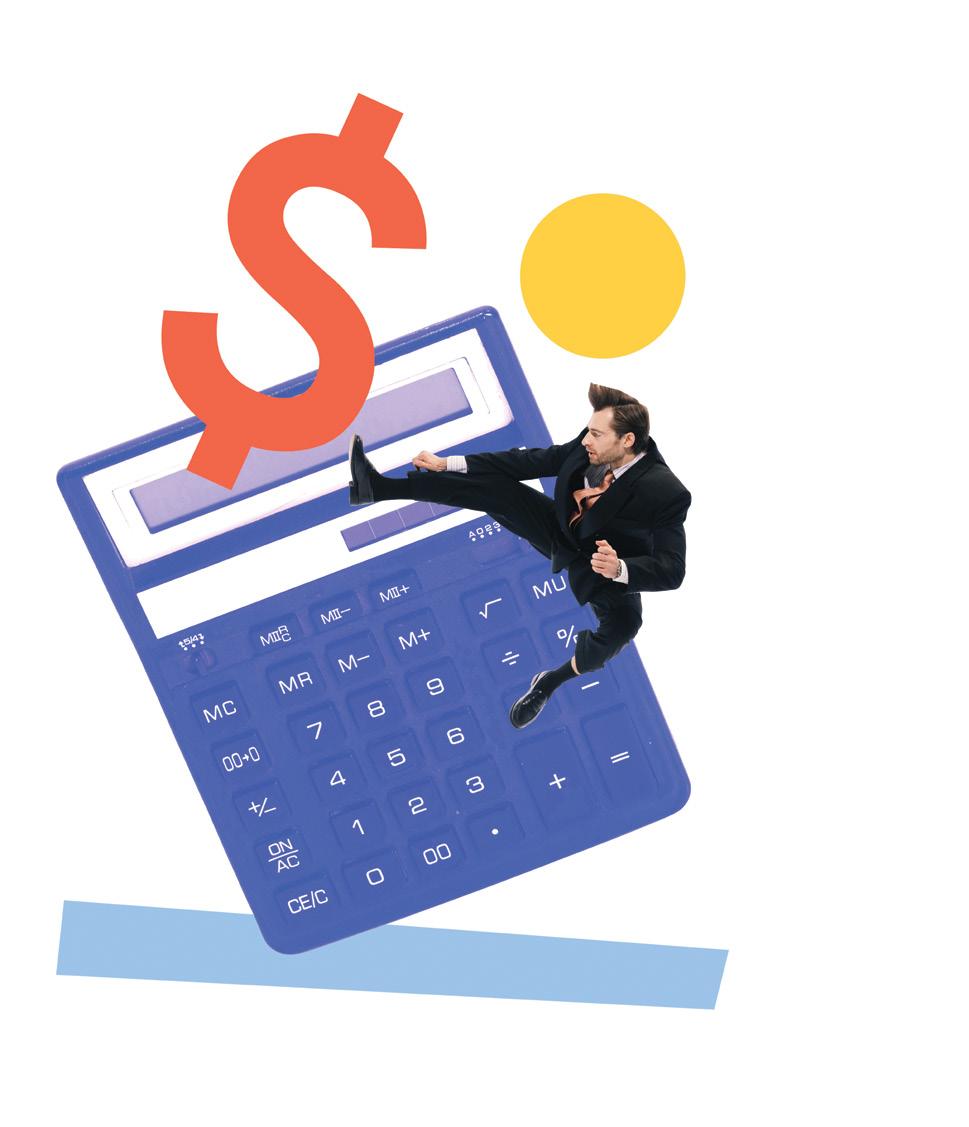

Many salons are located in shopping centers where landlords charge Triple Net (NNN) rent. This means:
1. Base Rent: Your agreed lease rate (e.g. $25/sq ft).
2. Taxes: You pay your share of the property’s real estate taxes.
3. Insurance: You pay a portion of the landlord’s property insurance.
4. CAM (Common Area Maintenance): Fees for maintaining parking lots, landscaping, snow removal, security, etc.
Triple Net = Base Rent + Taxes + Insurance + CAM
Electricity may NOT be part of Triple Net.
In most cases, tenants pay their full electric bill directly, but some landlords may include utility charges (especially common area power) as part of CAM or a utility reimbursement charge. Always review your lease carefully to determine exactly how utilities are billed.
Salon Profitability Starts Here
When you know your real costs — in dollars, not estimates — you build a salon that is scalable, predictable, and highly profitable. Every successful Salon starts with this kind of financial clarity.
Crossword Puzzle
SPRAY IT TO ME!

ACROSS
1. A name for additives that enhance or accelerate a sunless tan.
6. The best sunless tans will be , or free of odors.
9. The full spelling of DHA.
10. Another way to say a tan that doesn’t involve UV.
11. DHA bonds to acids to produce the tan everyone loves to see.
DOWN
1. Both a makeup item and a spray tanning additive.
2. To scrub away dead skin, often done to prep for a sunless tan.
3. Make sure to your skin by applying a moisturizer, too!
4. The name for the purple-ish base used in sunless tans that aren’t brassy.
5. Yes, spray tans can be made that feature no animal products. This is also known as being or cruelty-free.
7. The name of the handheld “gun” that can be used to spritz on the sunless tanner.
8. You can extend the life of a sunless tan by applying the right tanning
Word Search
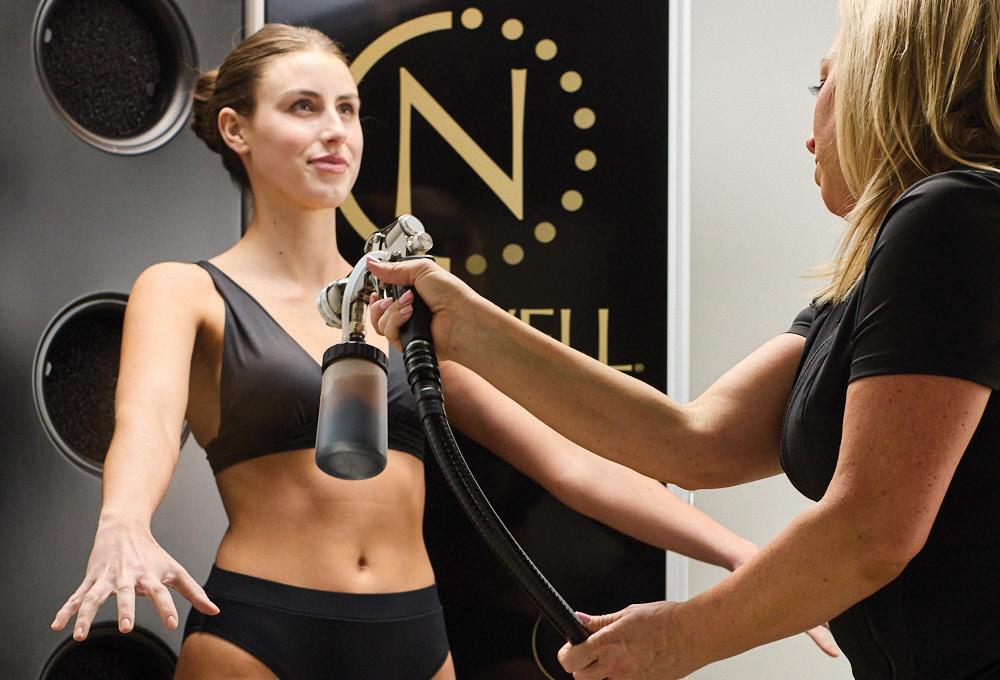
BECOME CERTIFIED WITH NORVELL UNIVERSITY
THE ORIGINAL AND #1 PROFESSIONAL SPRAY TANNING CERTIFICATION PROGRAM
PARTNERING WITH NORVELL PROVIDES THE BRIDGE BETWEEN SELF-TAUGHT SKILLS AND A CERTIFIED PROFESSIONAL SPRAY TANNING MANUFACTURER CURRICULUM.
SCAN TO SIGN UP!
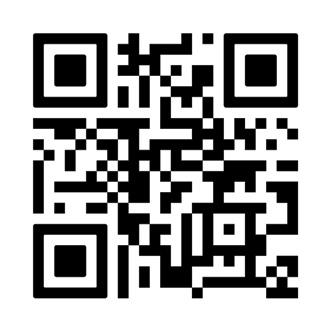
NORVELL UNIVERSITY TOUR SCHEDULE
7/13/25 7/29/25 8/17/25 9/14/25 10/19/25
Get certified with a 3-year diploma to boost staff confidence and sales, deliver flawless results and top-tier customer care every time, empower your team with expert training to maximize revenue.
ASBA SCHEDULE
7/14/25
7/21/25
8/11/25
8/25/25
9/8/25
9/22/25
10/6/25 10/27/25
VERSASPA MYSTIC UNITY®
VERSASPA MYSTIC UNITY®
VERSASPA MYSTIC UNITY® VERSASPA MYSTIC UNITY®
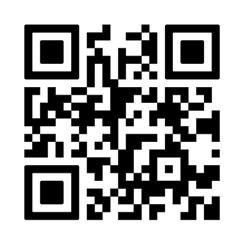
SCAN TO SIGN UP!
ORLAND, FL KANSAS CITY, MO CHARLOTTE, NC
PHOENIX, ARIZONA
NASHVILLE, TN
WINE DOWN WEDN ESDAYS
JOIN US FOR WINE DOWN WEDNESDAY AS WE CHAT ABOUT ALL THINGS SPRAY TAN BUSINESS!
THE LAST WEDNESDAY OF EVERY MONTH, 7PM EST
@NORVELLUNIVERSITY
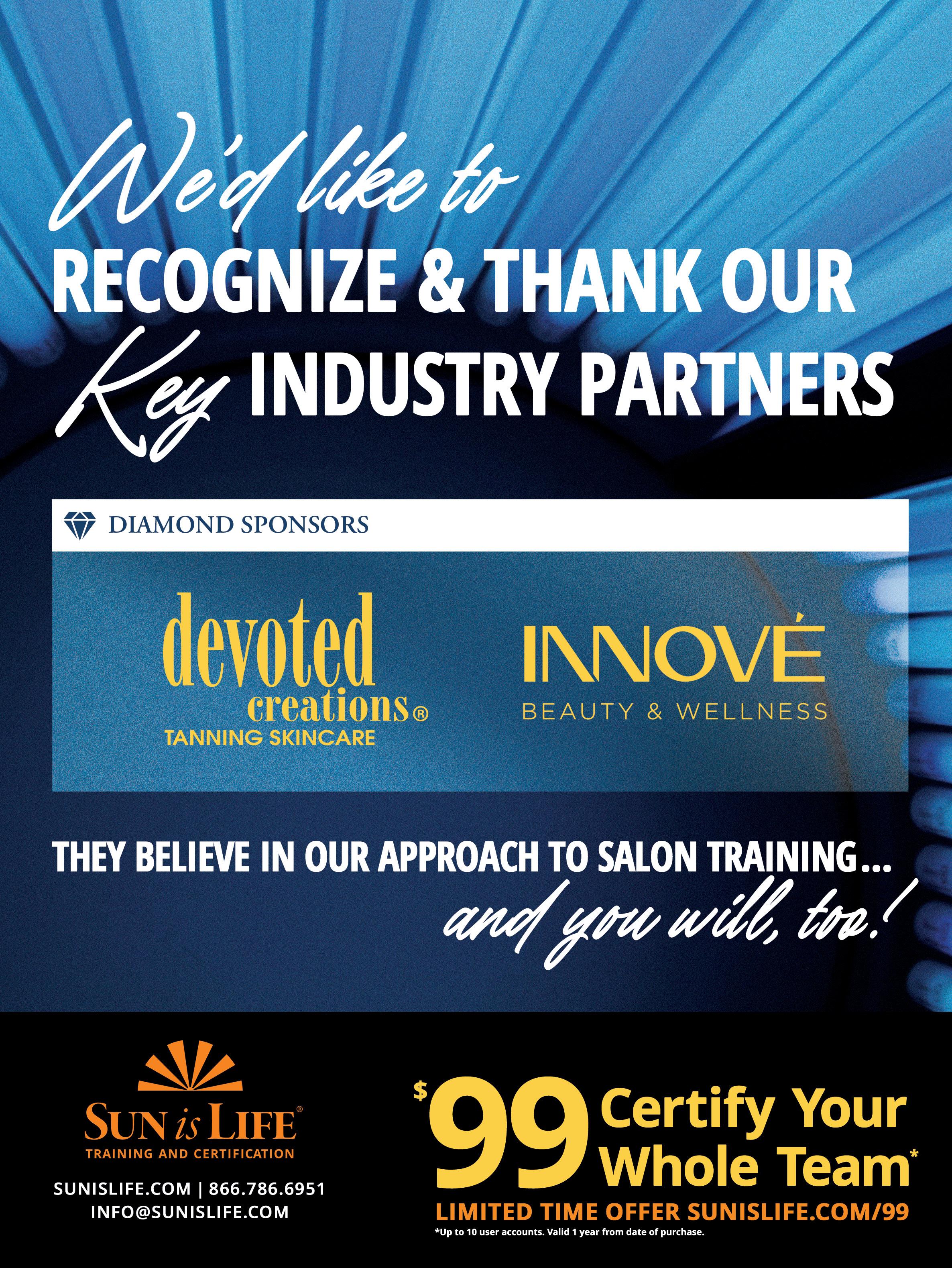
Crossword Puzzle Key Answers

Word Search Key Answers
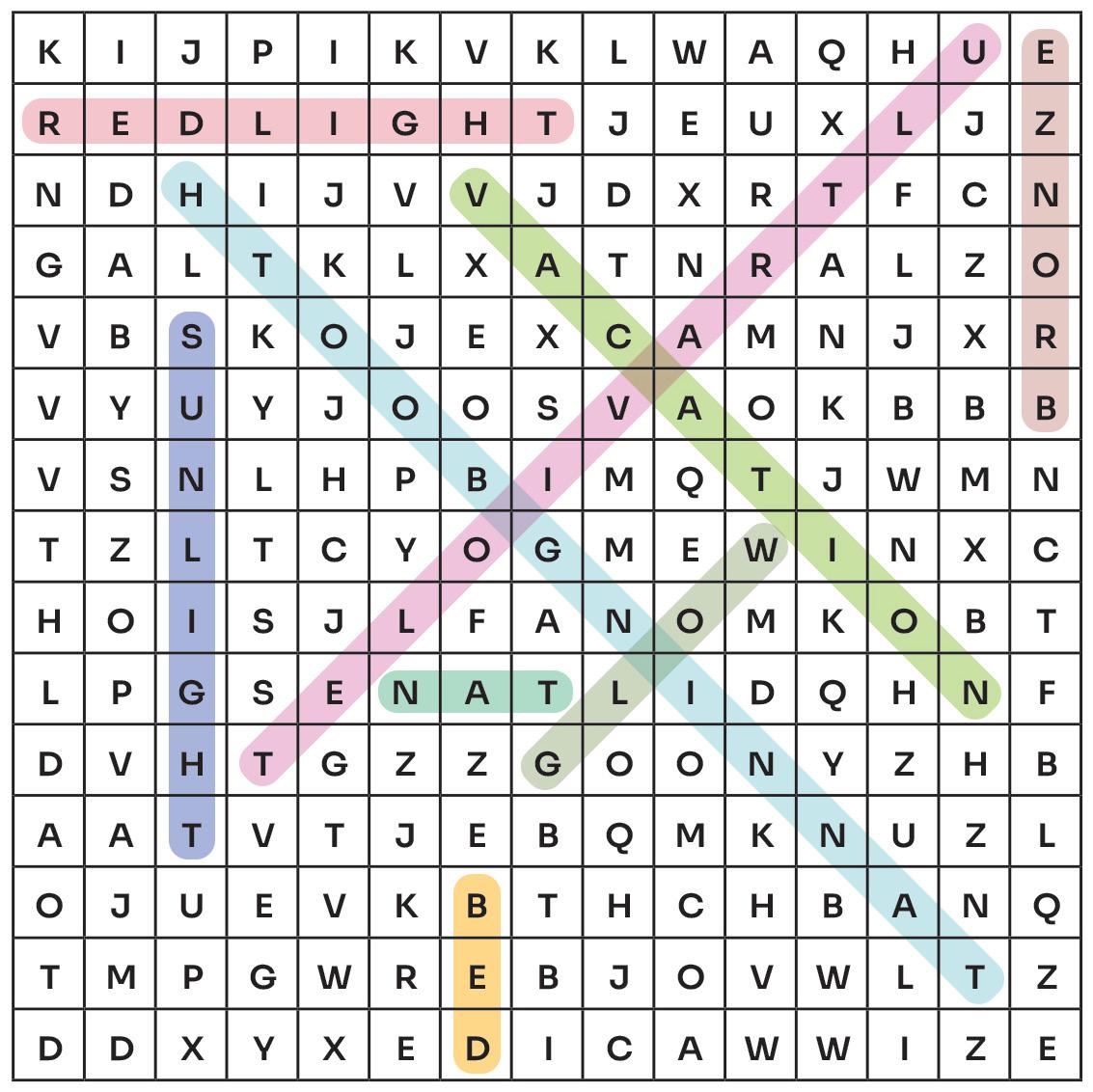
Quinn Cooper
Quinn Cooper has been a professional in the tanning industry for years, showing his passion for wellness at every turn. He is a proud Senior Account Executive of IST magazine and Sun is Life as well as being a salon owner himself.

Ossiana Tepfenhart
Ossiana is an awardwinning author and journalist with a special fondness for business, personal finance, and glamor. When she is not working as an editor, she’s working on her first anthology series alongside Poppy Z. Brite and John Shirley.

Kristin Smithers, CLT
Kristin Smithers is a board-certified Light Therapist who specializes in Red Light Therapy. When she is not writing for IST, she is educating the world on the benefits of light therapy, offering organizational training classes, and working as the owner of Sunny Shores Sun Spa.
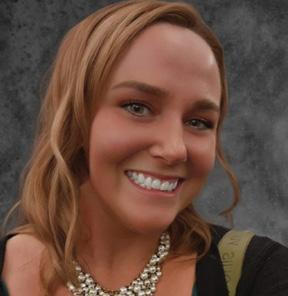
Jerry Baughman

Jerry Baughman is founder and CEO of Twilight Teeth, one of the top salon-specific teeth whitening companies in the world. He boasts over 20 years of experience in the tanning industry as well as the tooth whitening industry.
has the experts
Dr. Jim Schleckser

Jim Schleckser is the CEO of the Inc. CEO Project, helping leaders grow their companies. He specializes in the issues that fast-growth firms experience. He is also a member of the Forbes Coaches Council.
Melissa Damiani
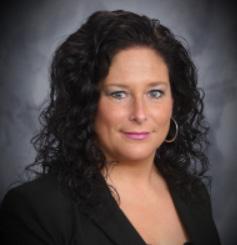
Melissa Damiani is the Sales Manager of SunLync Software, Inc. a member of the JK-North America group of companies. With the company since 2002, Melissa has served the organization in several capacities, and has extensive knowledge of all aspects required to deliver robust salon management software solutions that are designed to enable measurable growth within its users’ ever-evolving business models.
Steven Labruna

Steven Labruna is a sales consultant local to the New York City tri-state area, acting as Outreach Manager at his current job. When he isn’t working on creating better sales protocols, he’s a DJ in the underground hard techno music scene.
Sam Neeley
Sam Neeley is a truly passionate veteran of the salon and tanning world. Ever since 2000, she has been working in tanning salons. By 2004, she teamed up with Designer Skin (eventually called New Sunshine), where she rose through the ranks from a sales manager to corporate trainer to a well-known, highly respected sales director beloved throughout the industry.
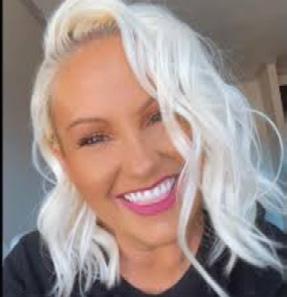
Amara Omoregie

Amara Omoregie has two decades of experience with revenue operations, sales, and marketing. She’s helped companies, ranging from startups to Fortune 500s, generate millions of dollars in capital by using her CMO approach of building brands from the inside - out. She is currently the Chief Marketing Officer of Glo Tanning.
Dave Villafañe
Dave Villafañe is a senior graphic designer from the Philippines with over 9 years of experience, specializing in print production and magazine publishing. He has collaborated on various U.S.based magazine titles, including IST Magazine, showcasing his expertise in layout design, editorial aesthetics, and production-ready artwork.

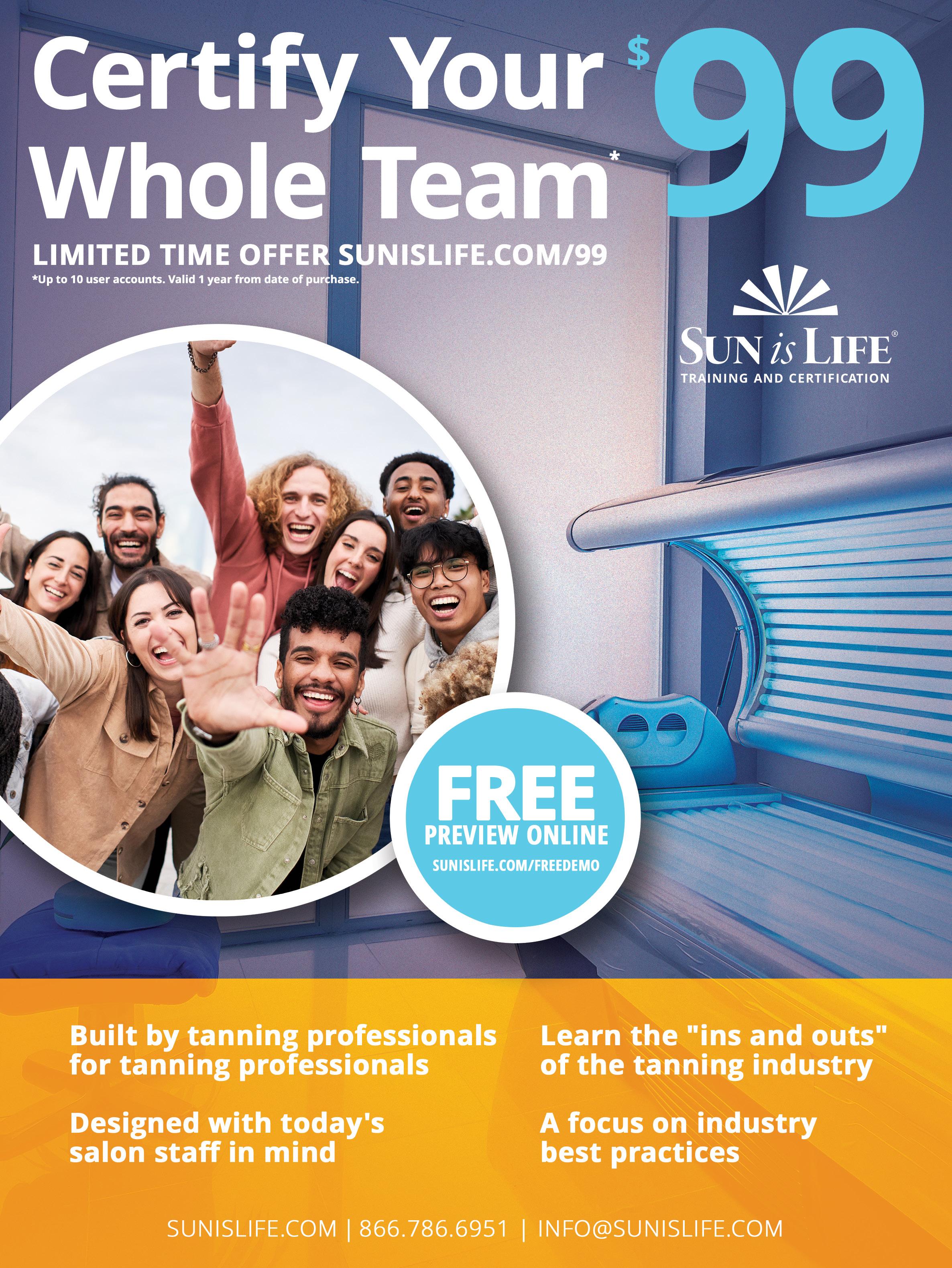
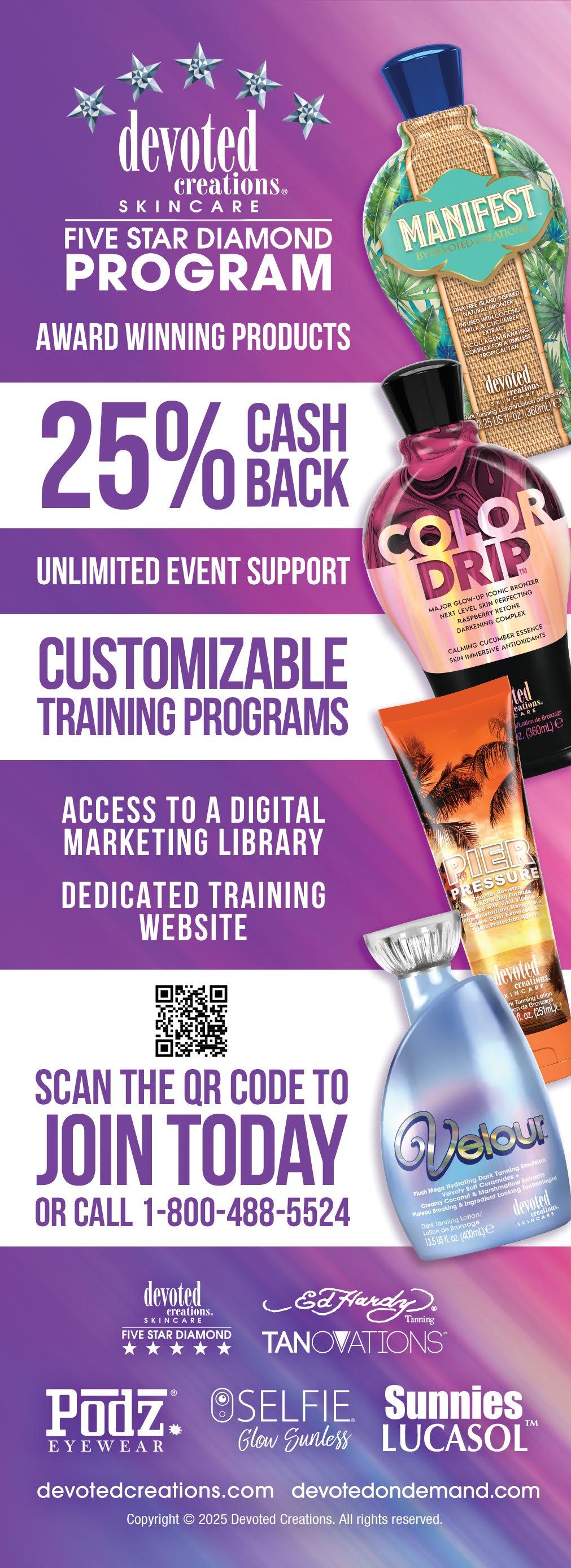
SALON MANAGER
Trendy, luxurious salon in a vibrant college town, located in beautiful Southwest Montana is seeking an outgoing, dedicated, self-directed individual with a passion for the tanning & wellness industry. This position requires a commitment to professionalism & excellent customer service, an enthusiasm for working with different types of people, and an appreciation for the community and its healthy outdoor lifestyle.
Salary: $72K + per/yr DOE plus benefits. For info email: montanatravler@gmail.com



